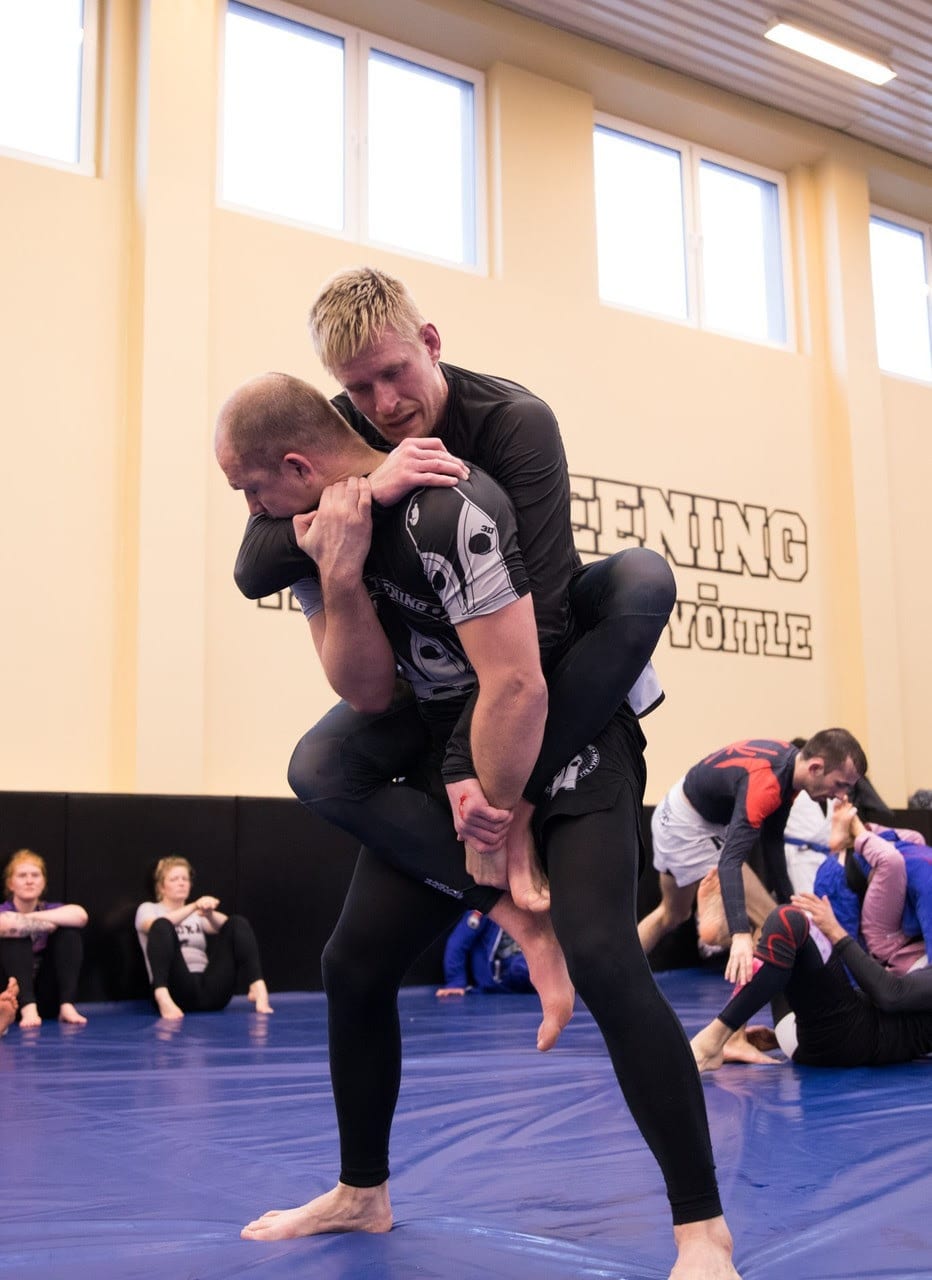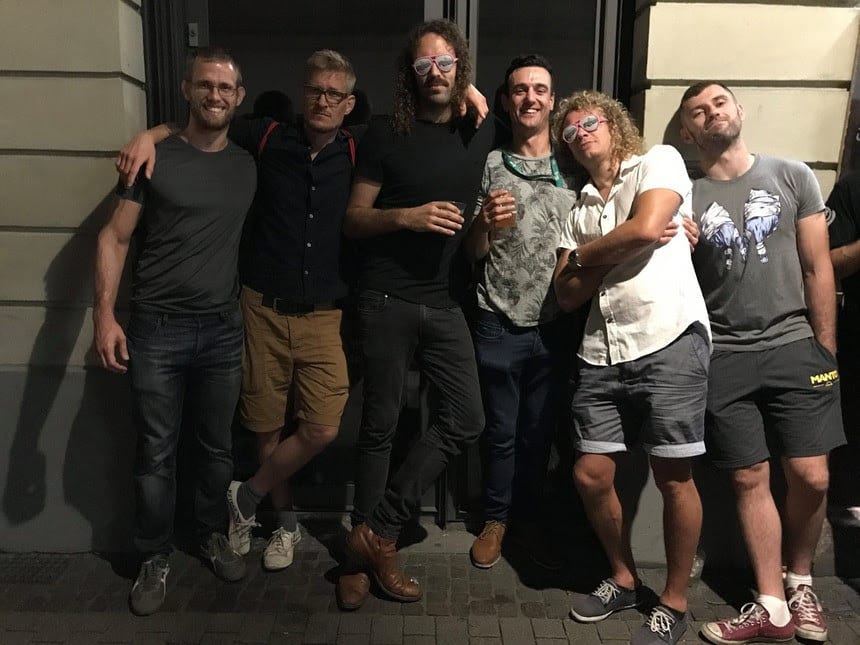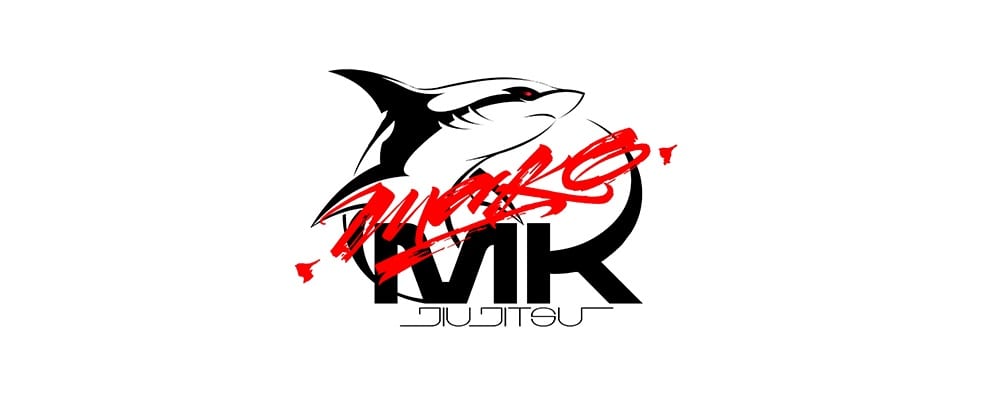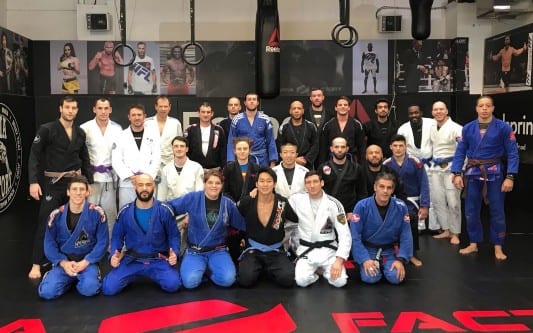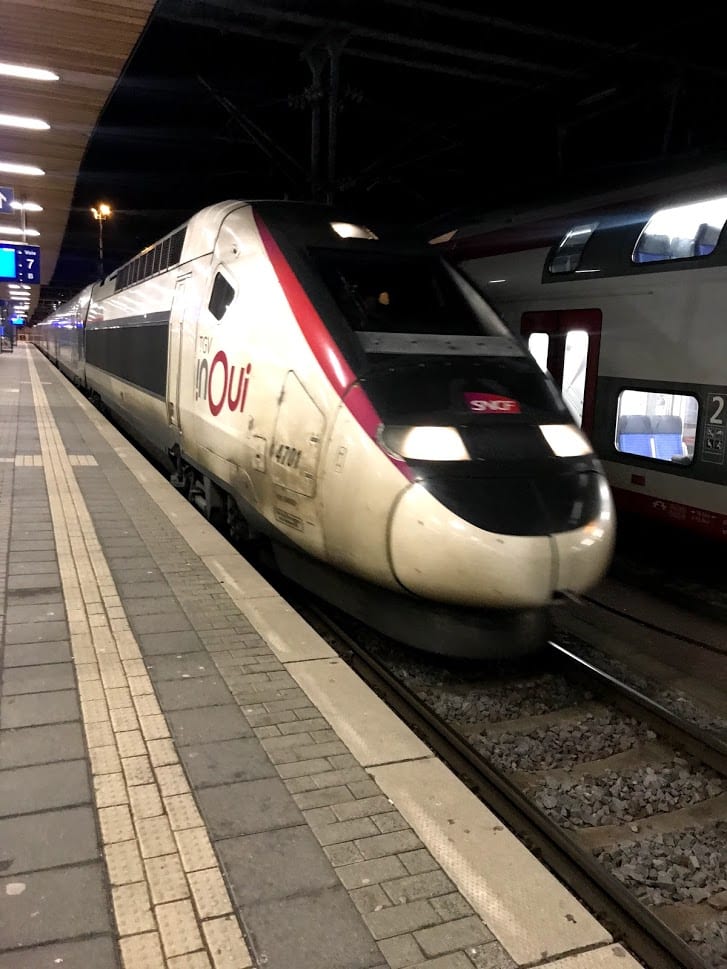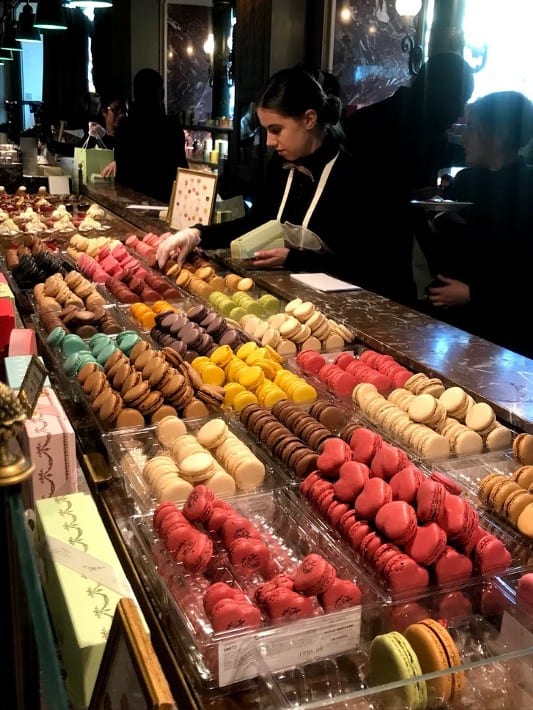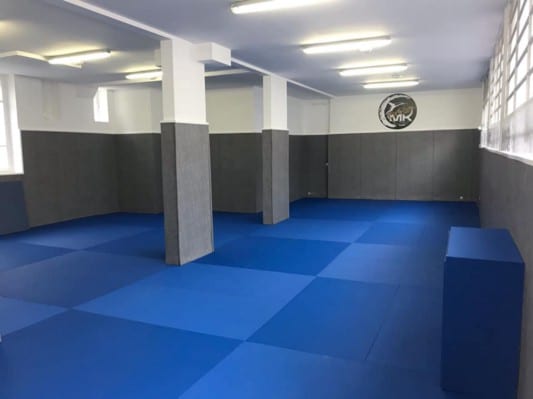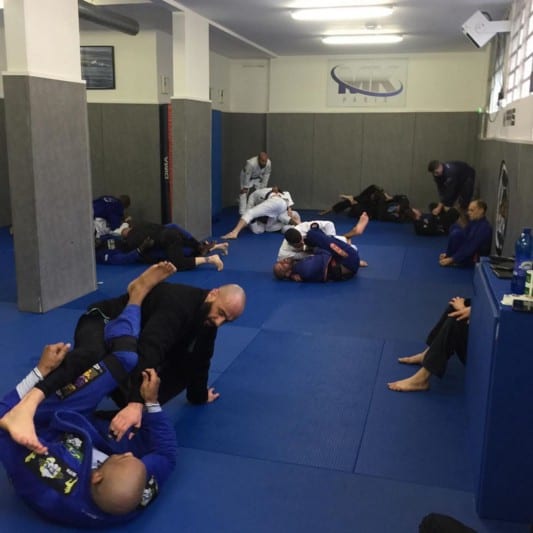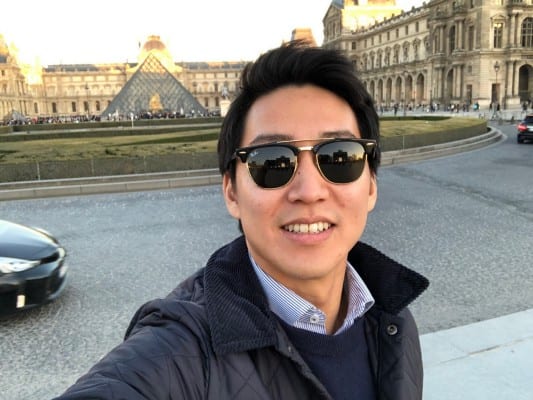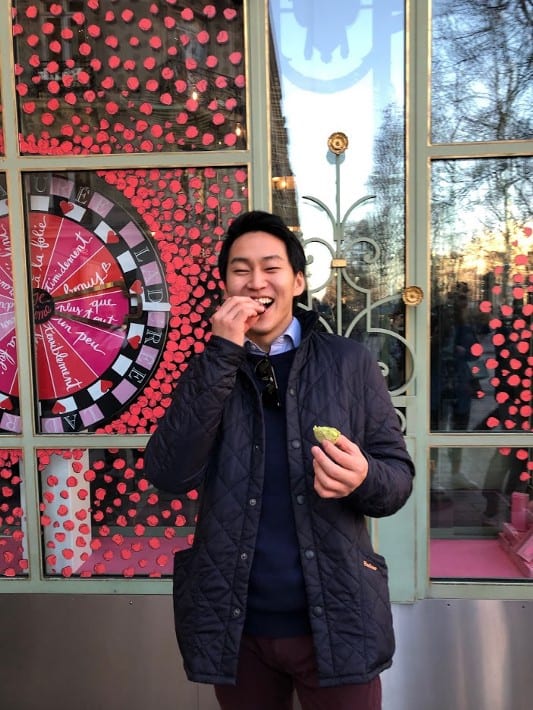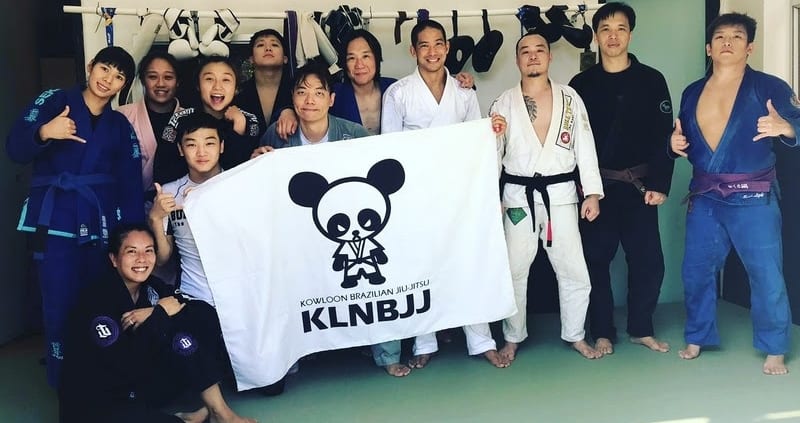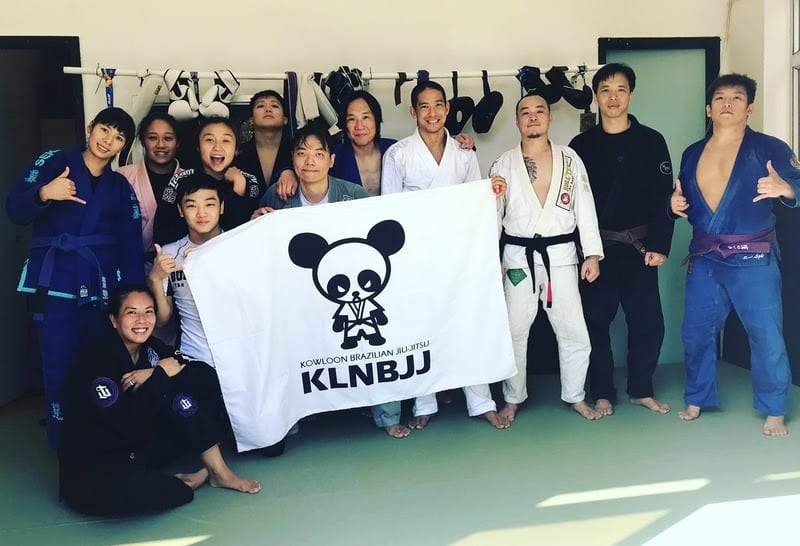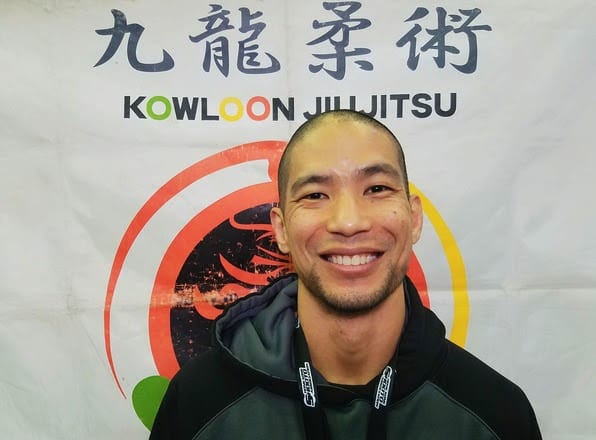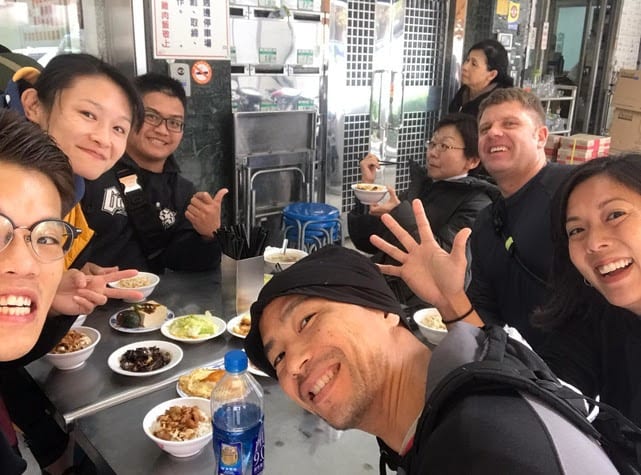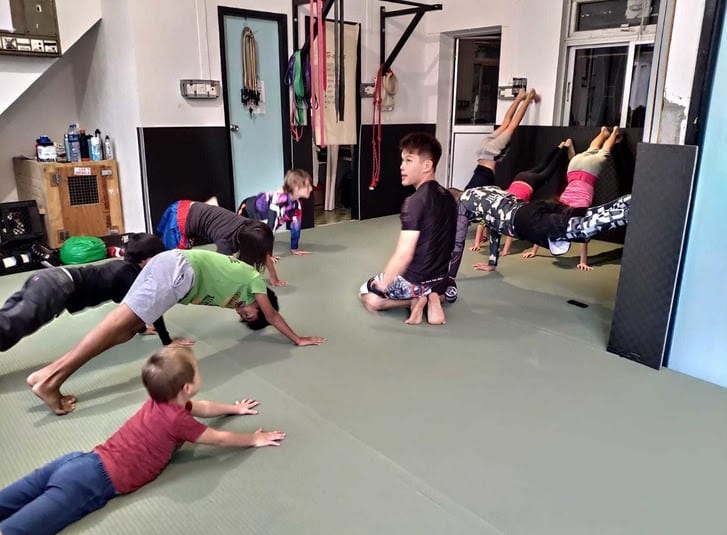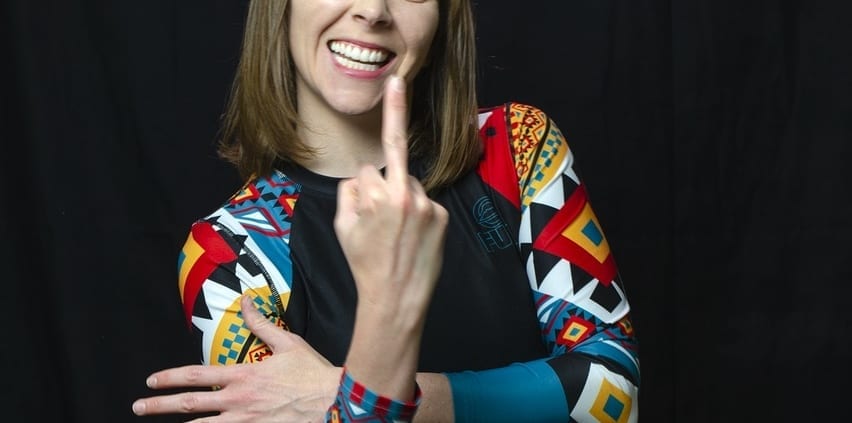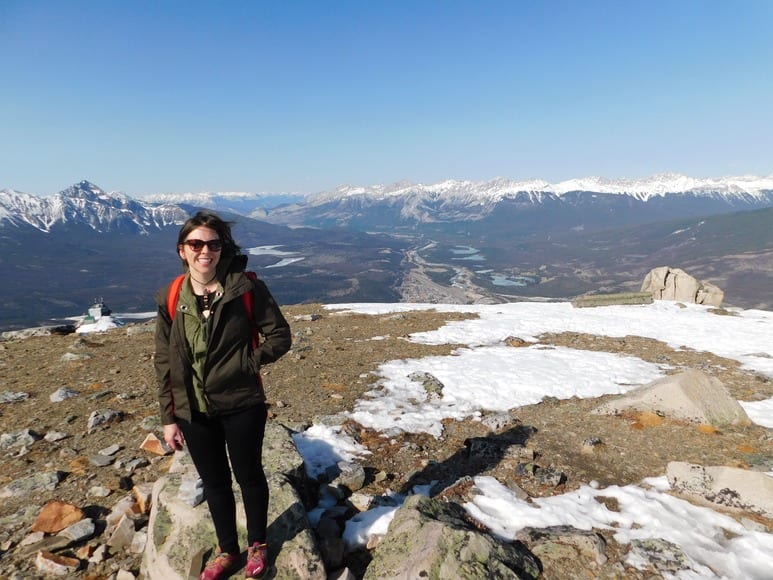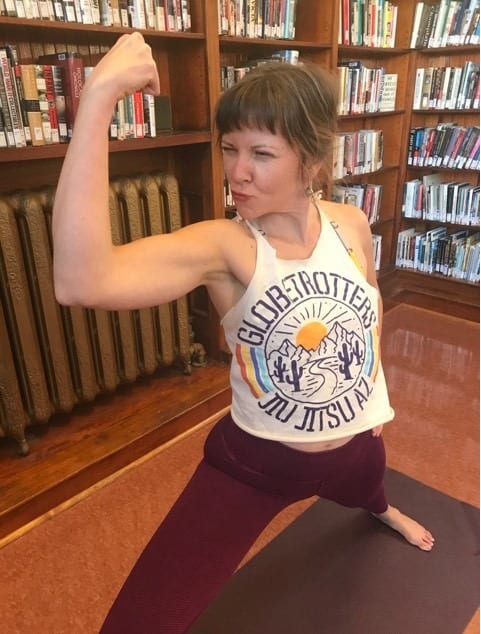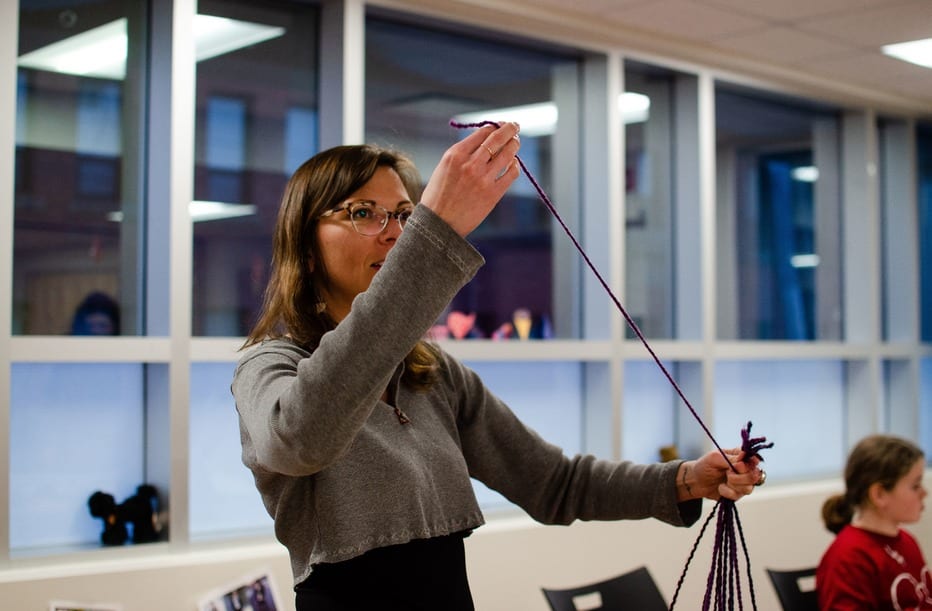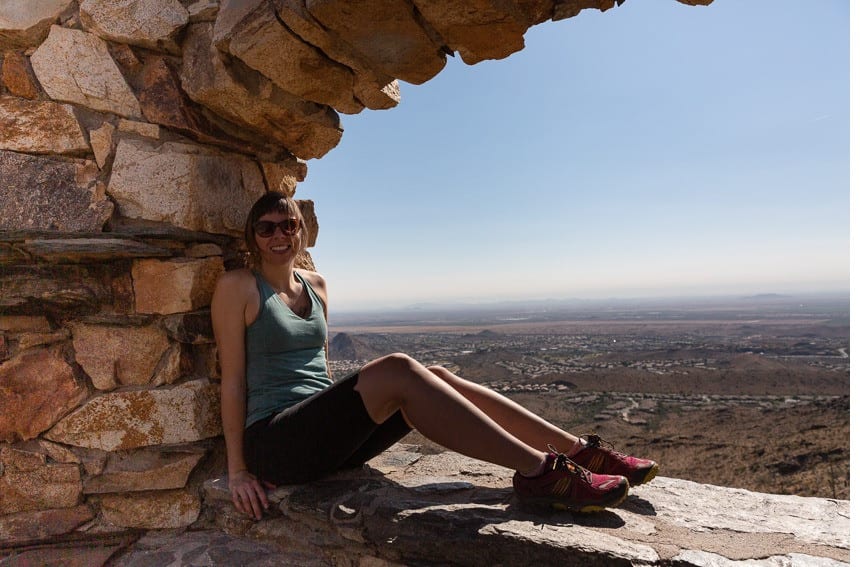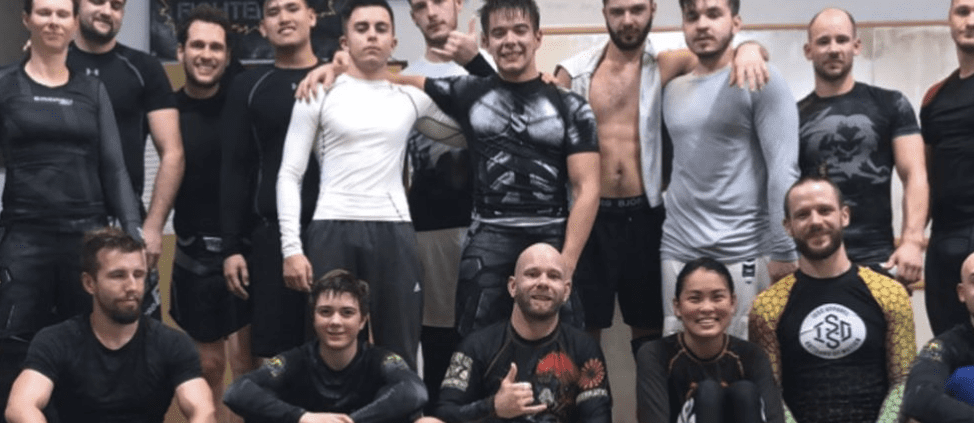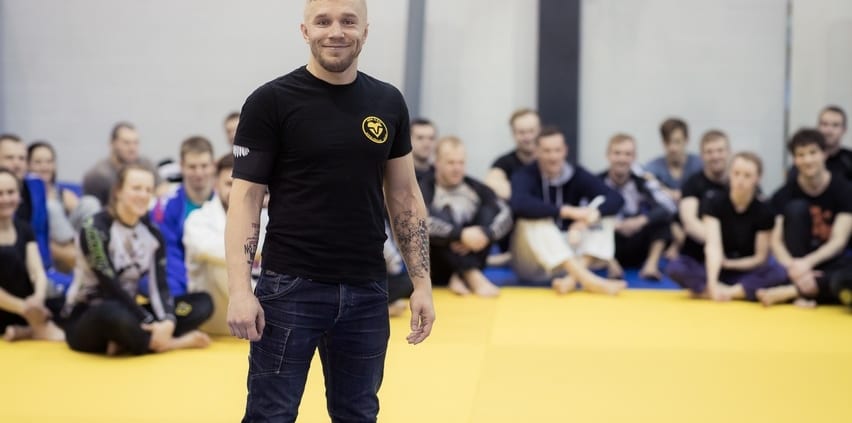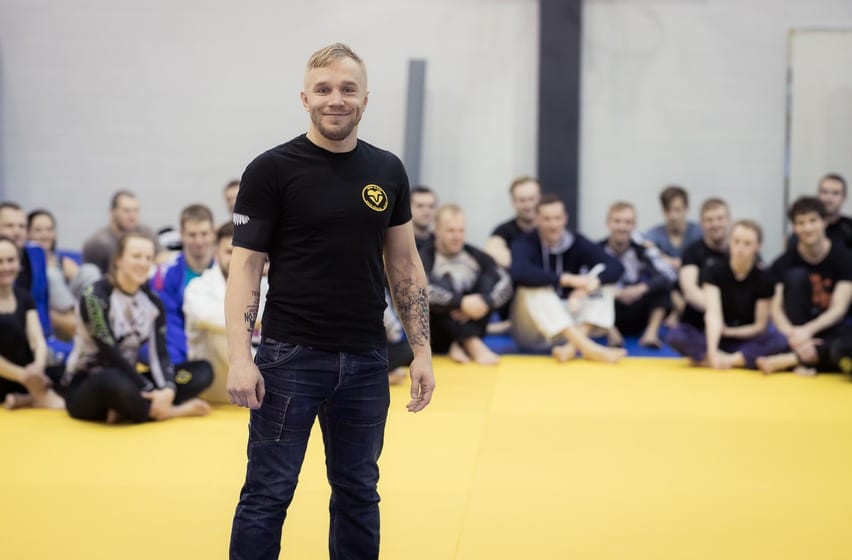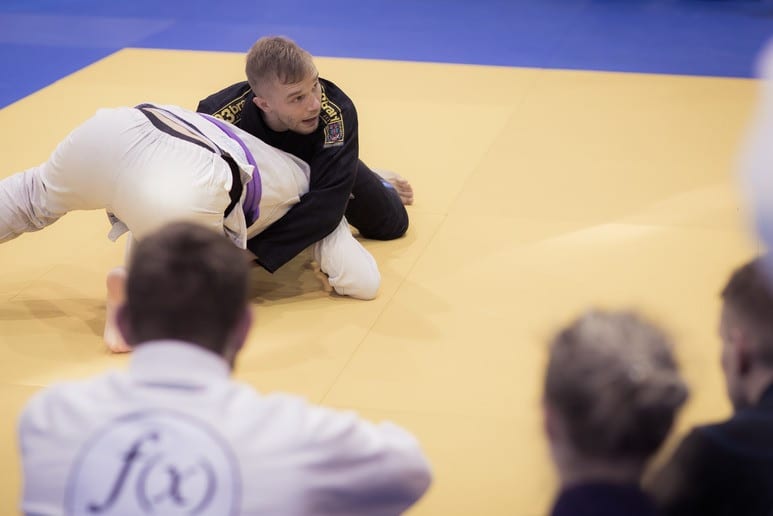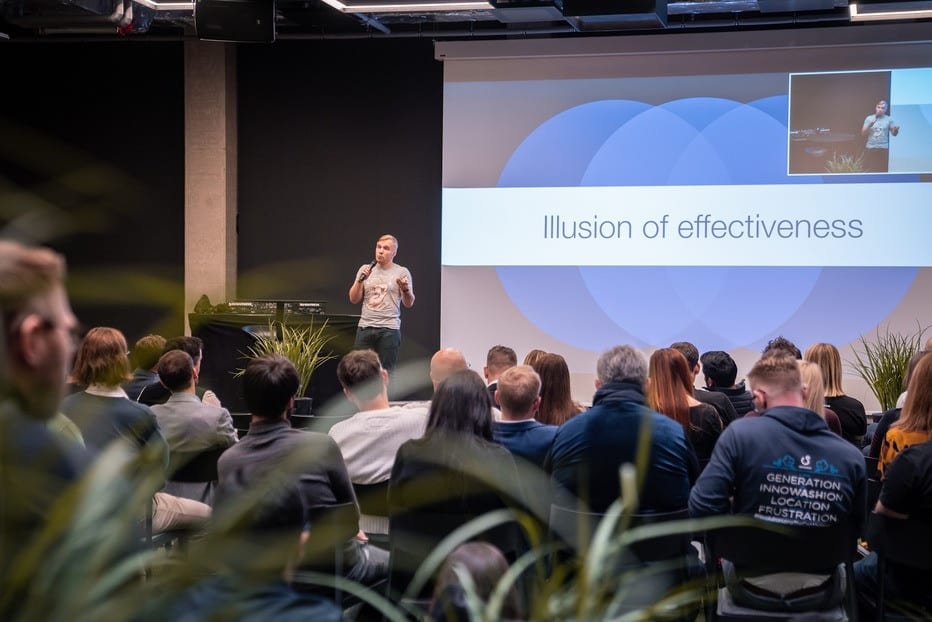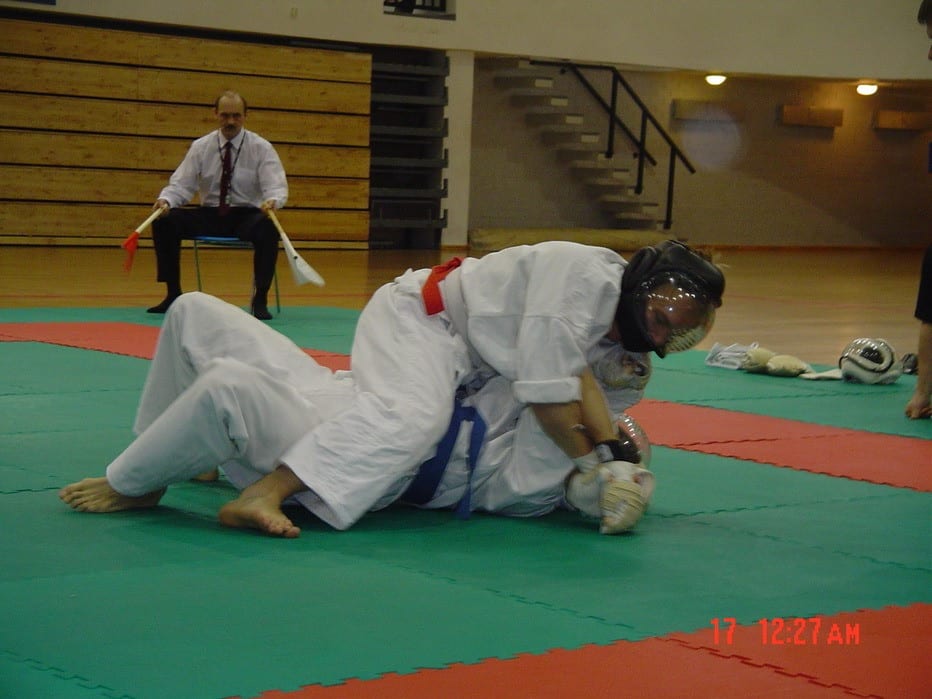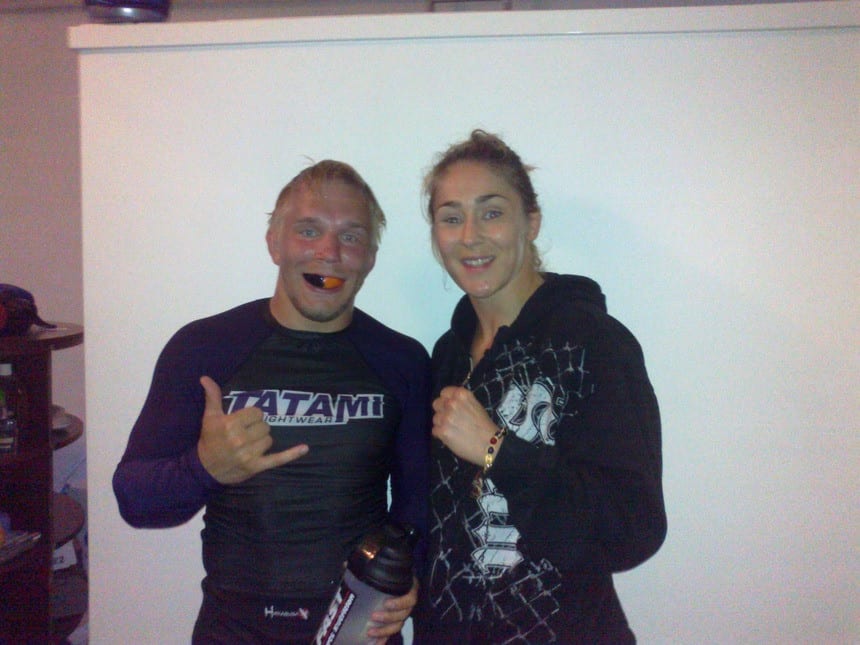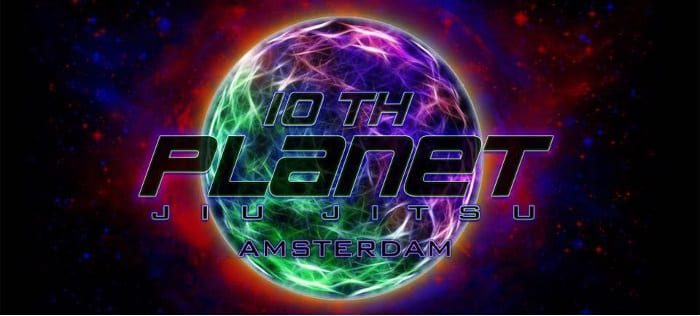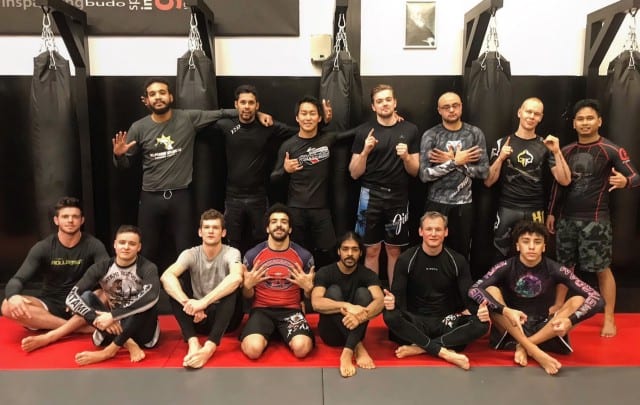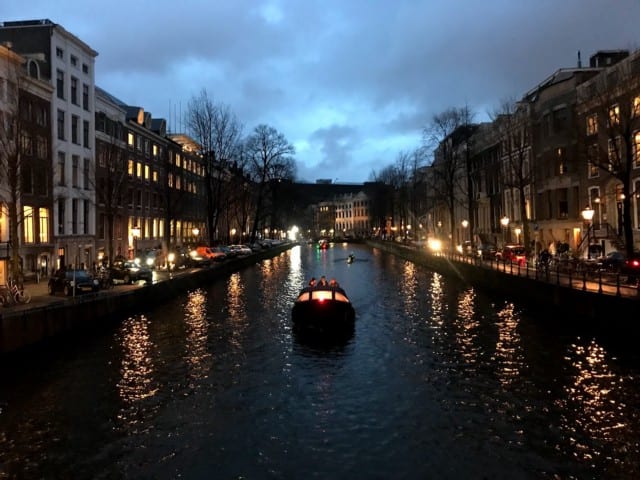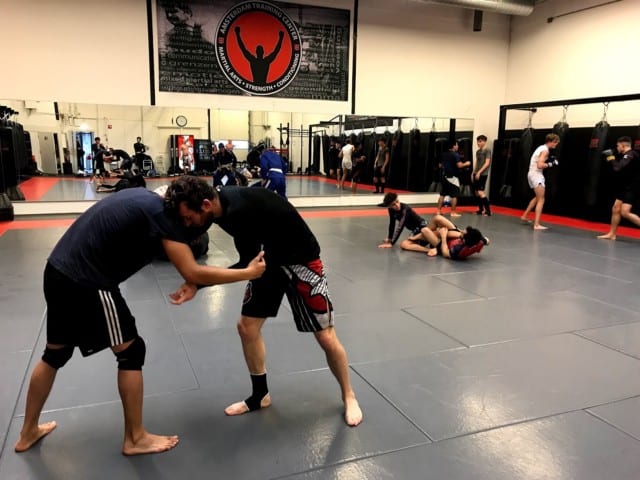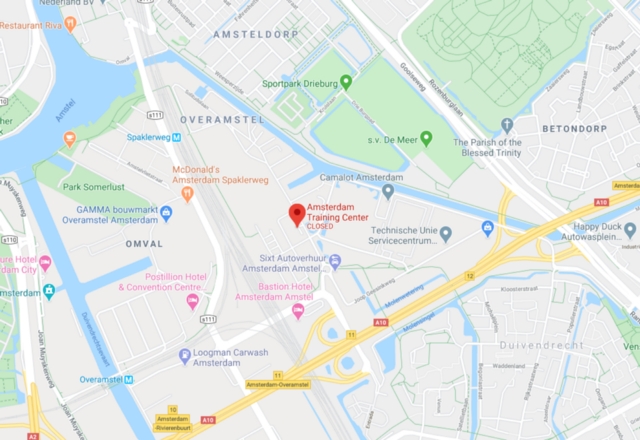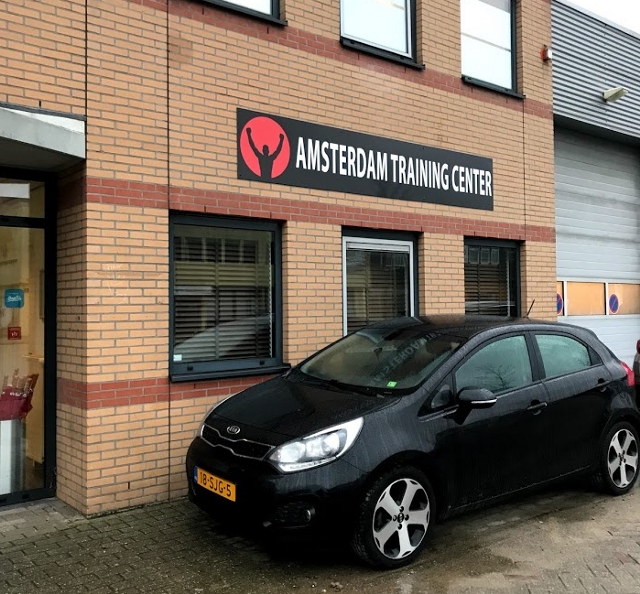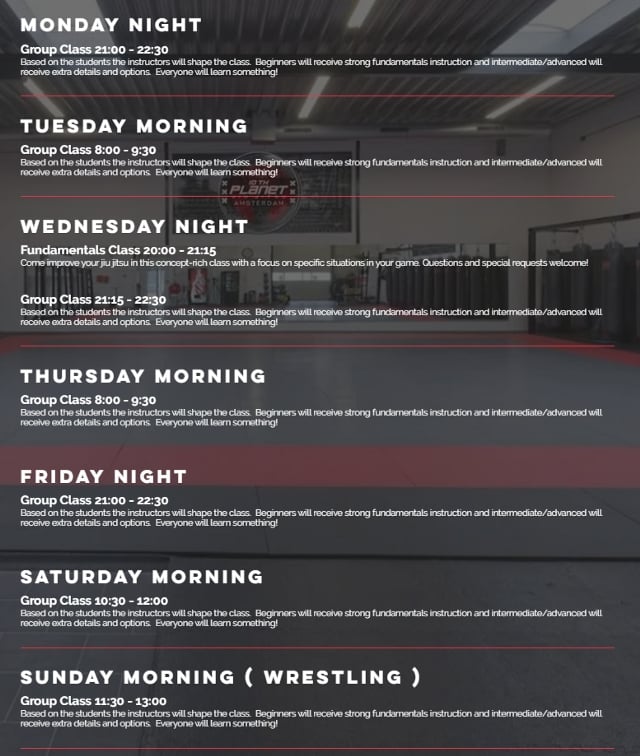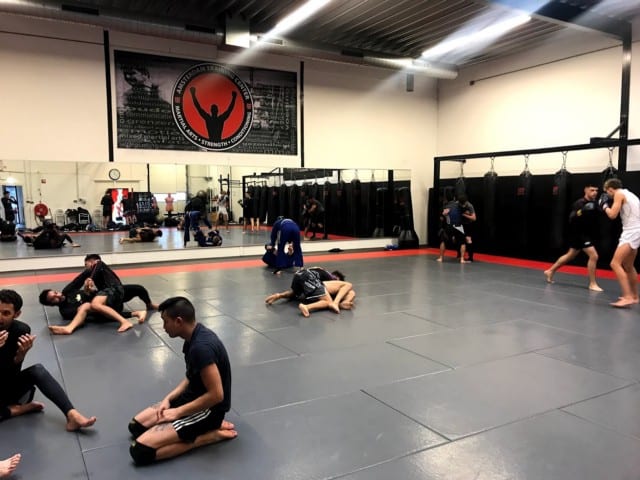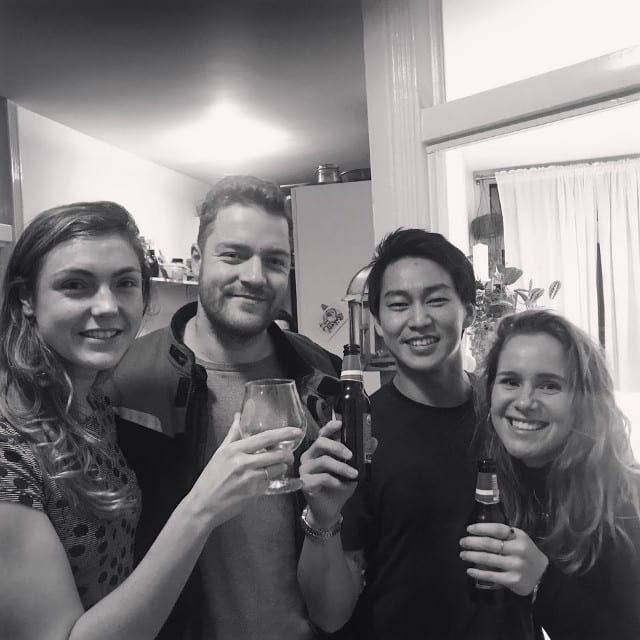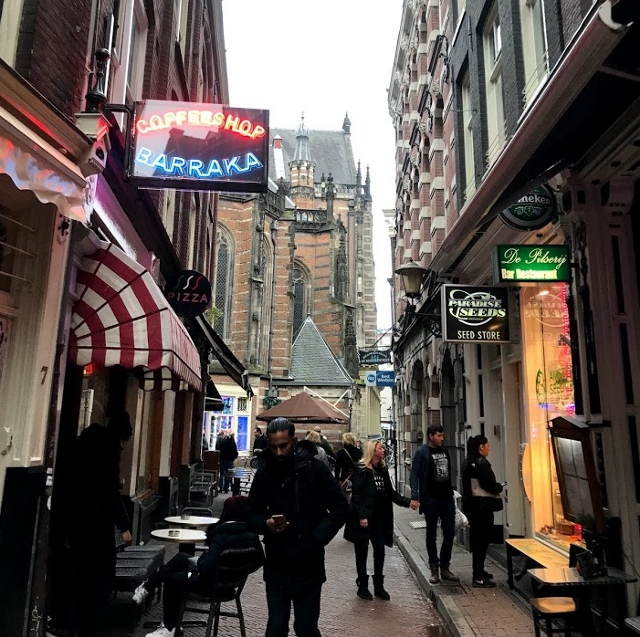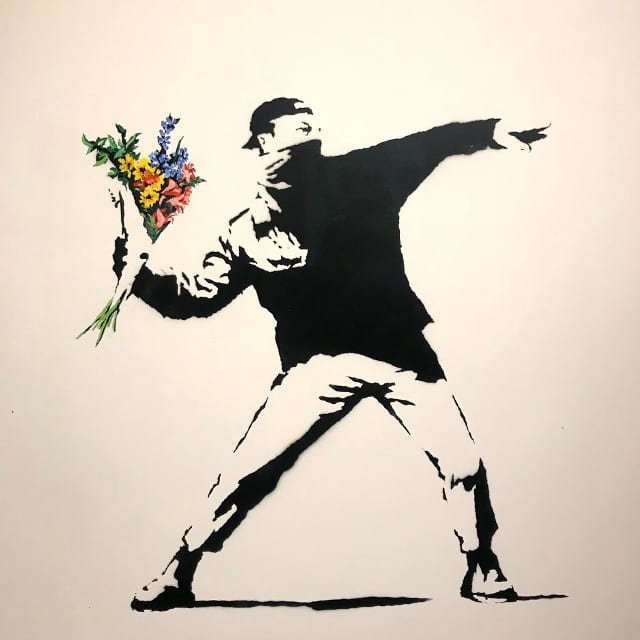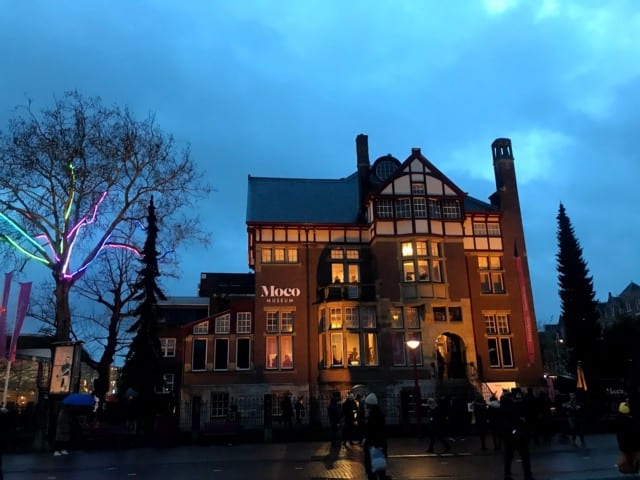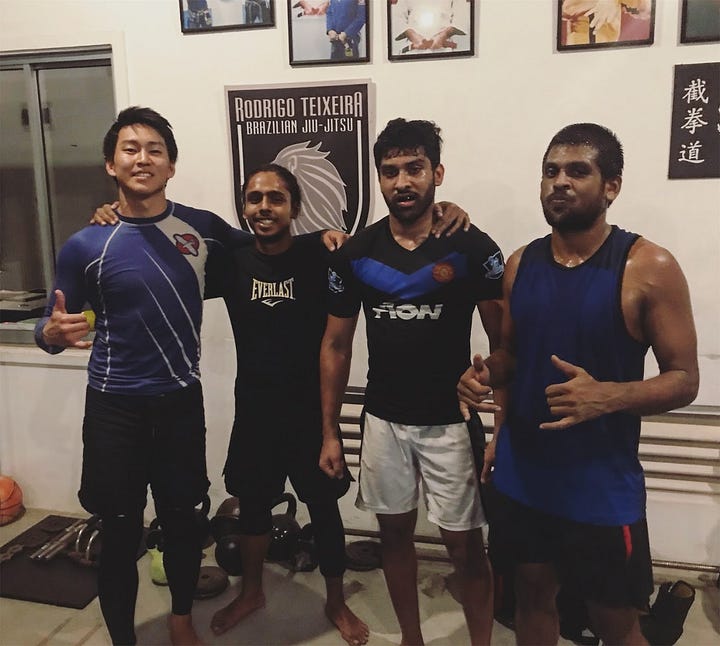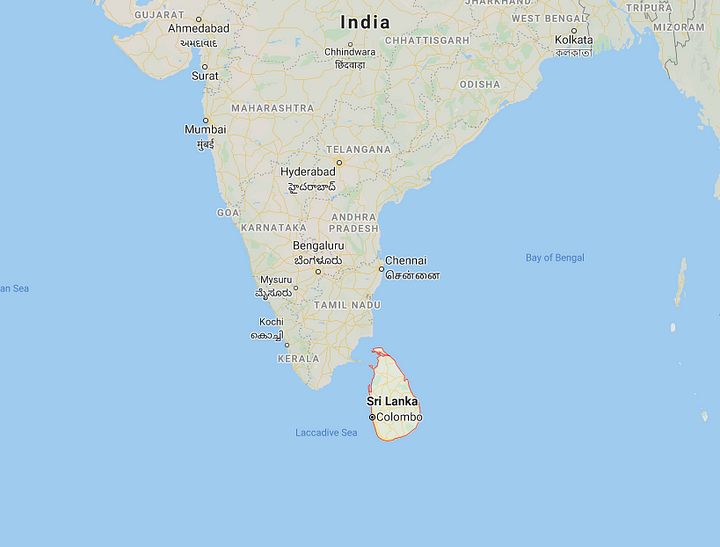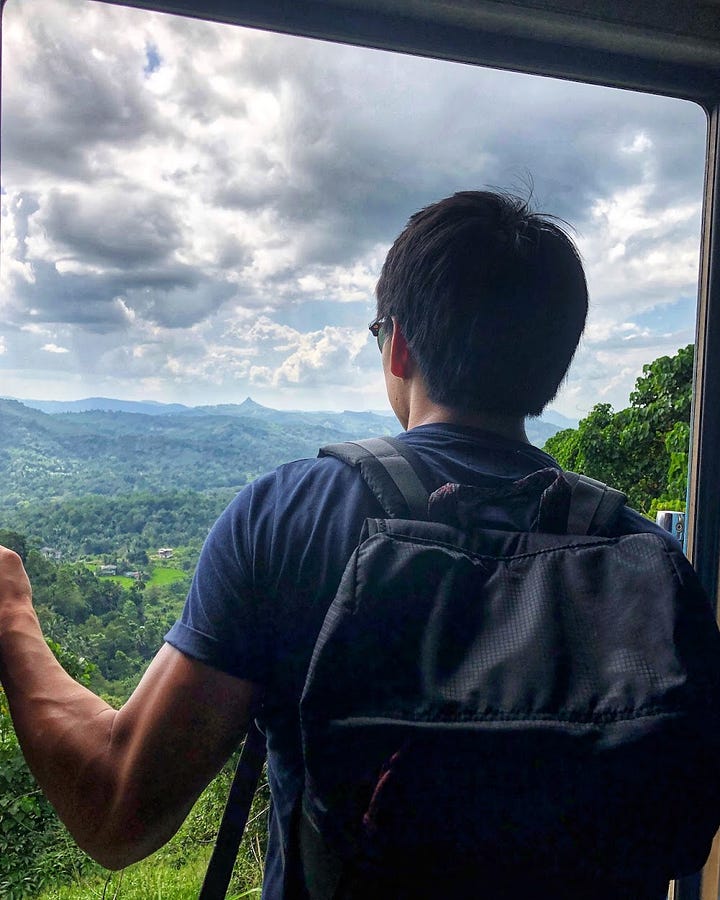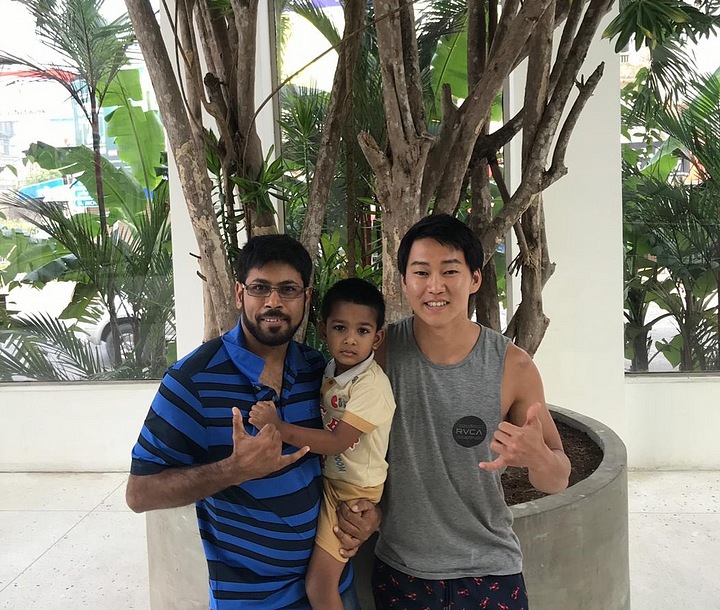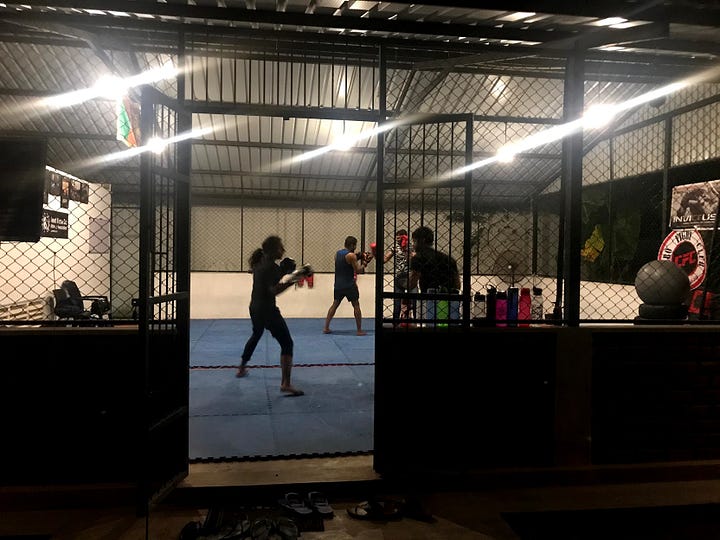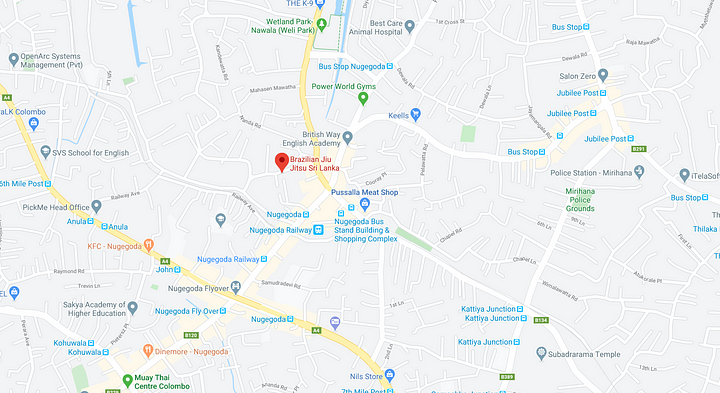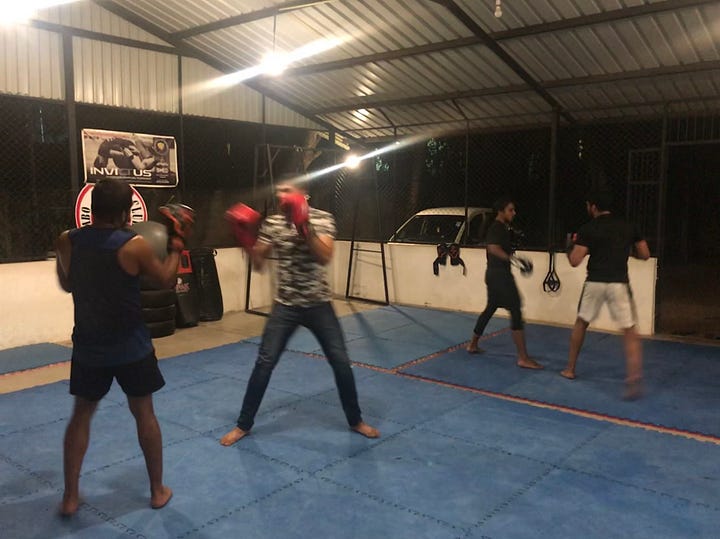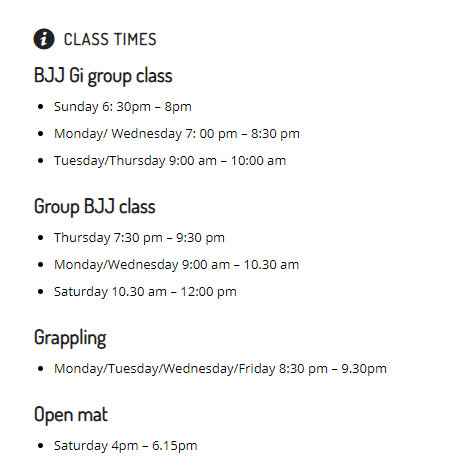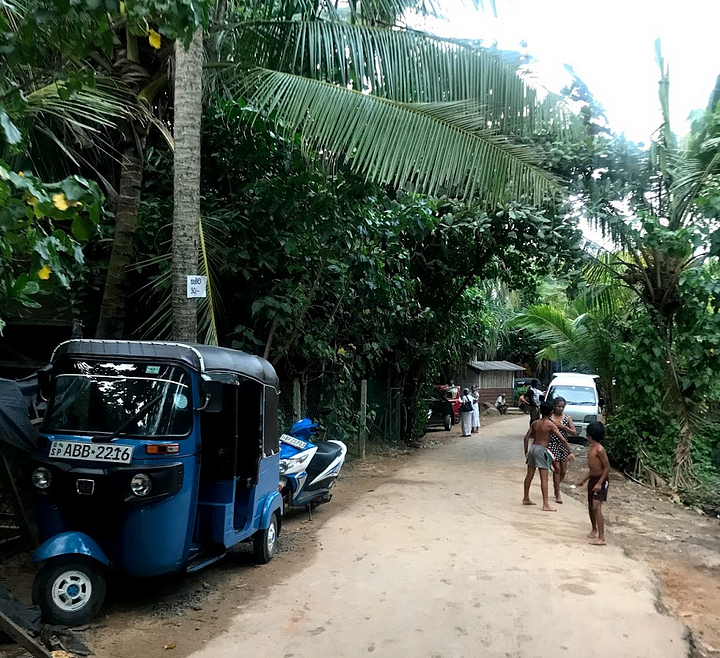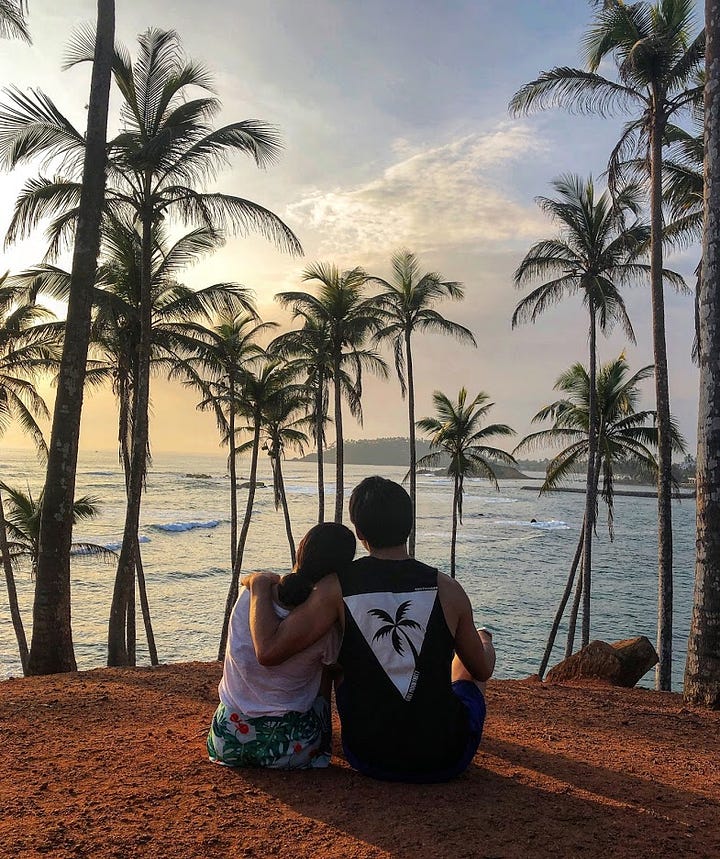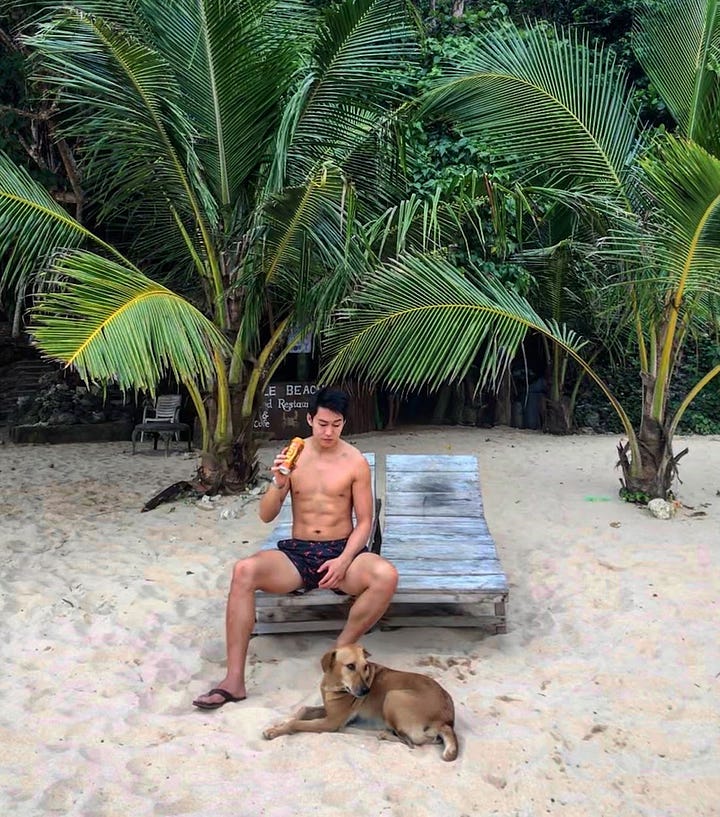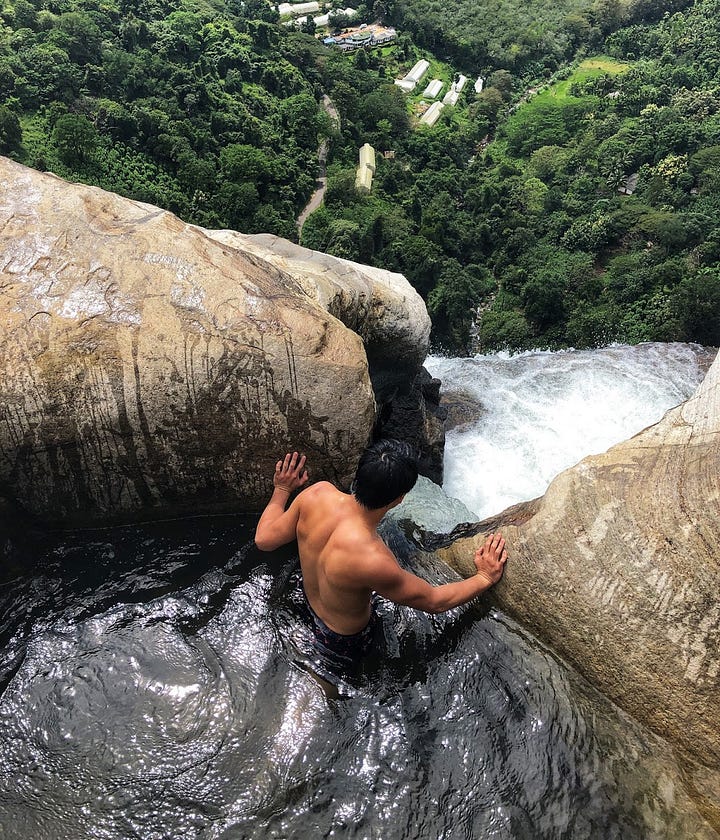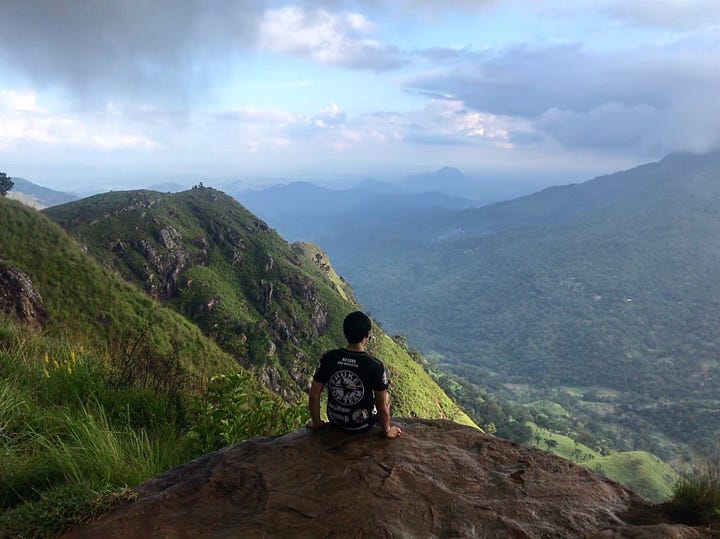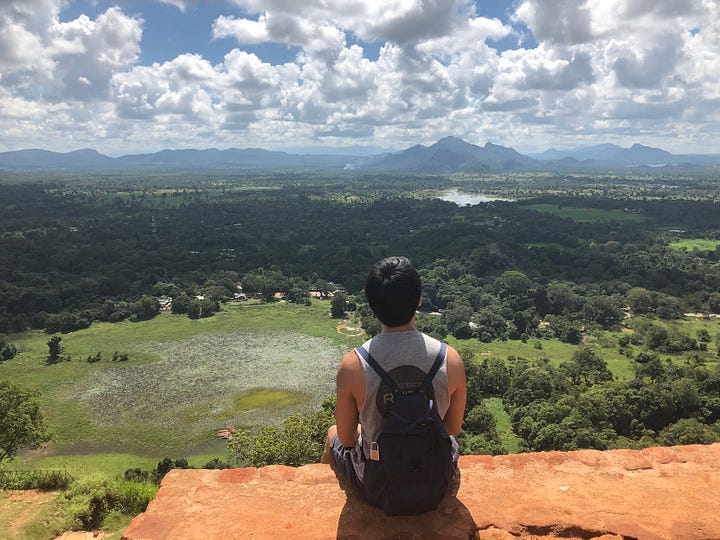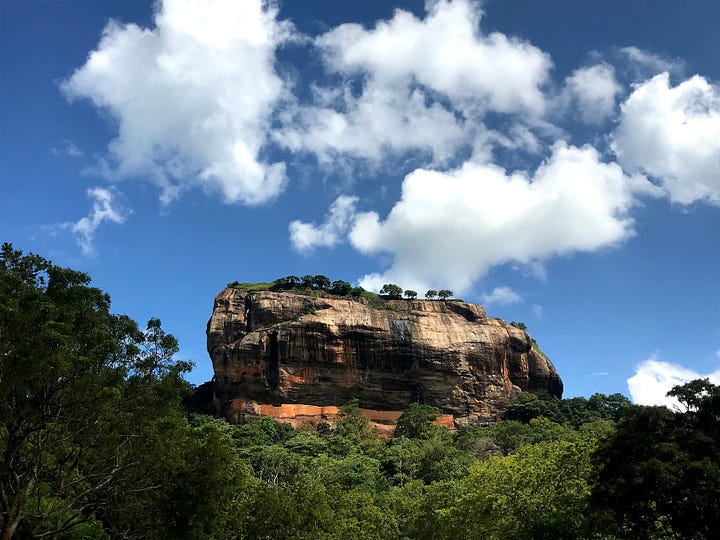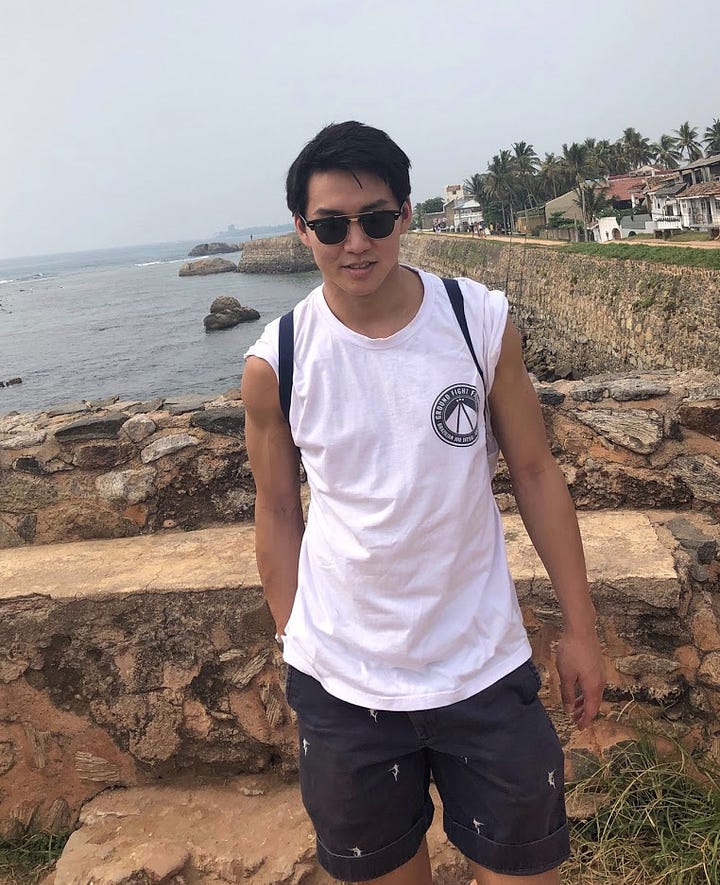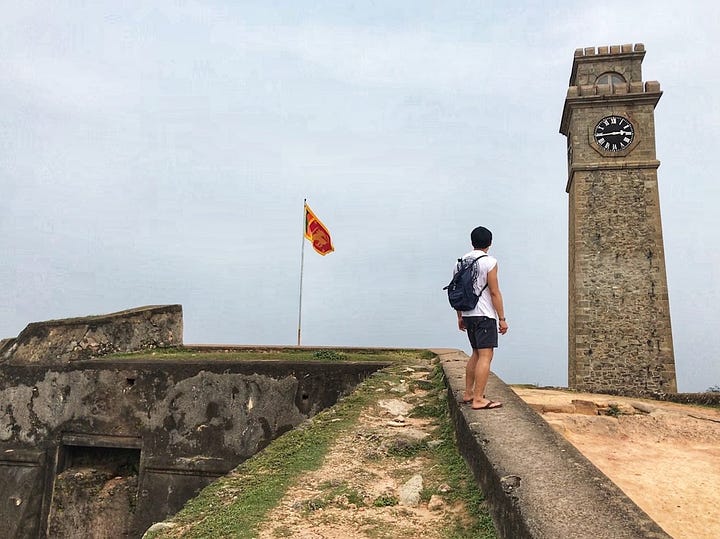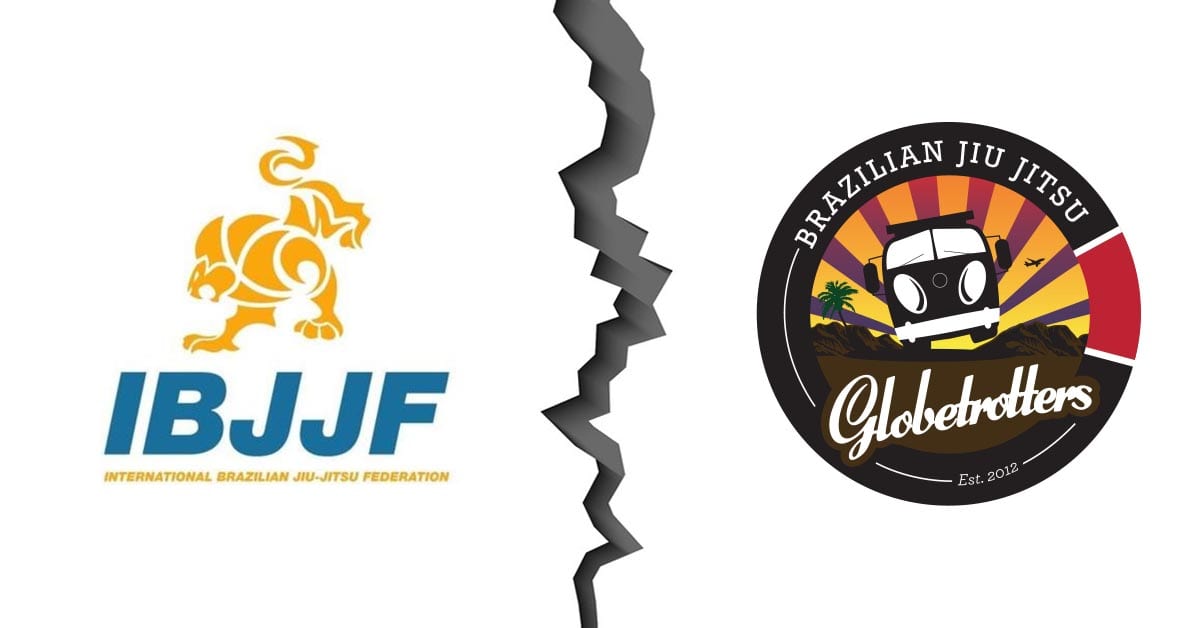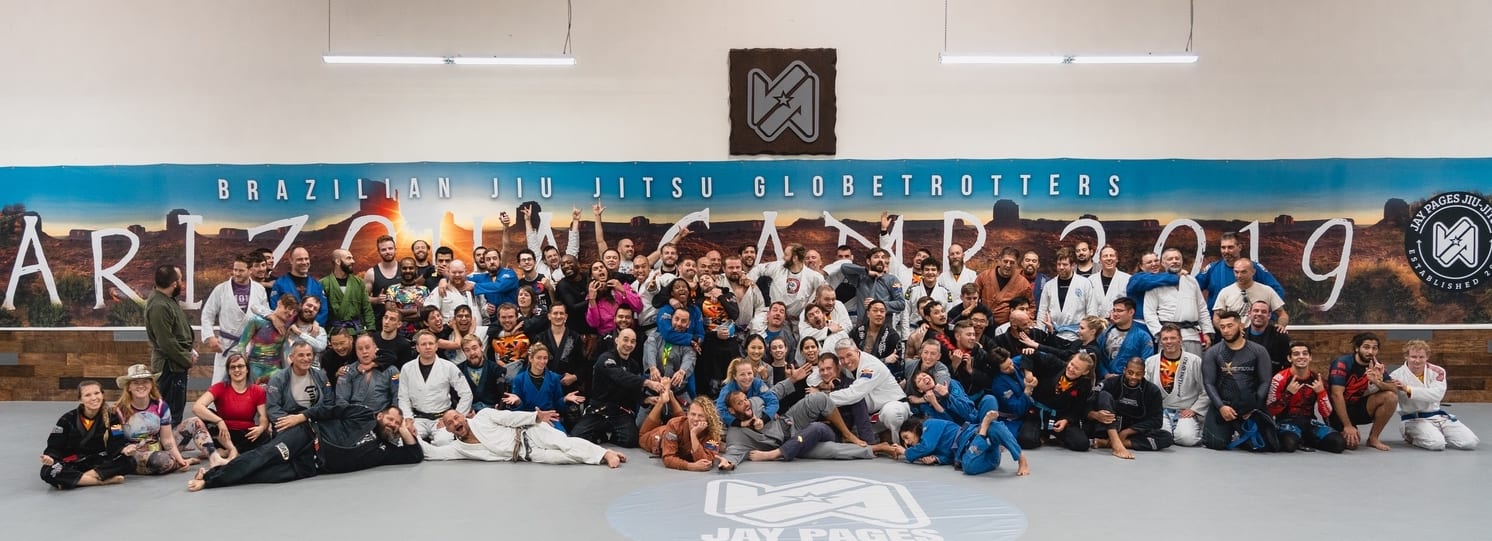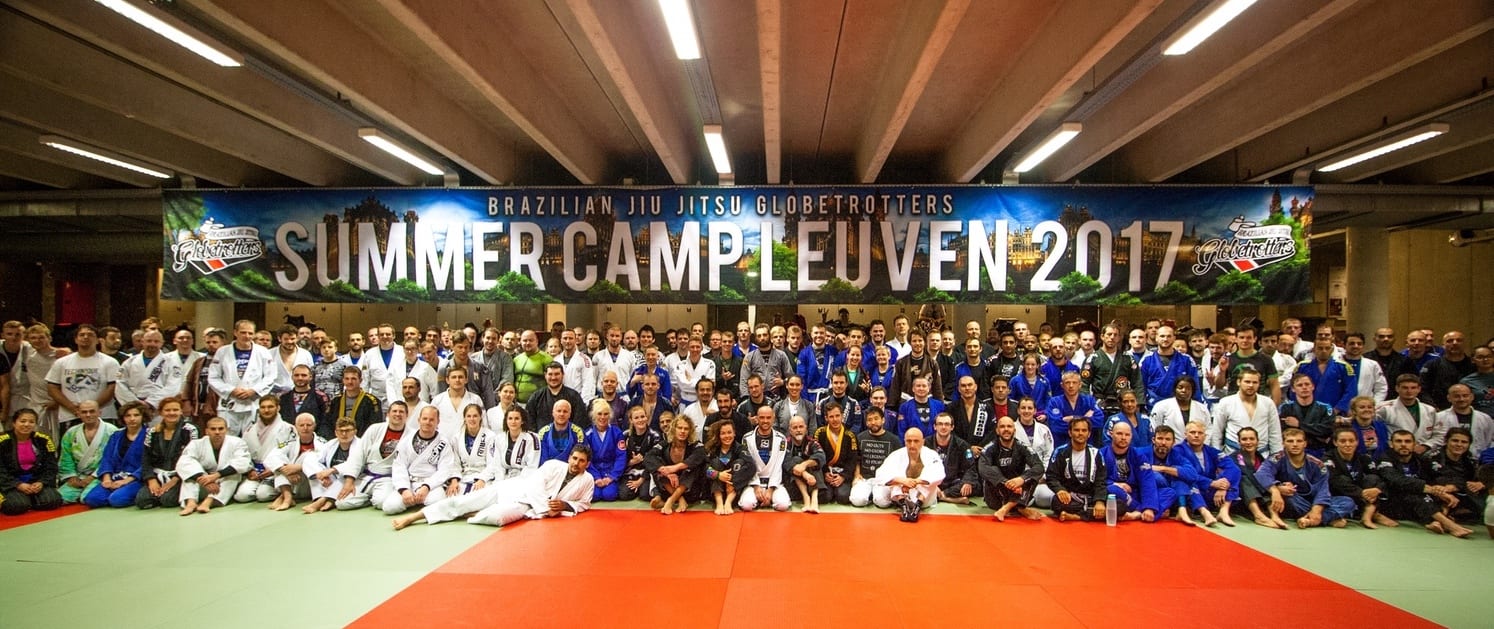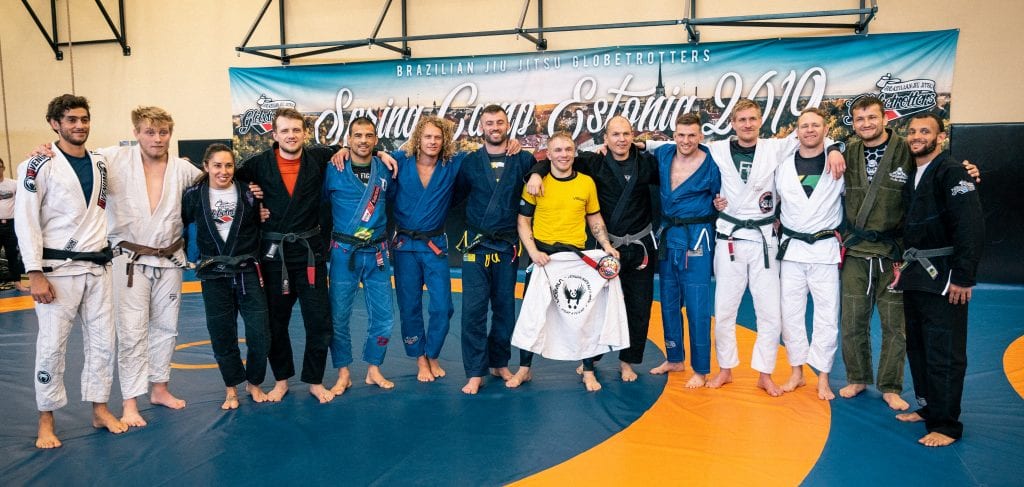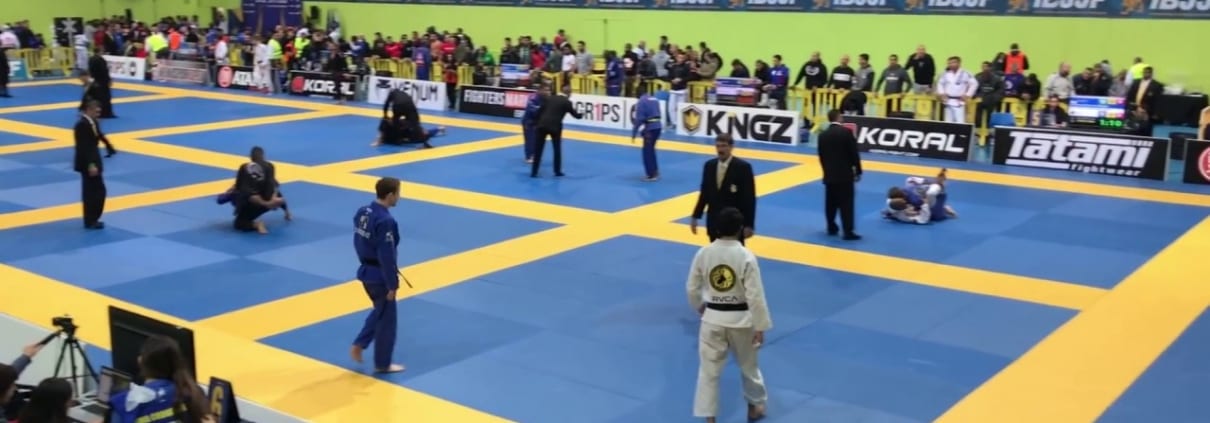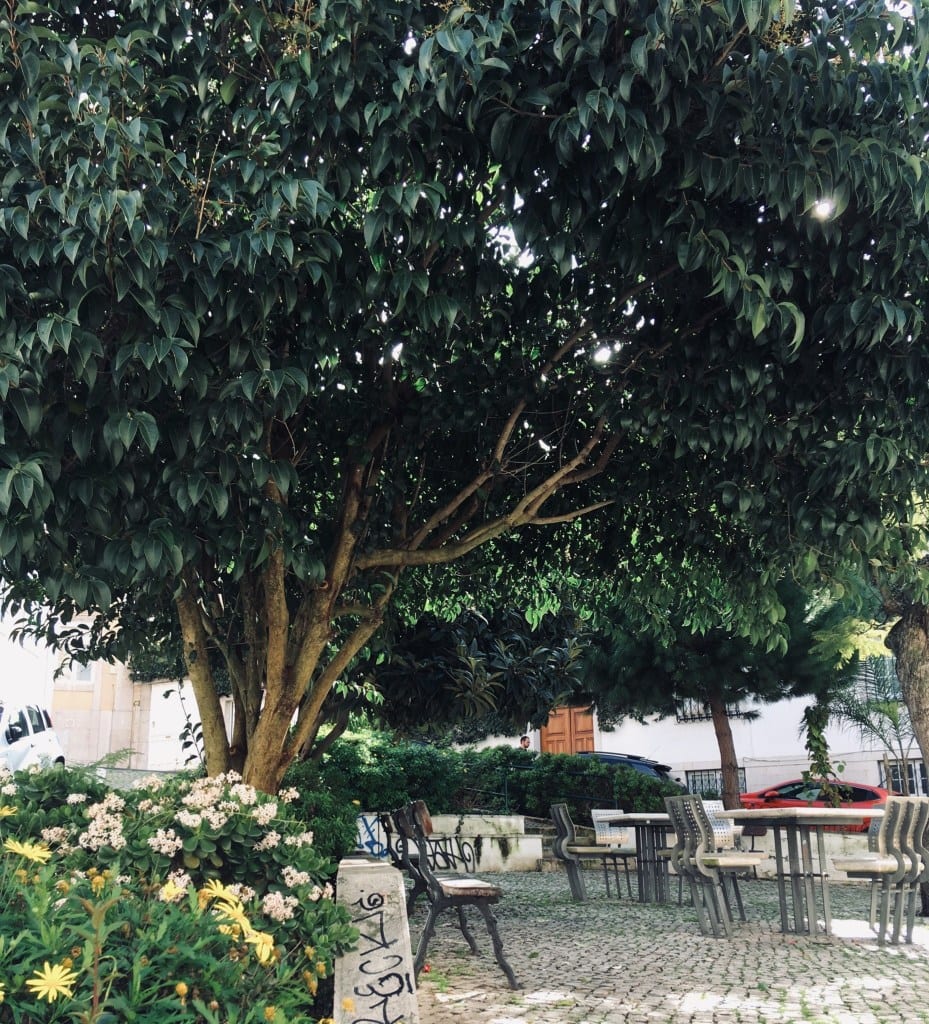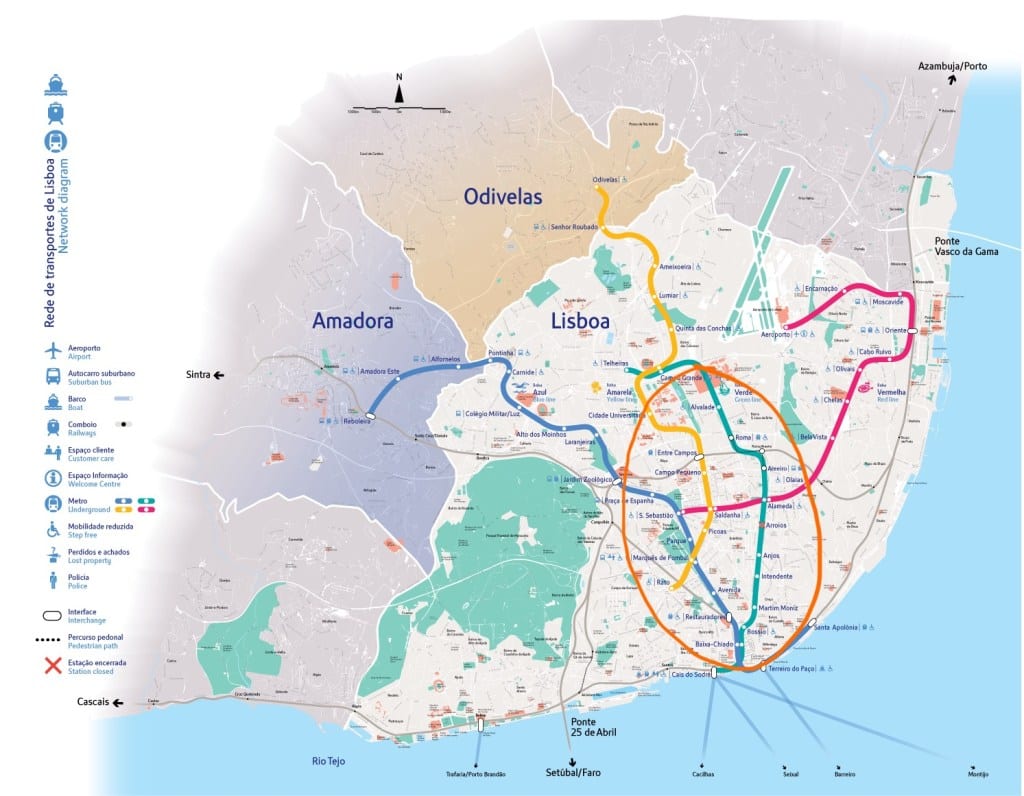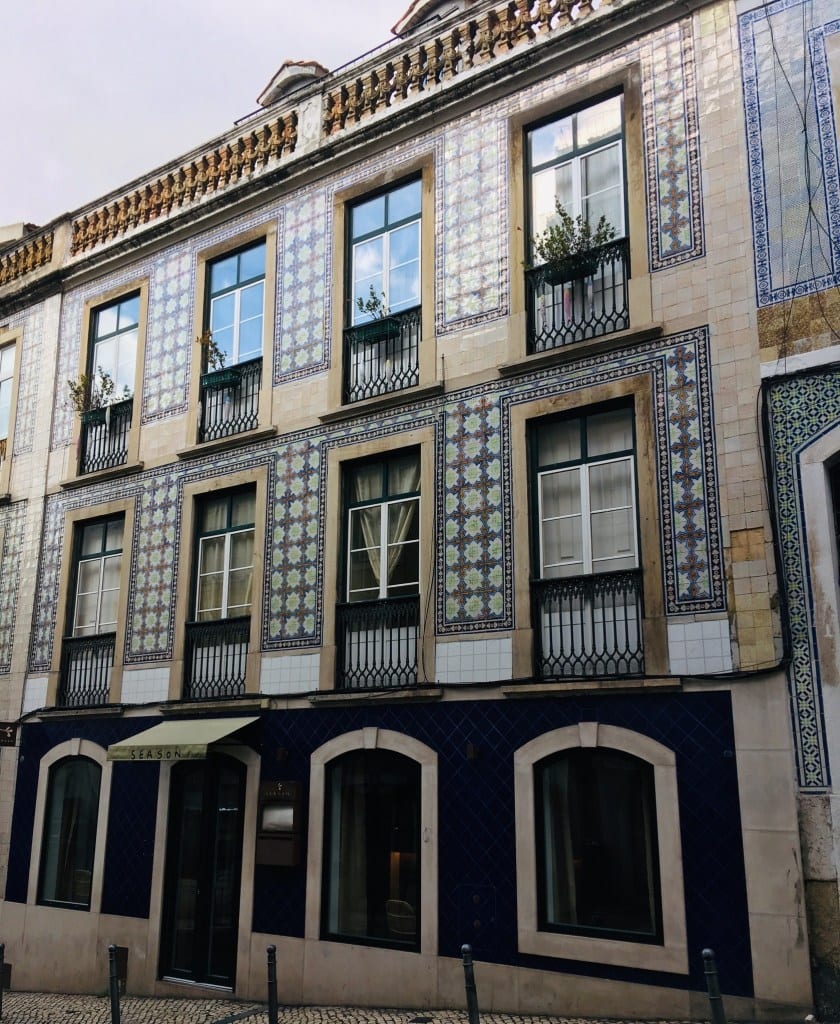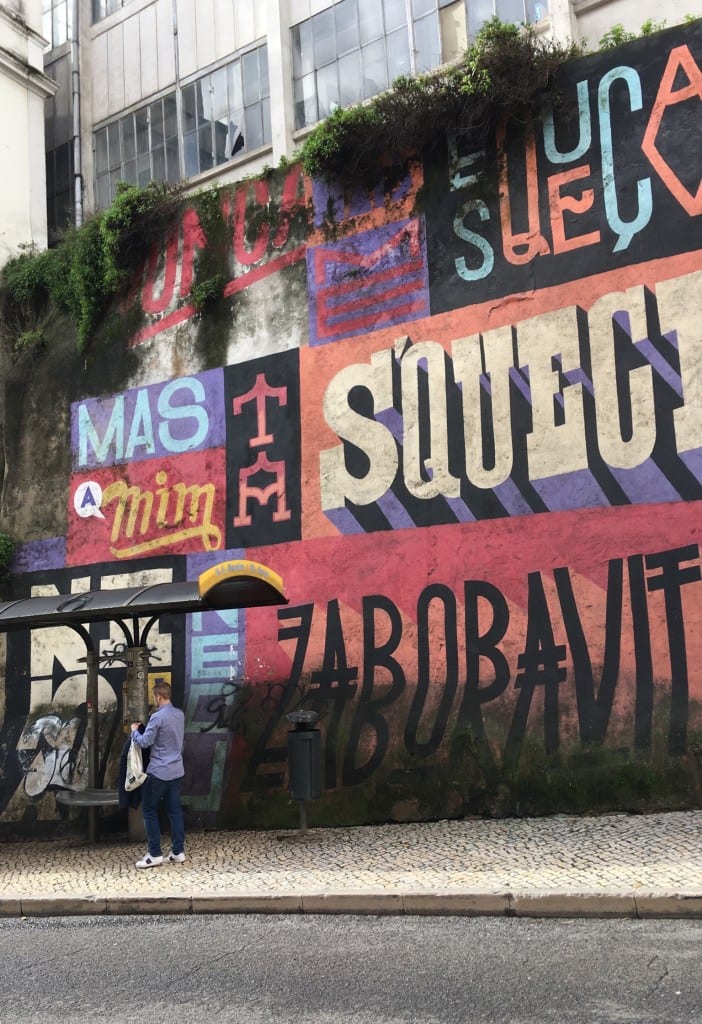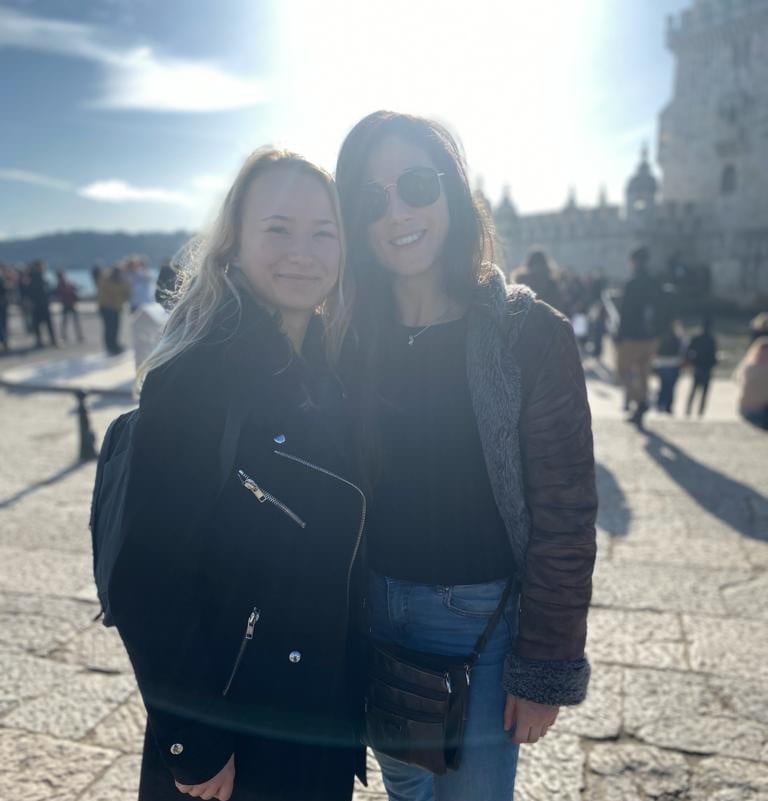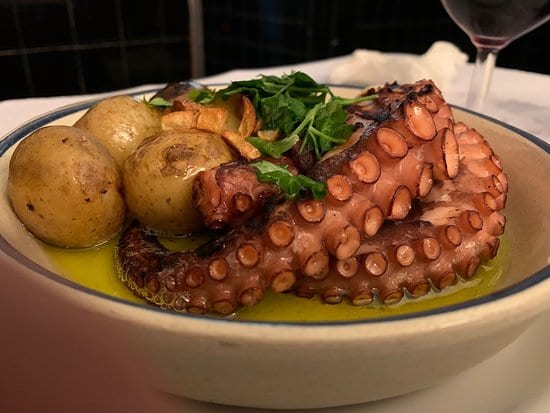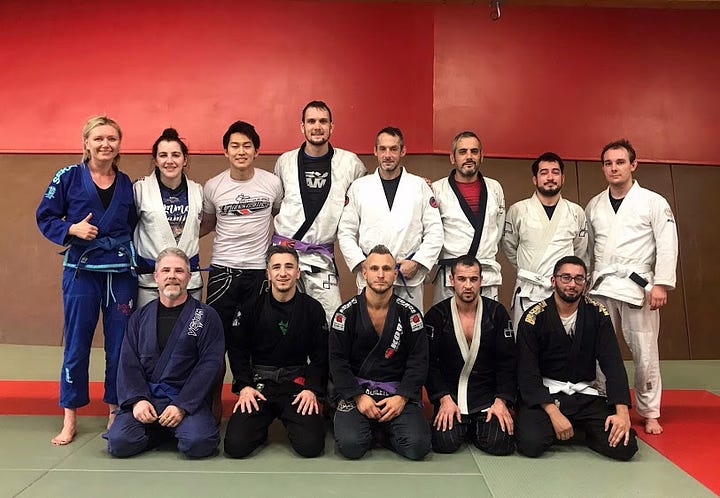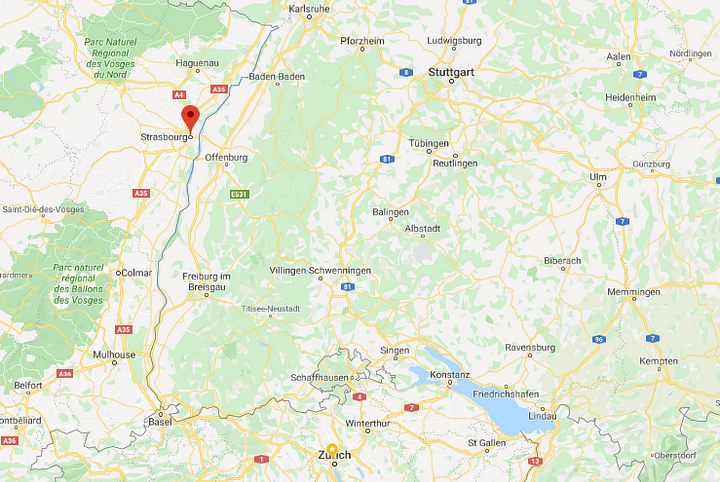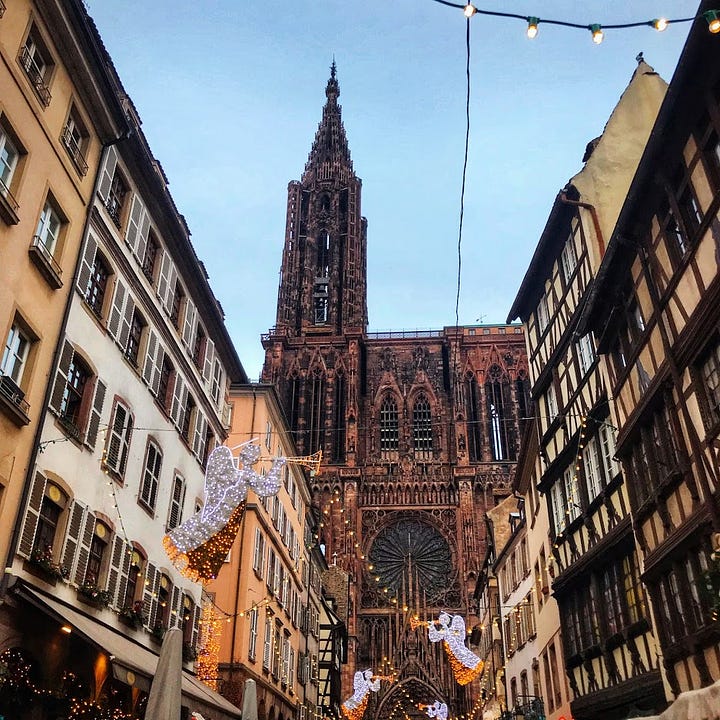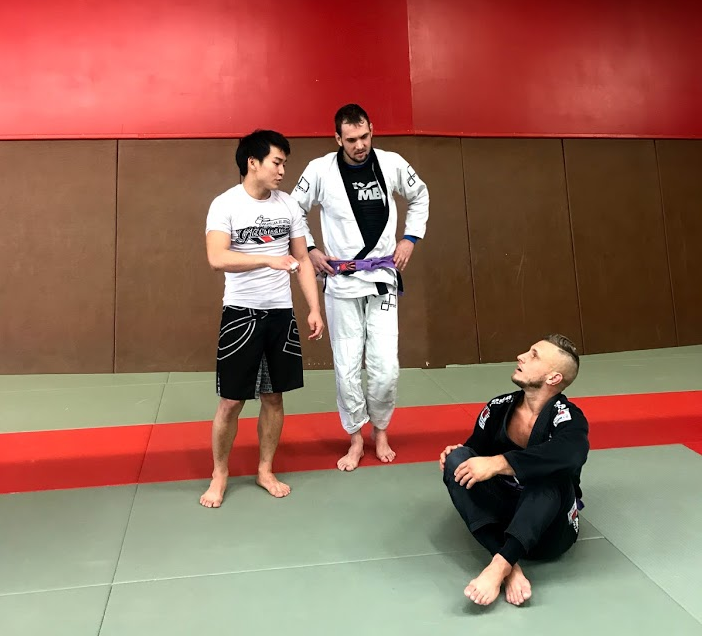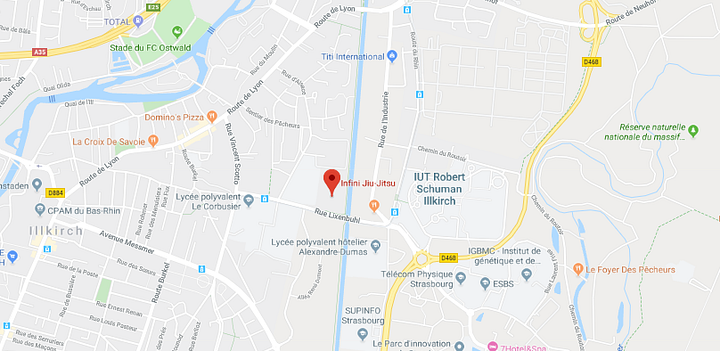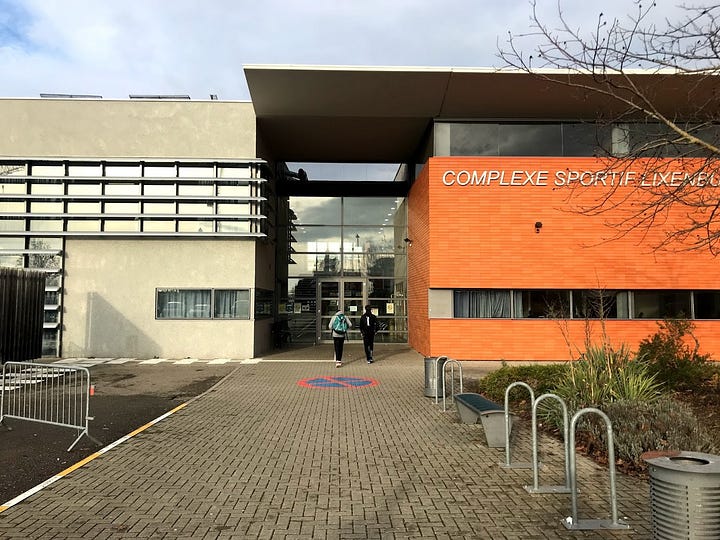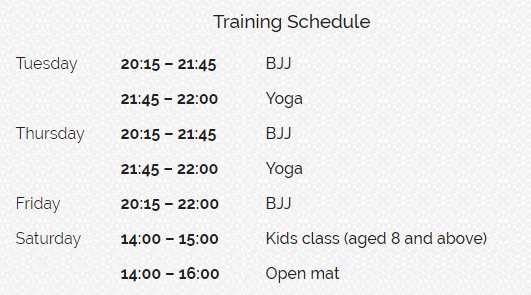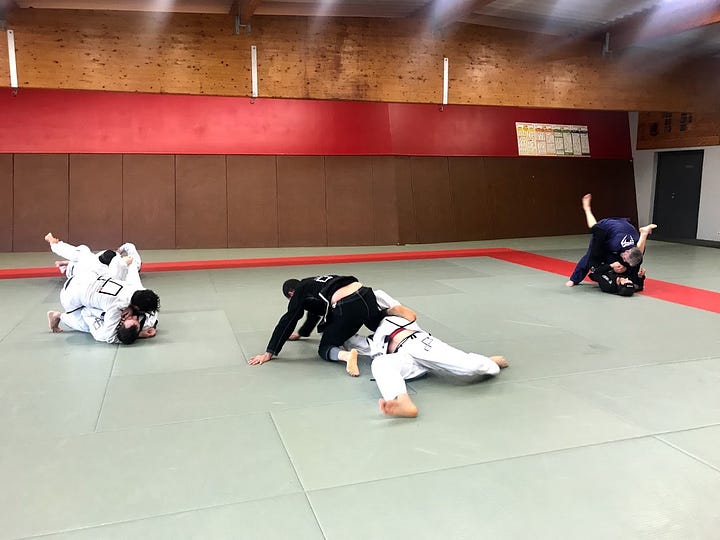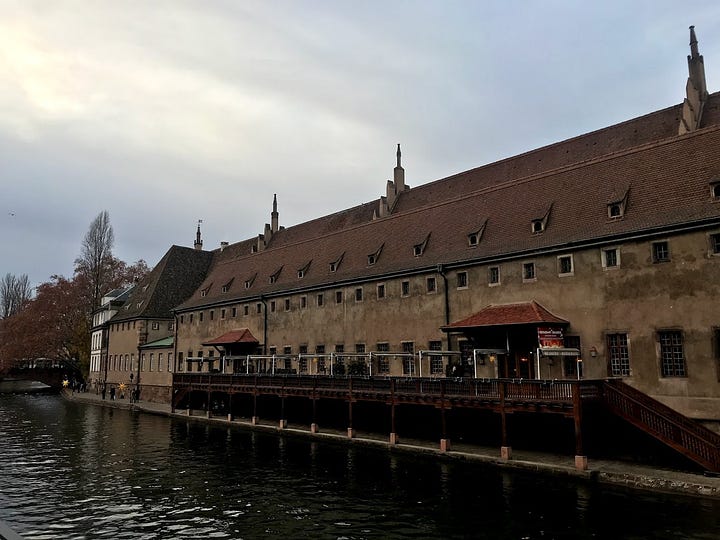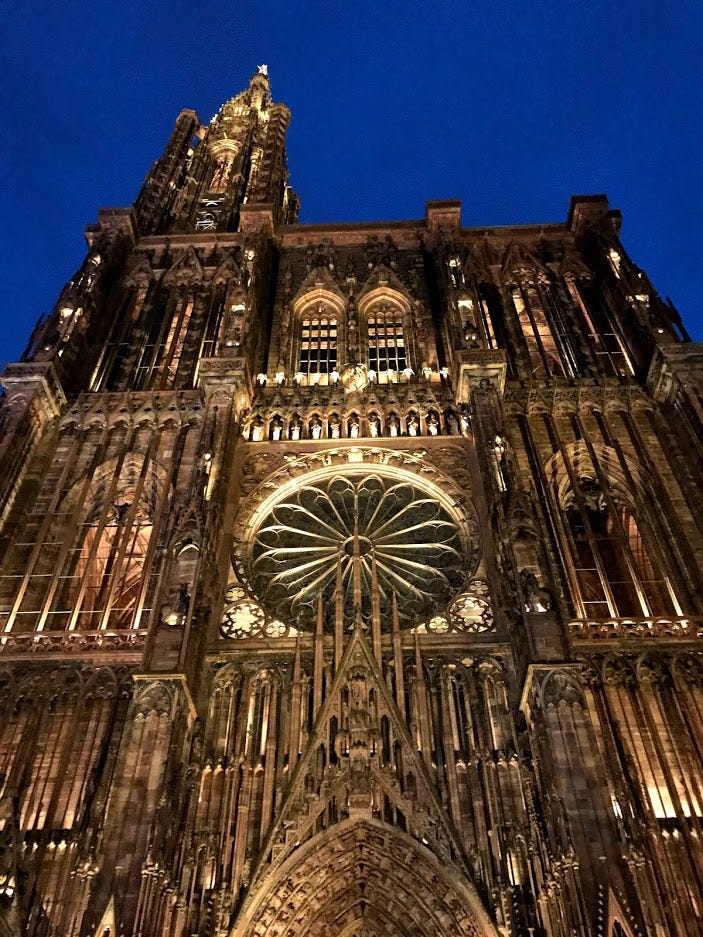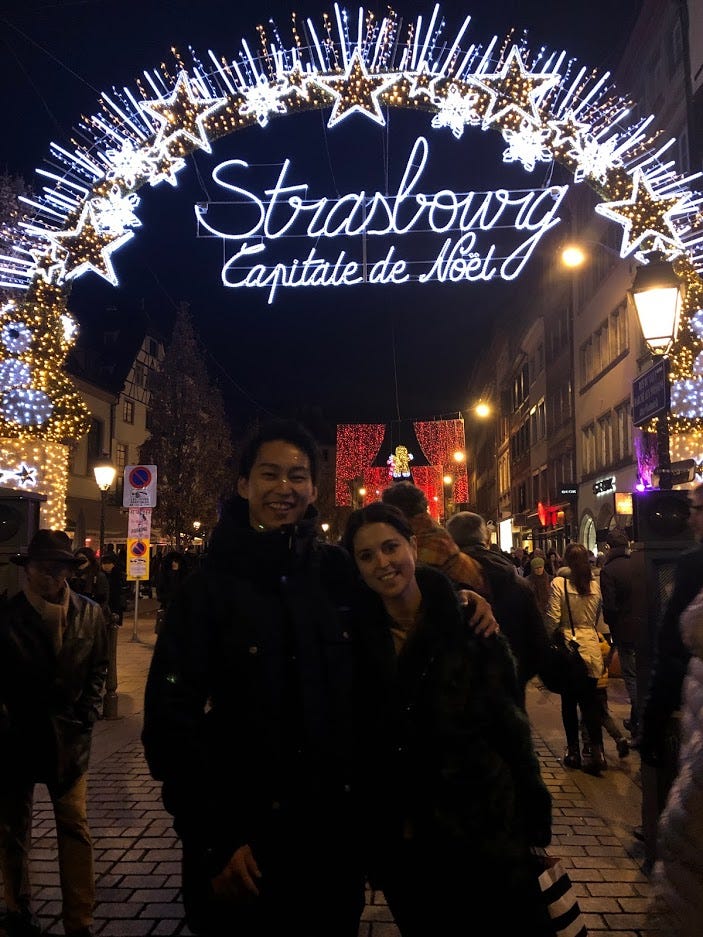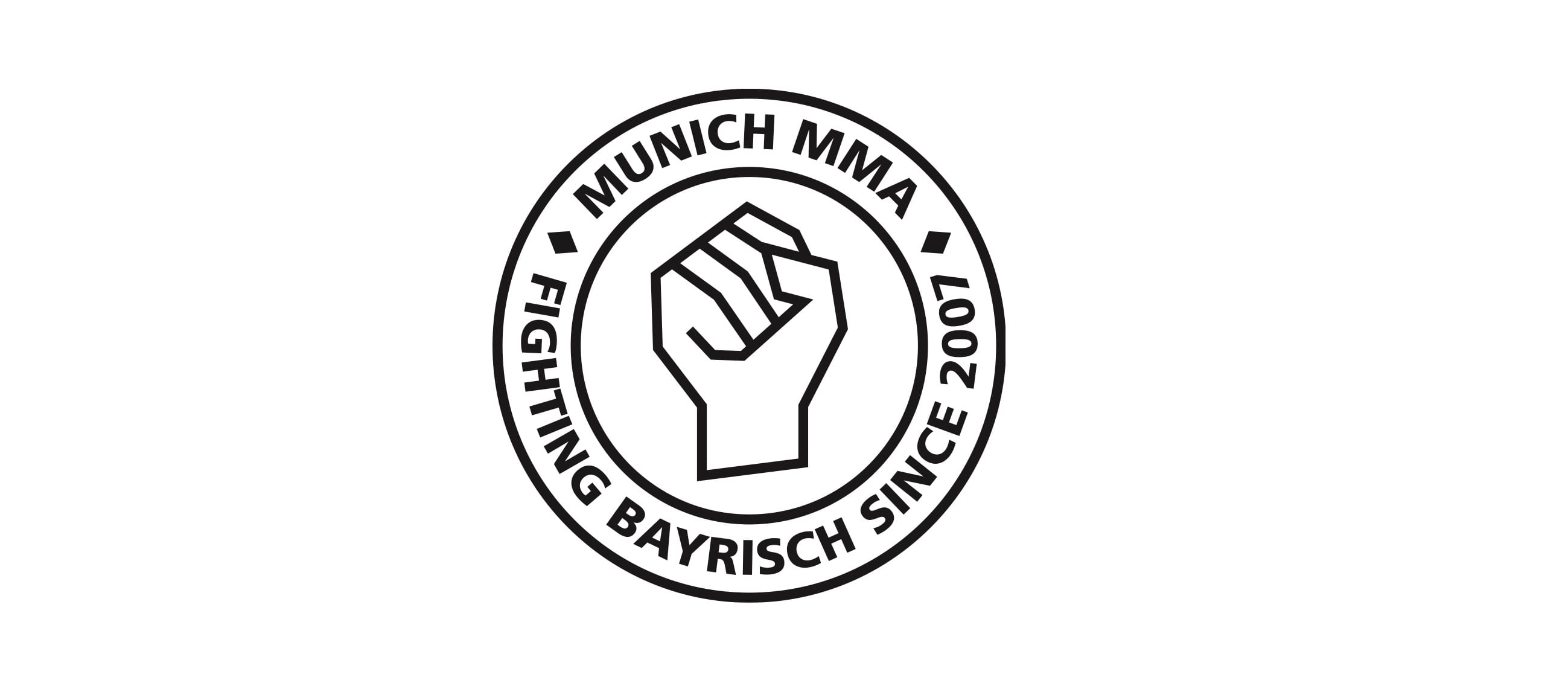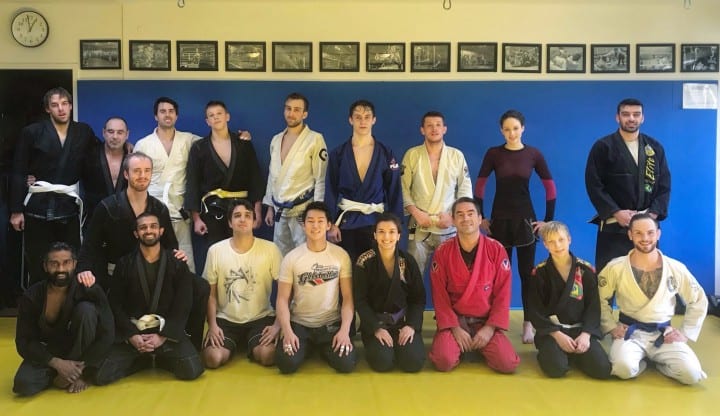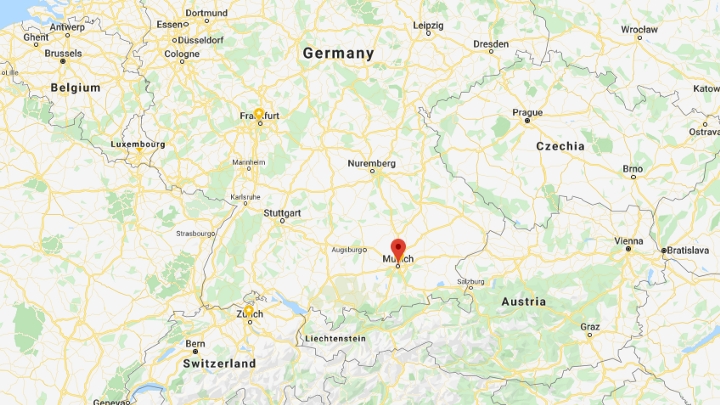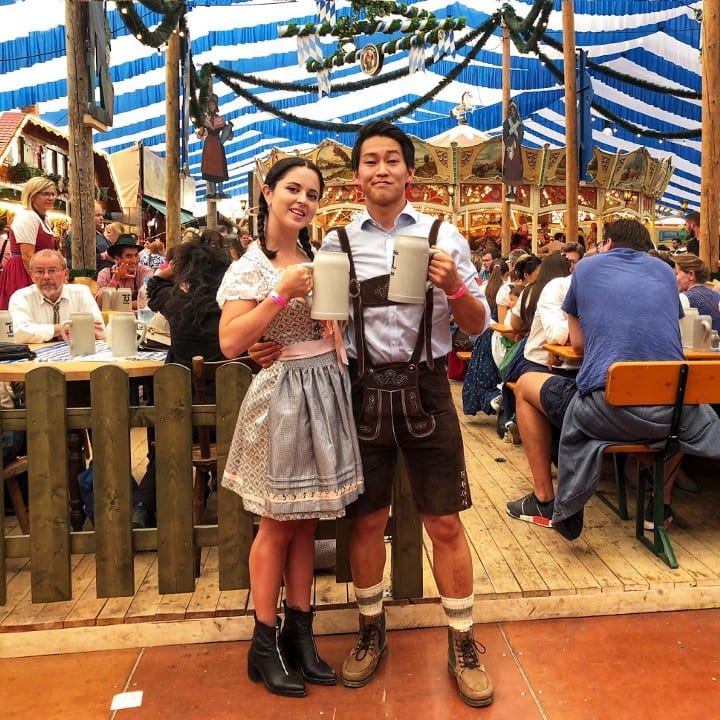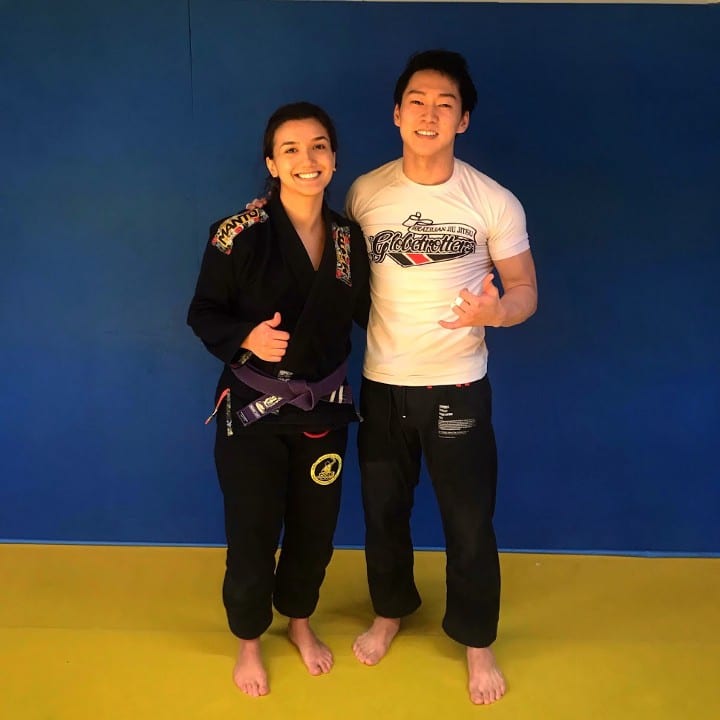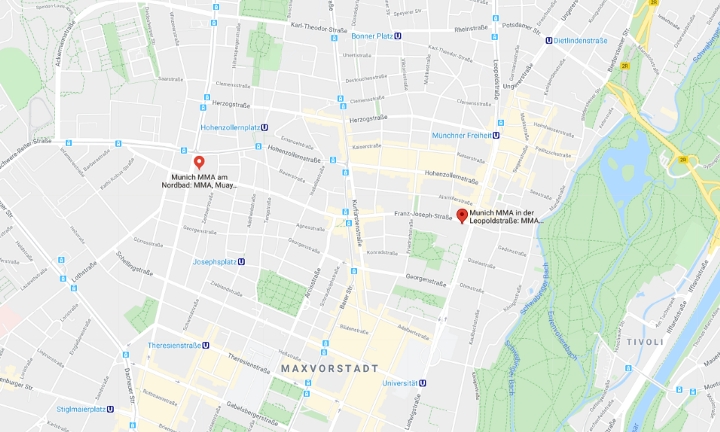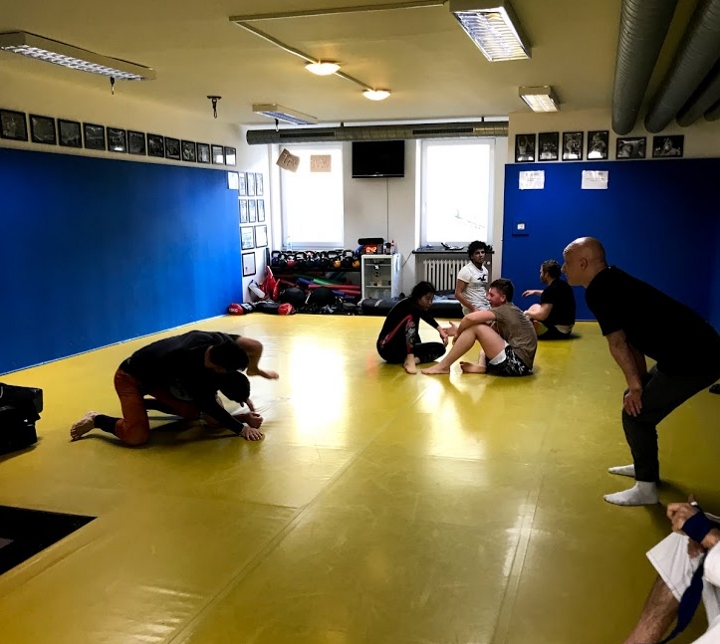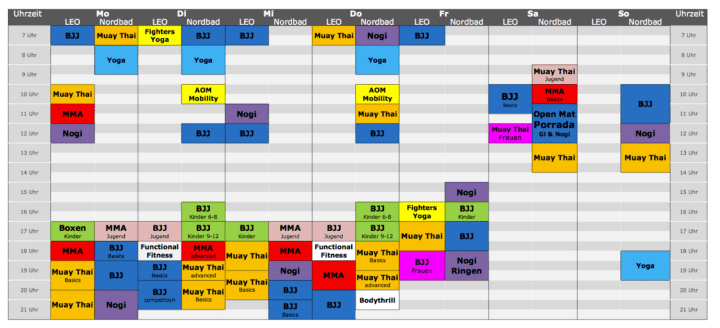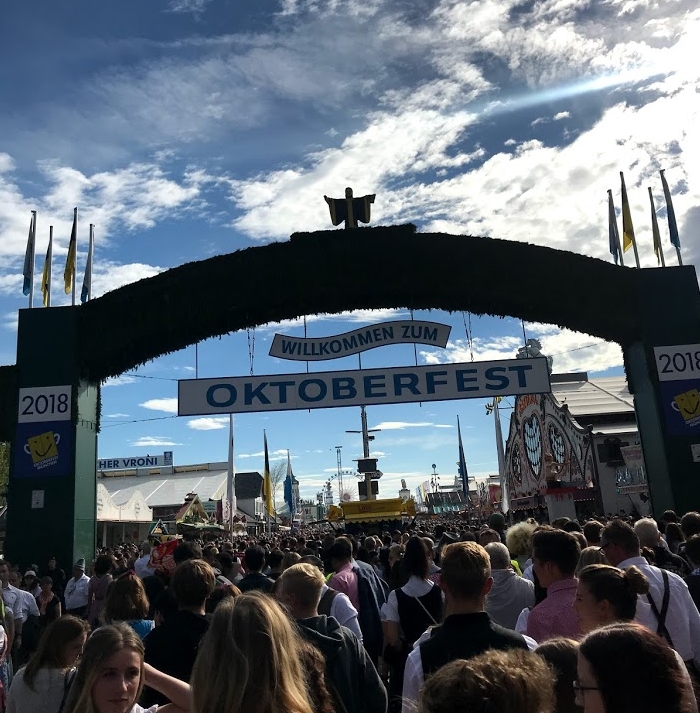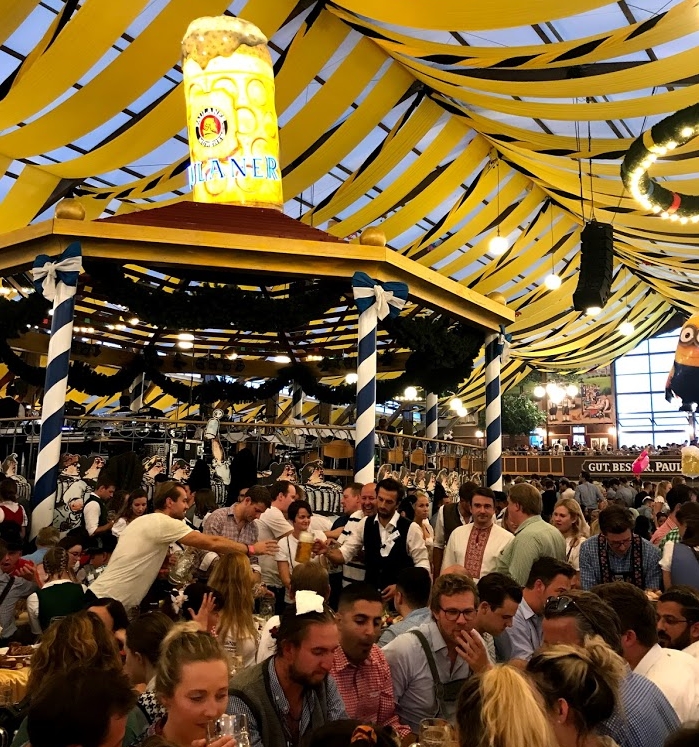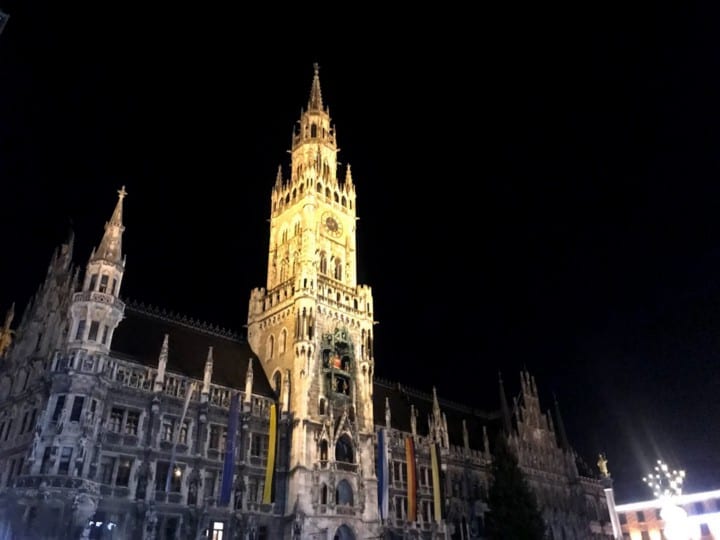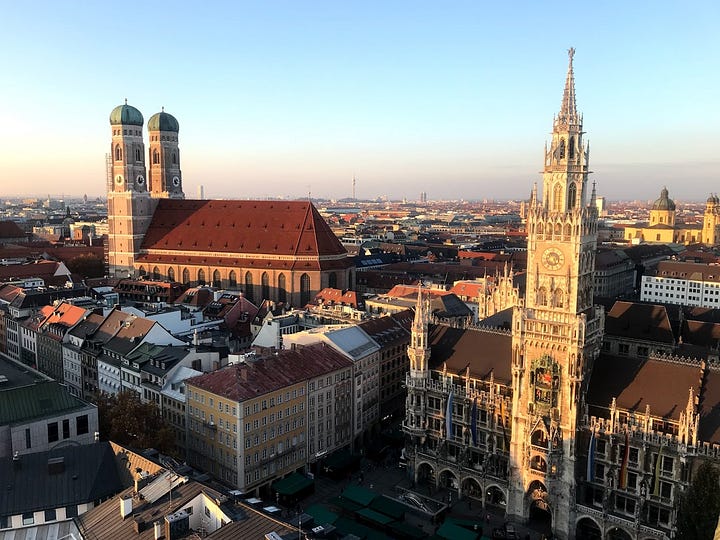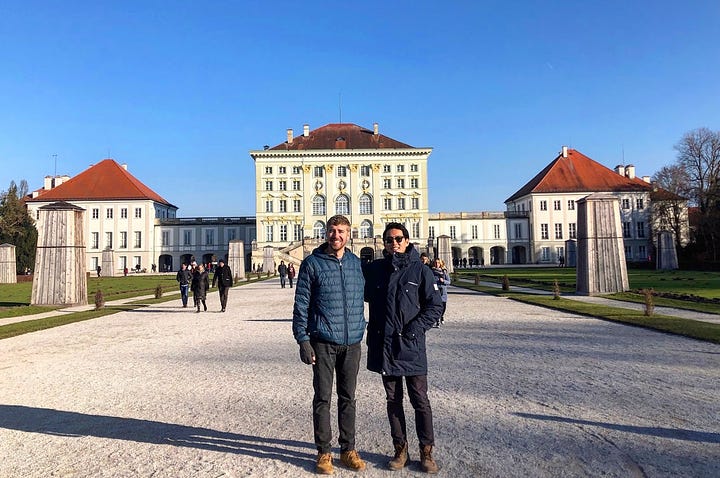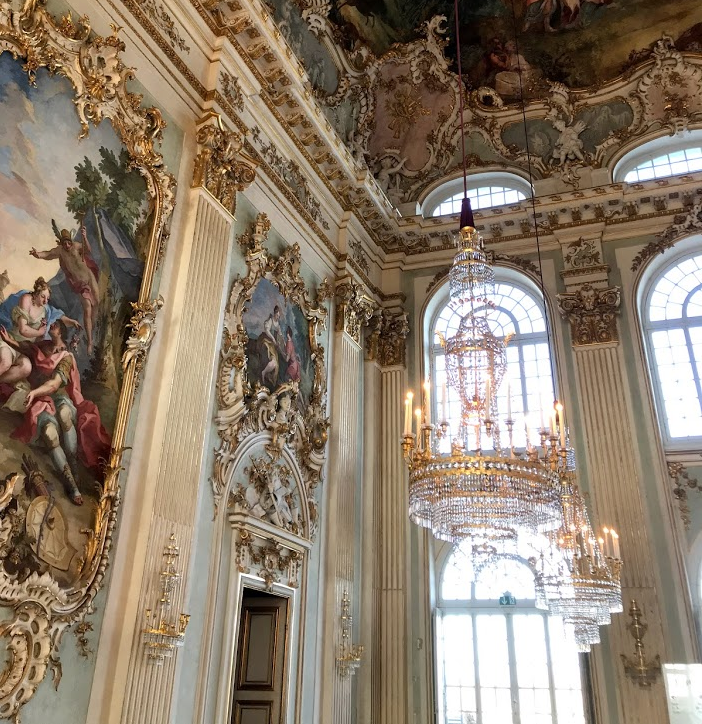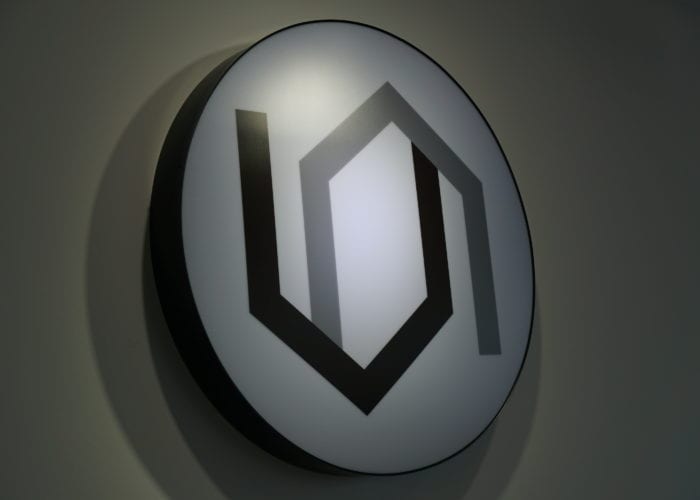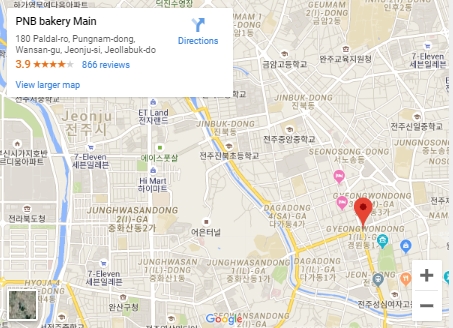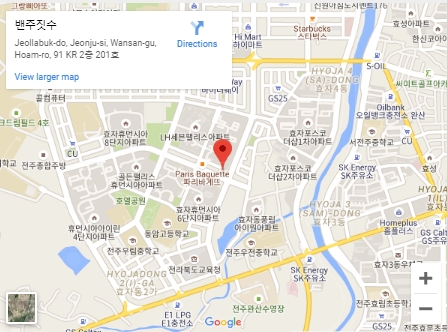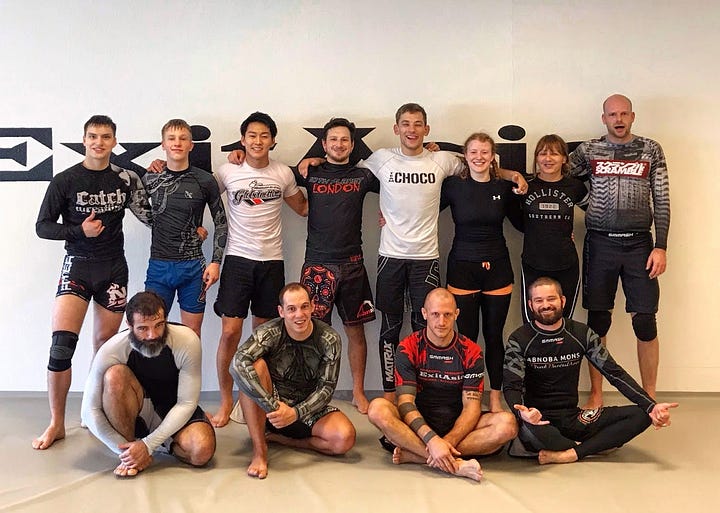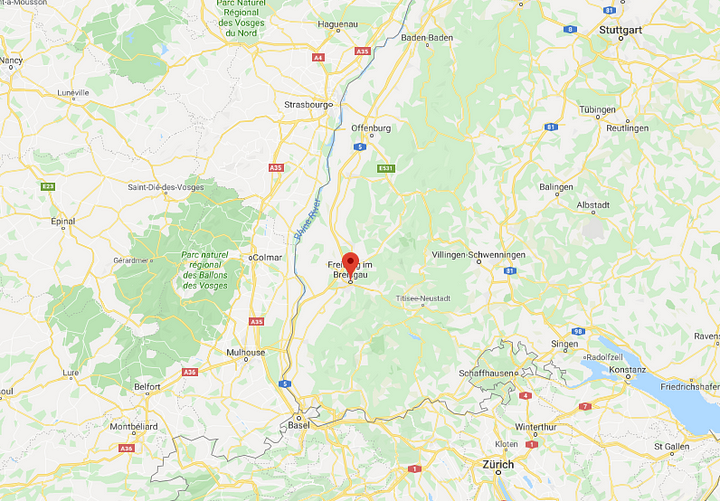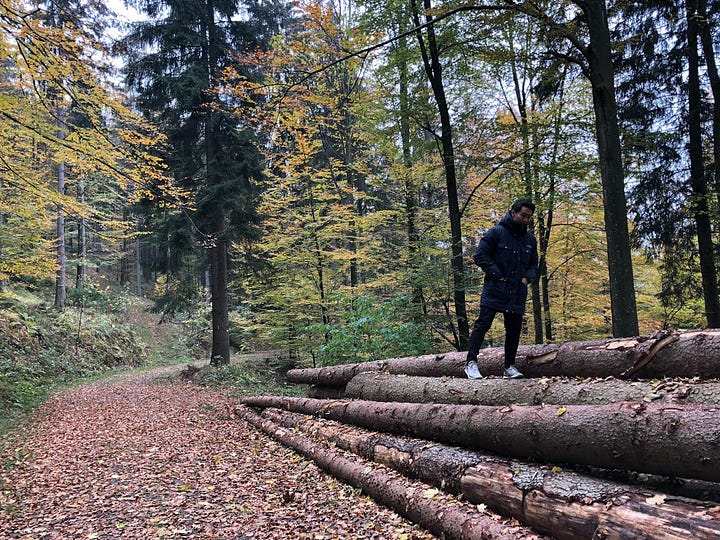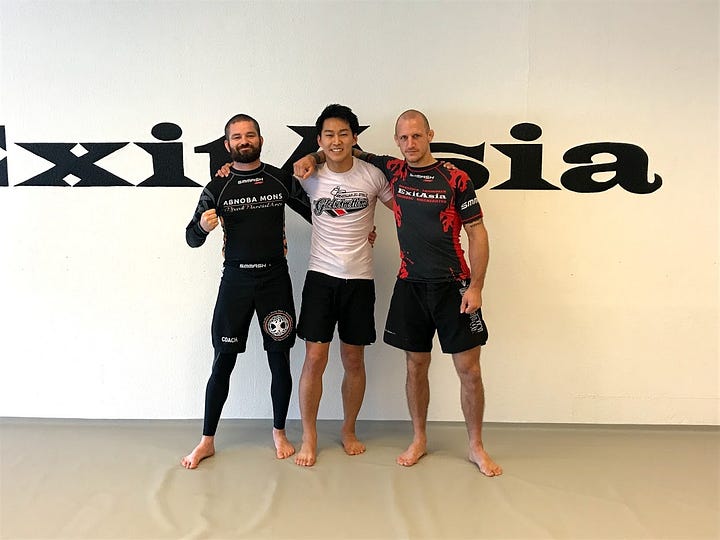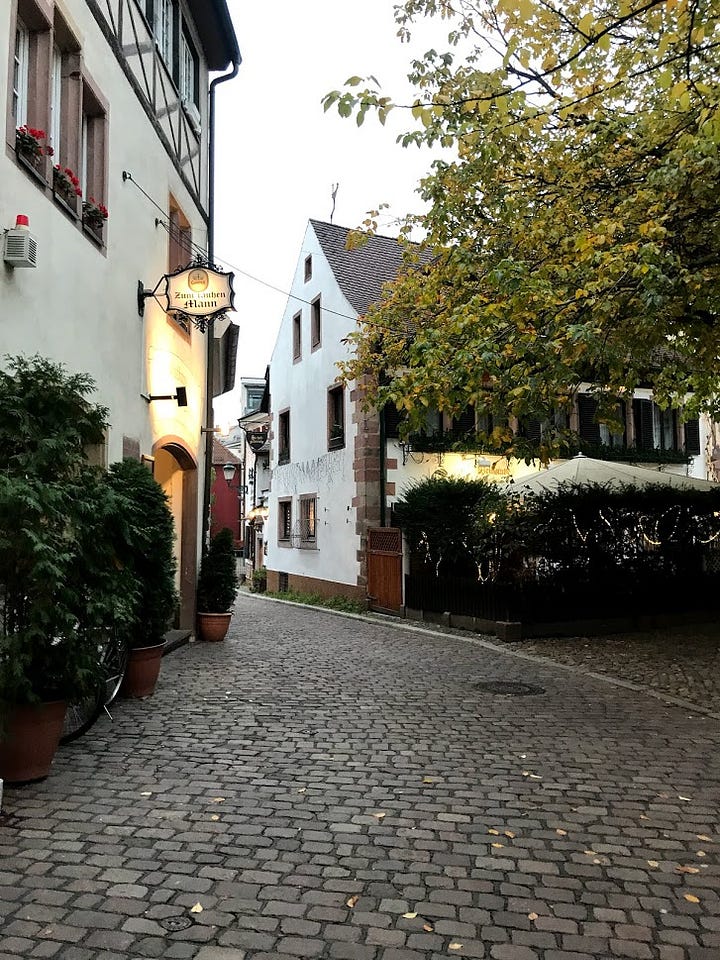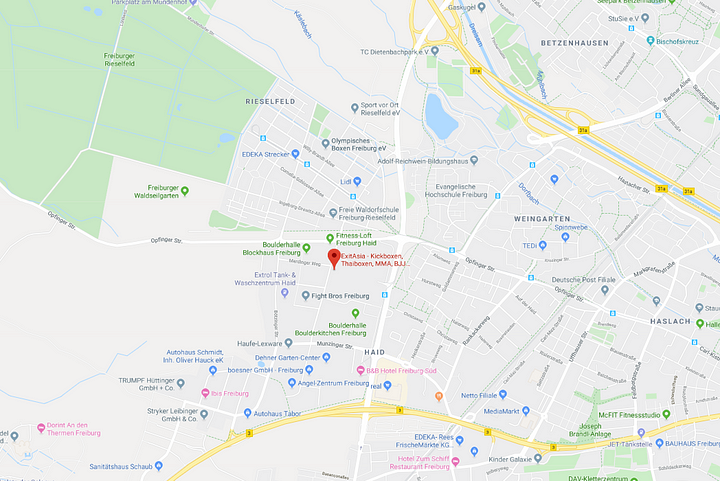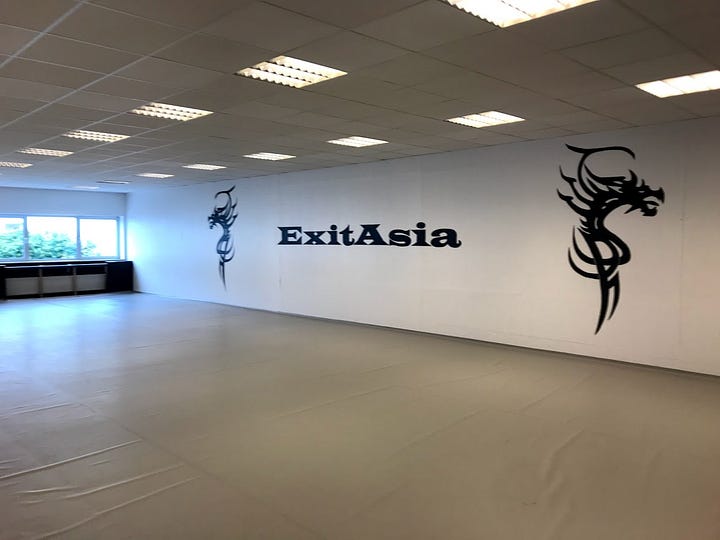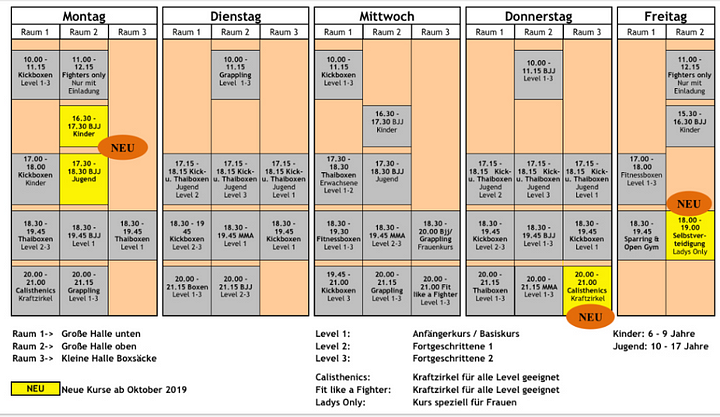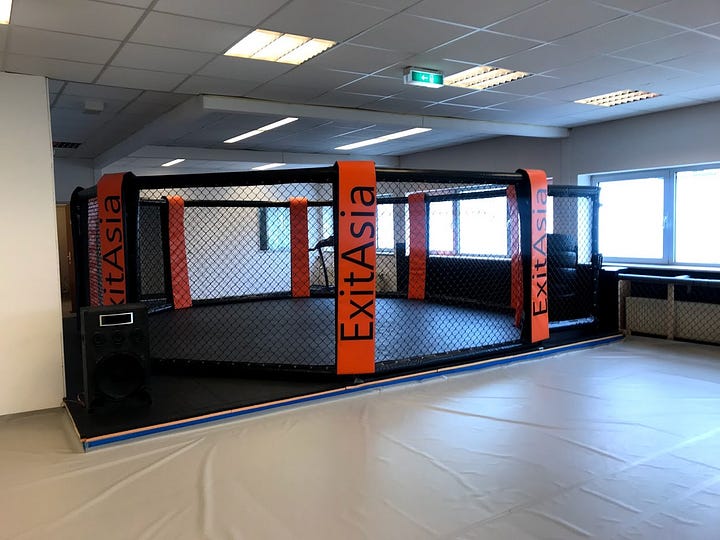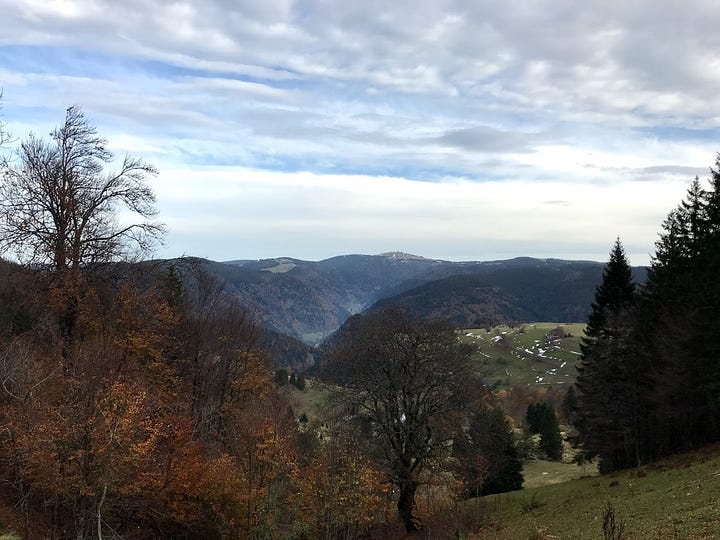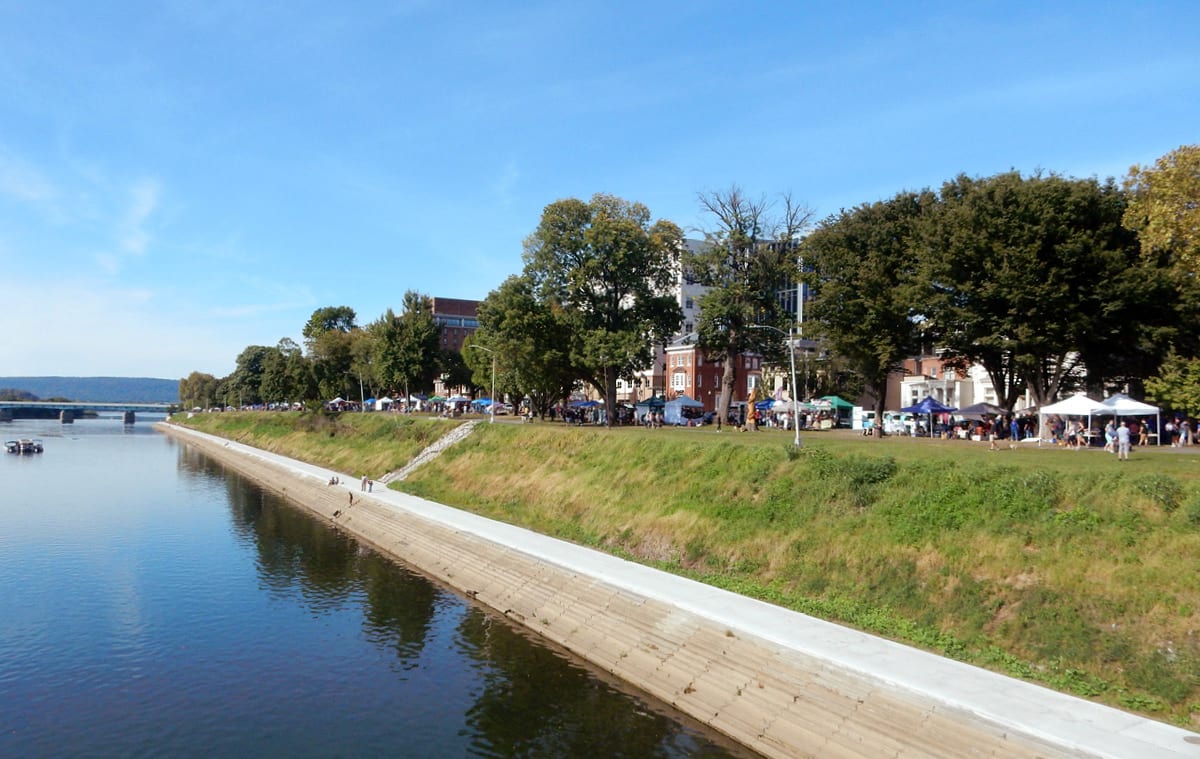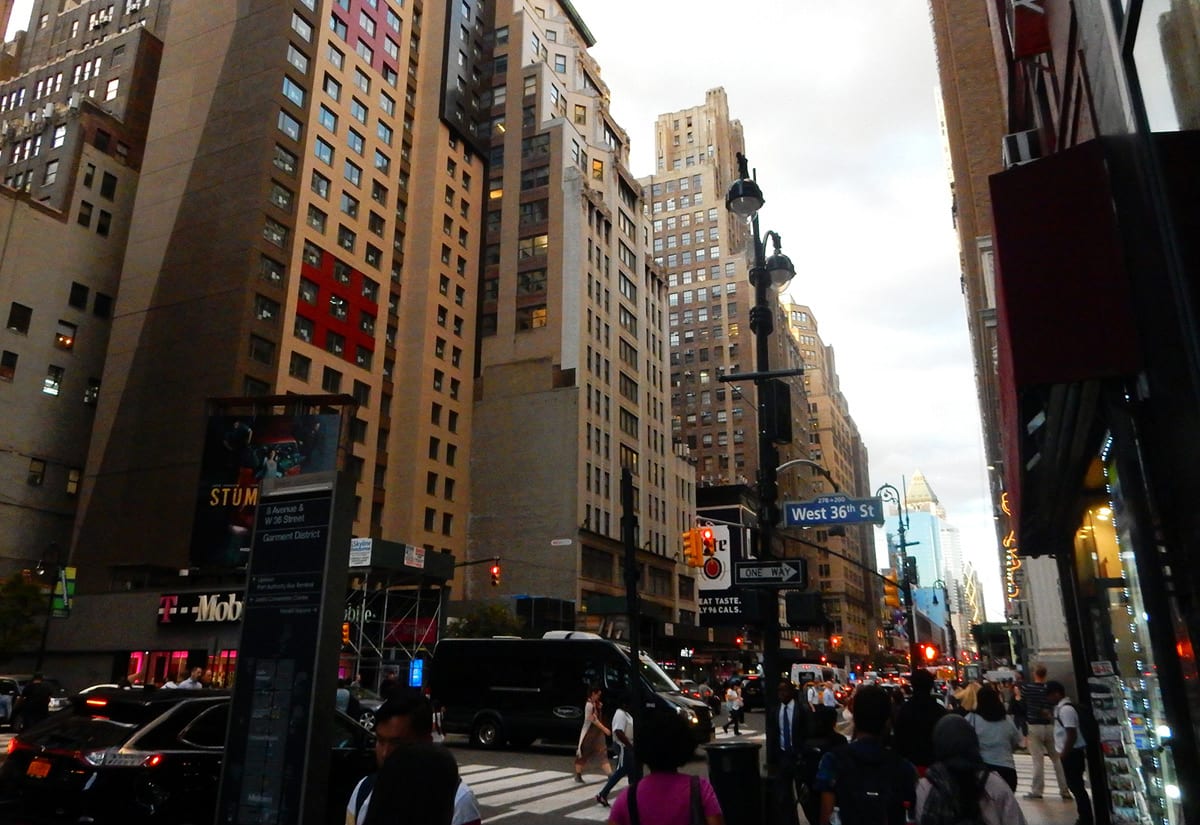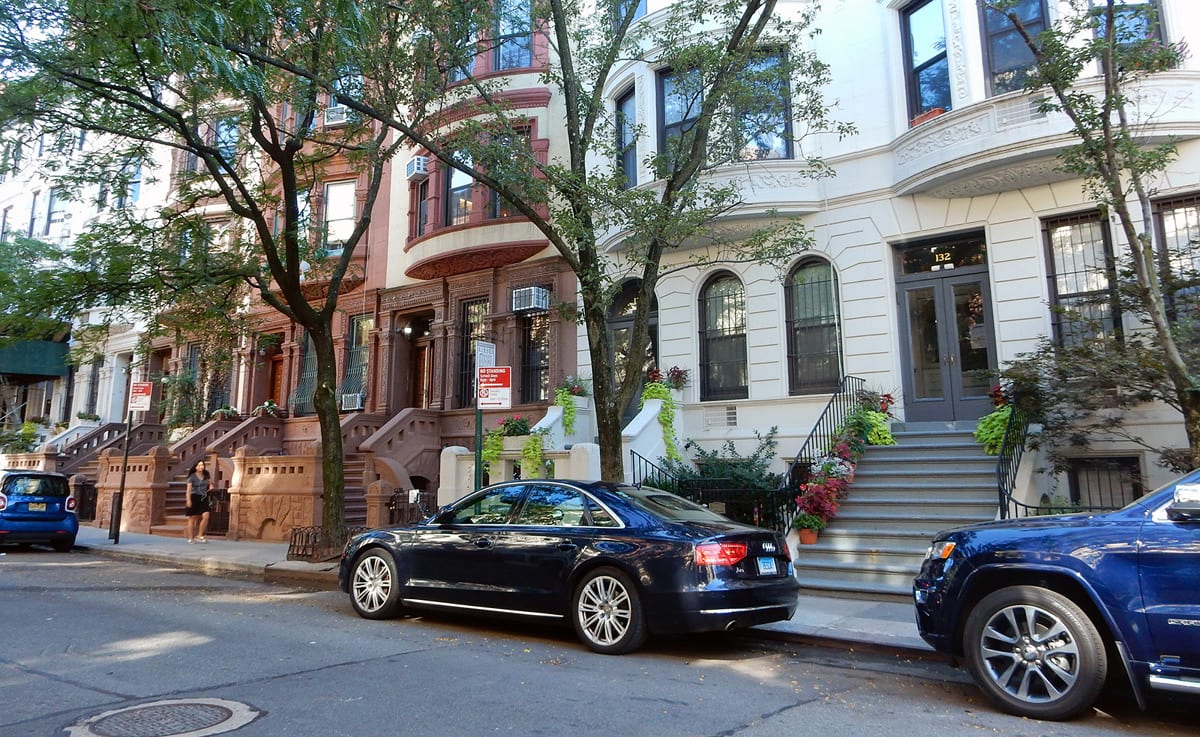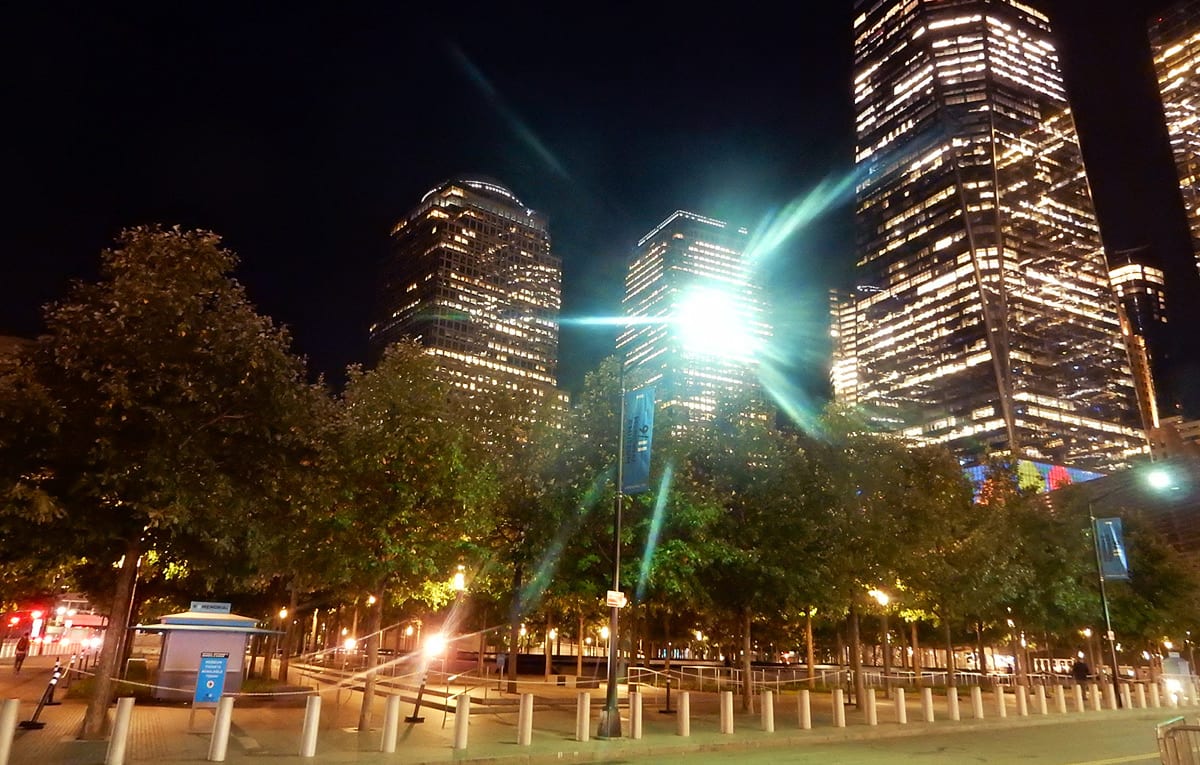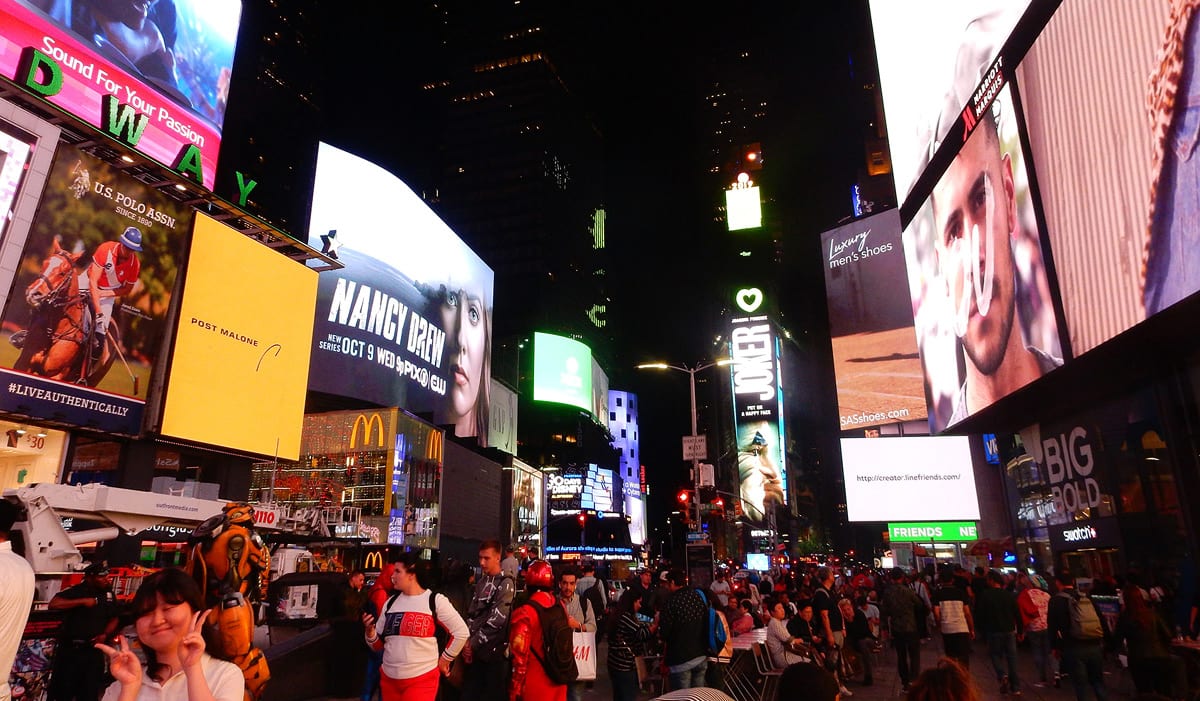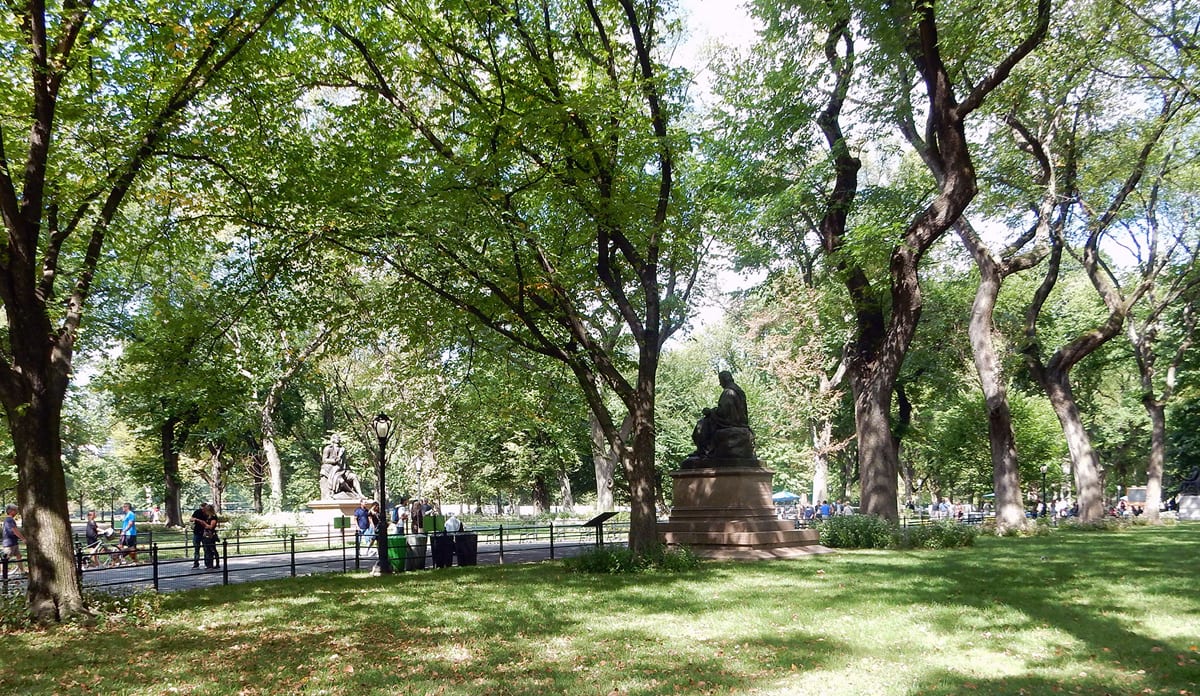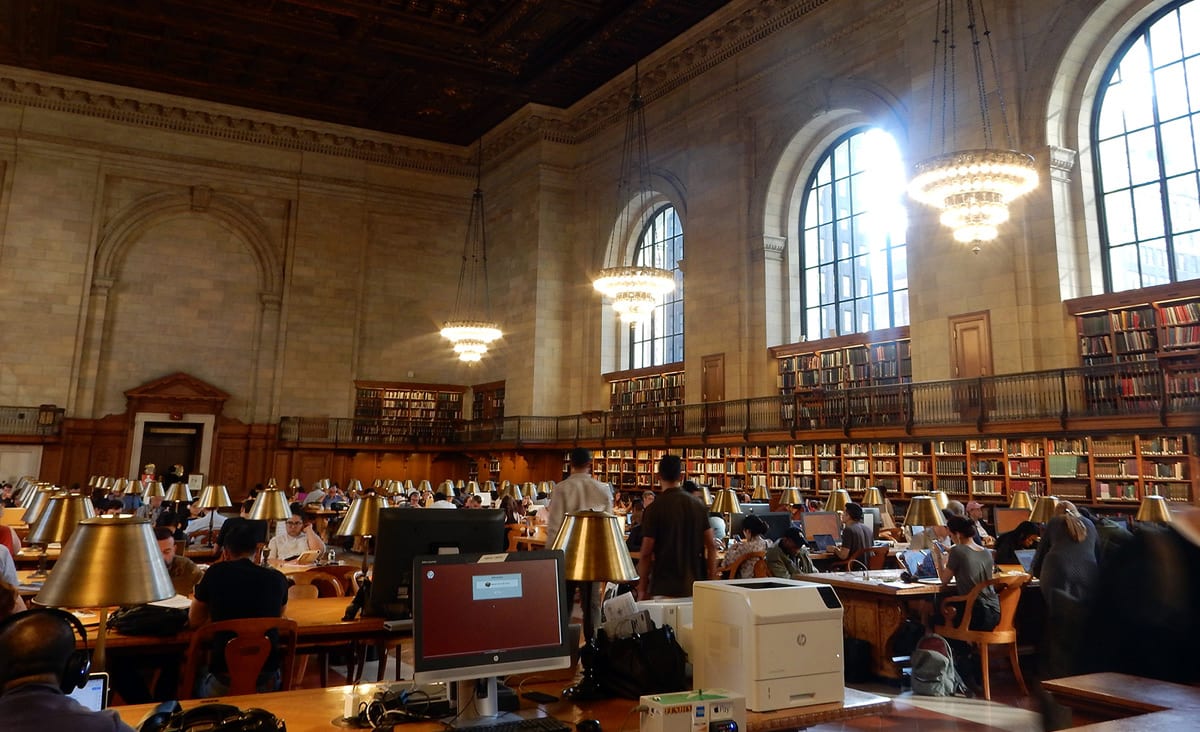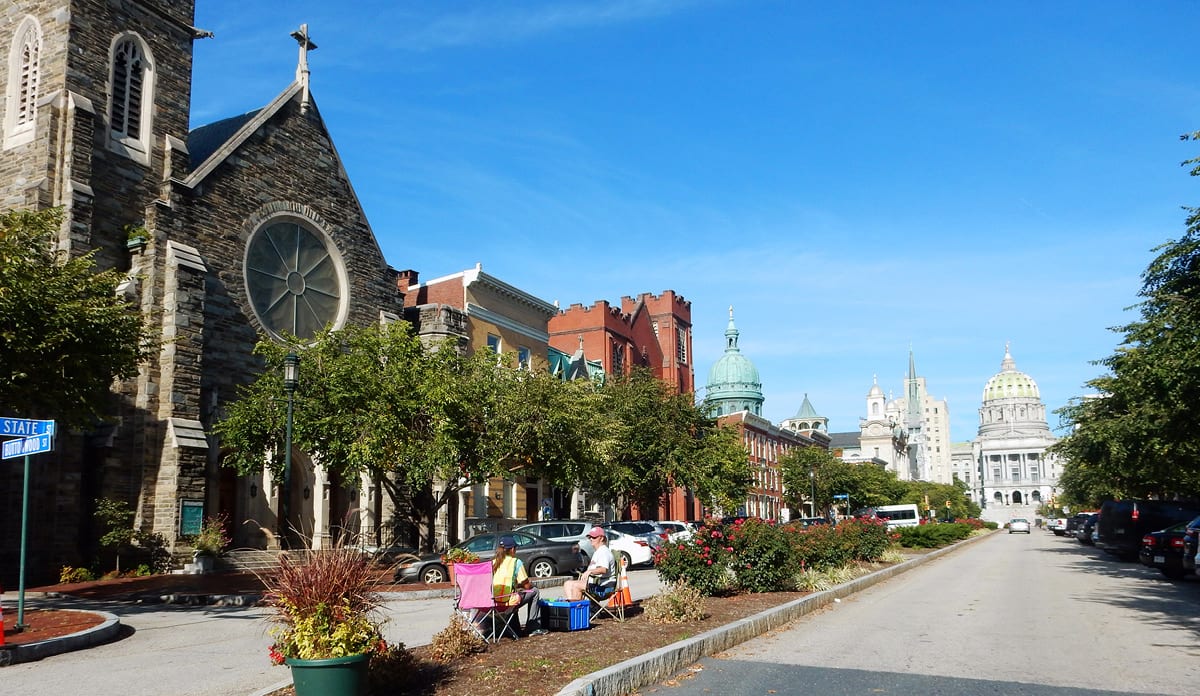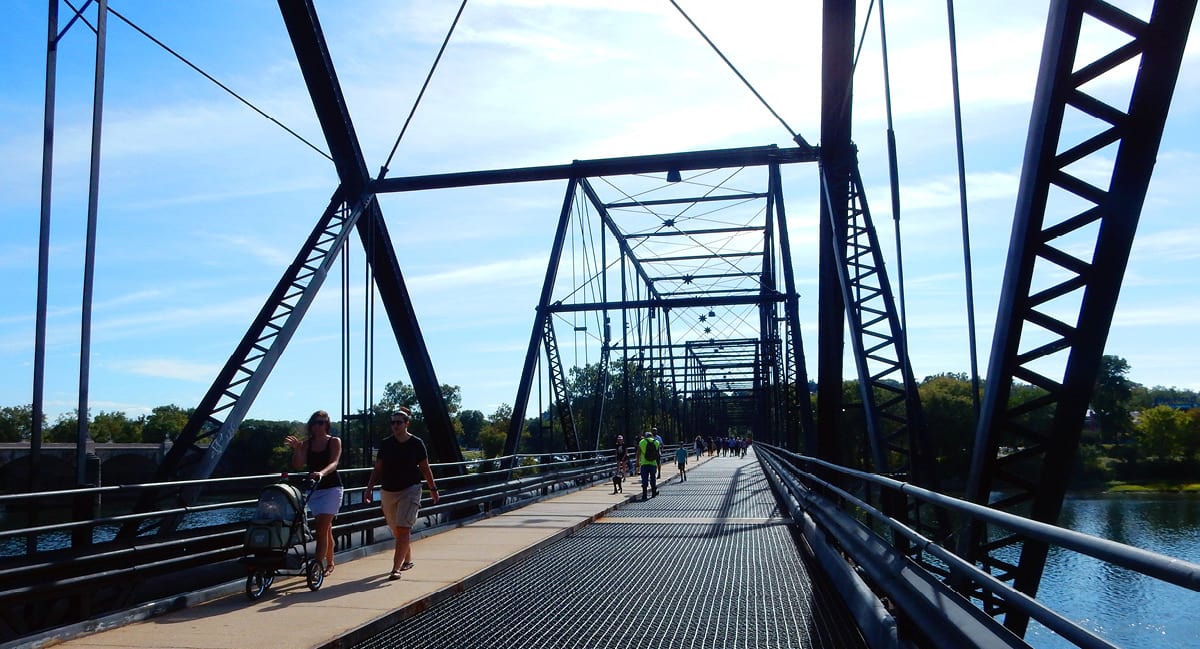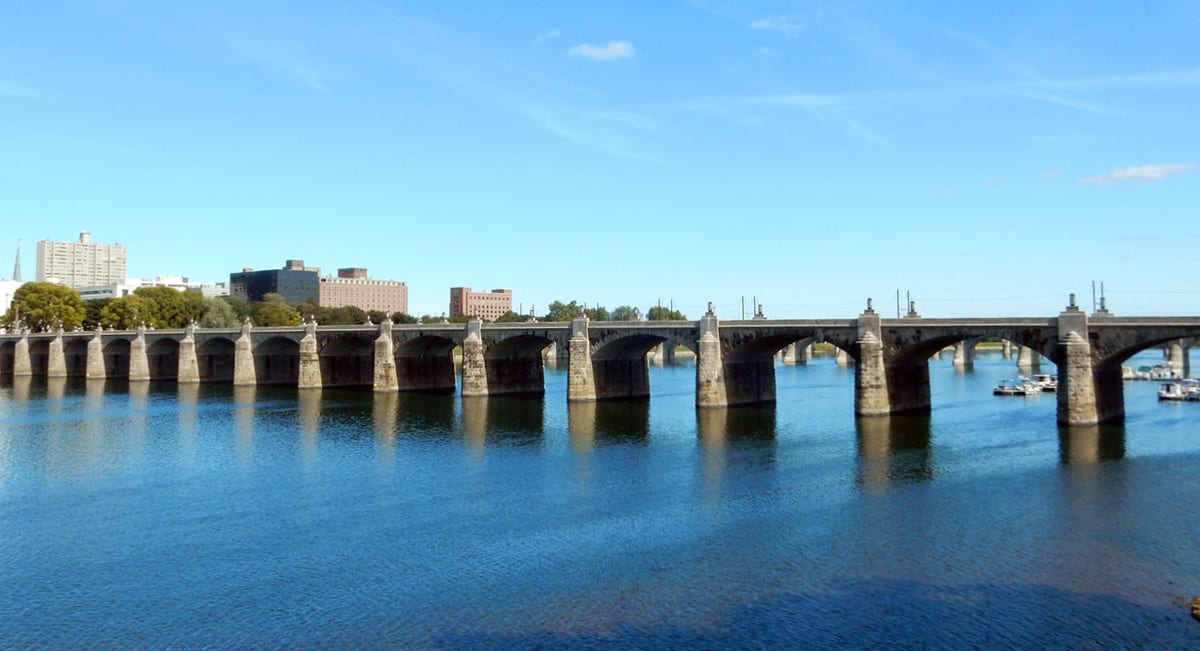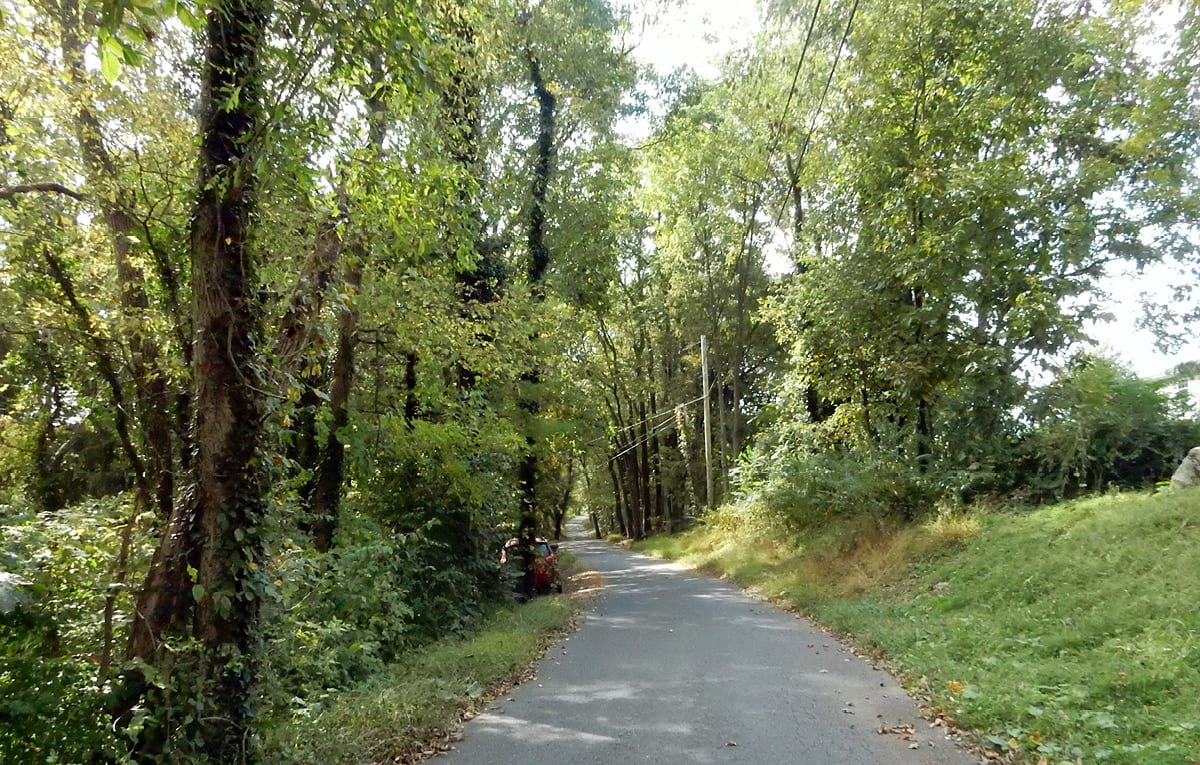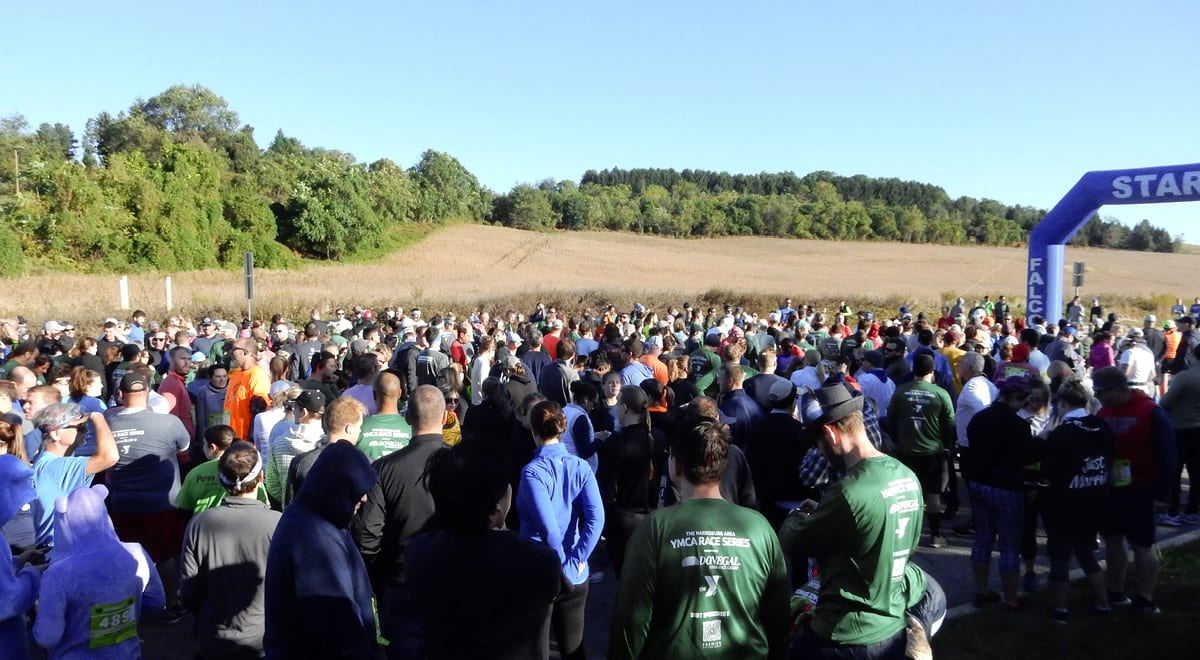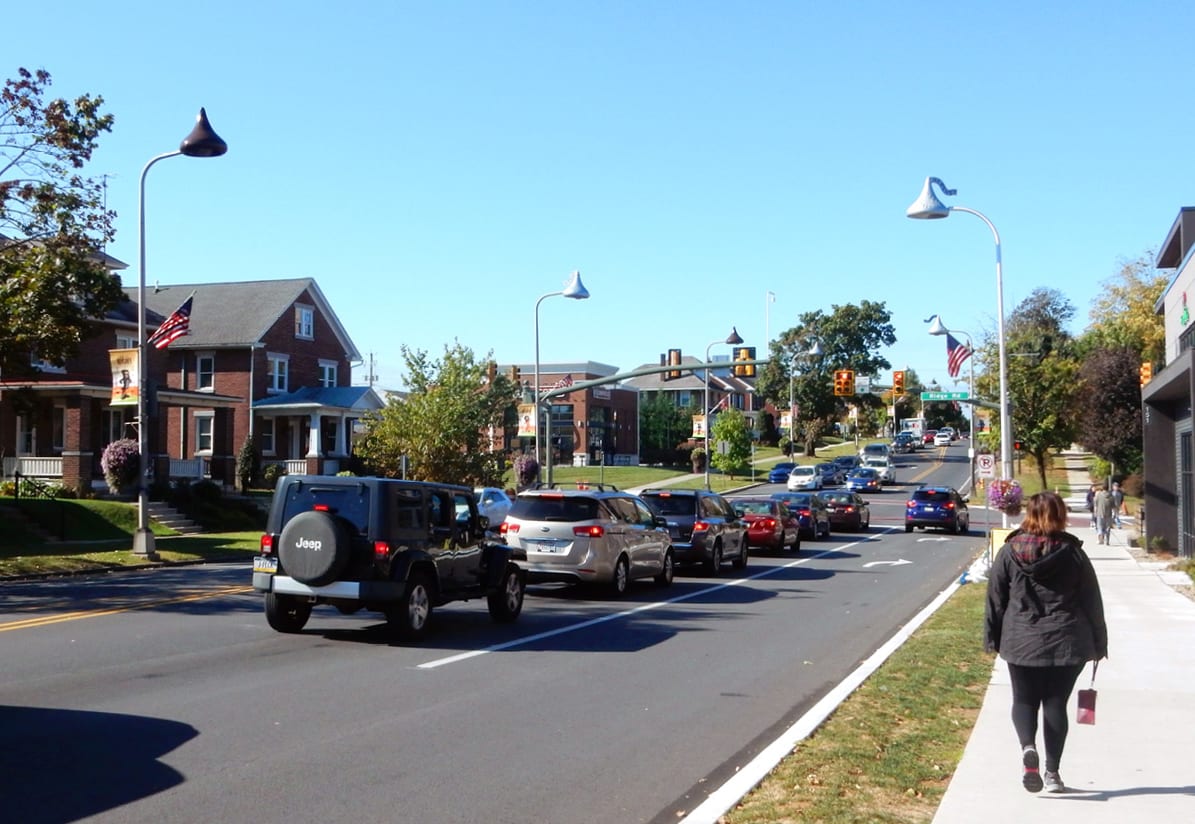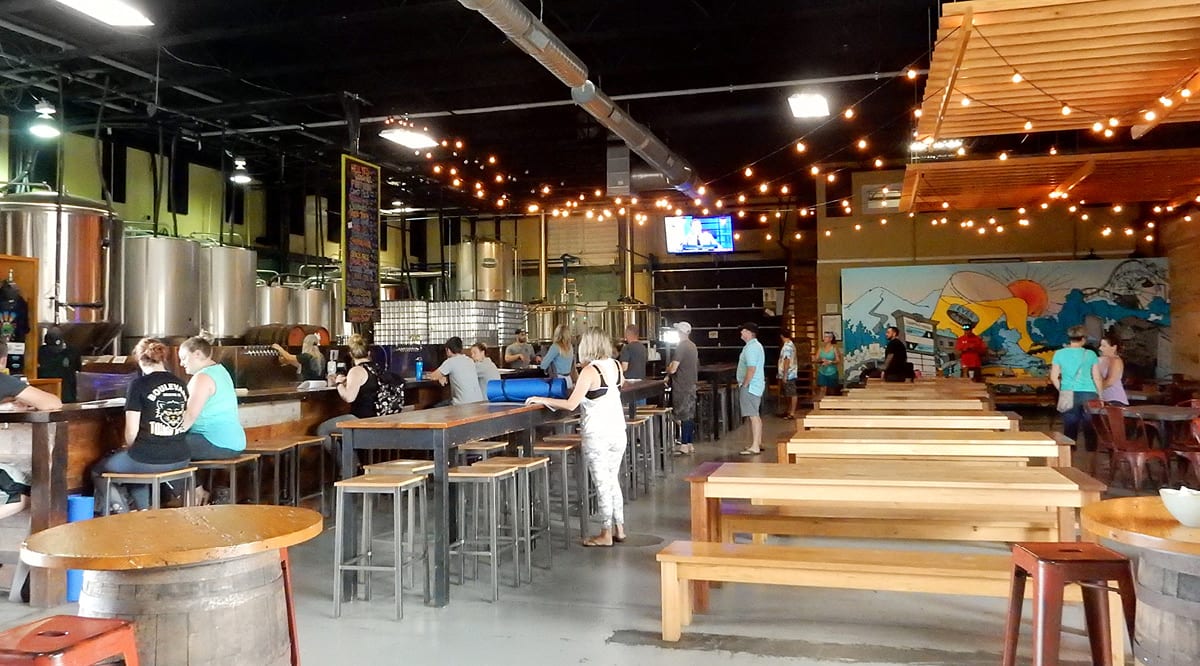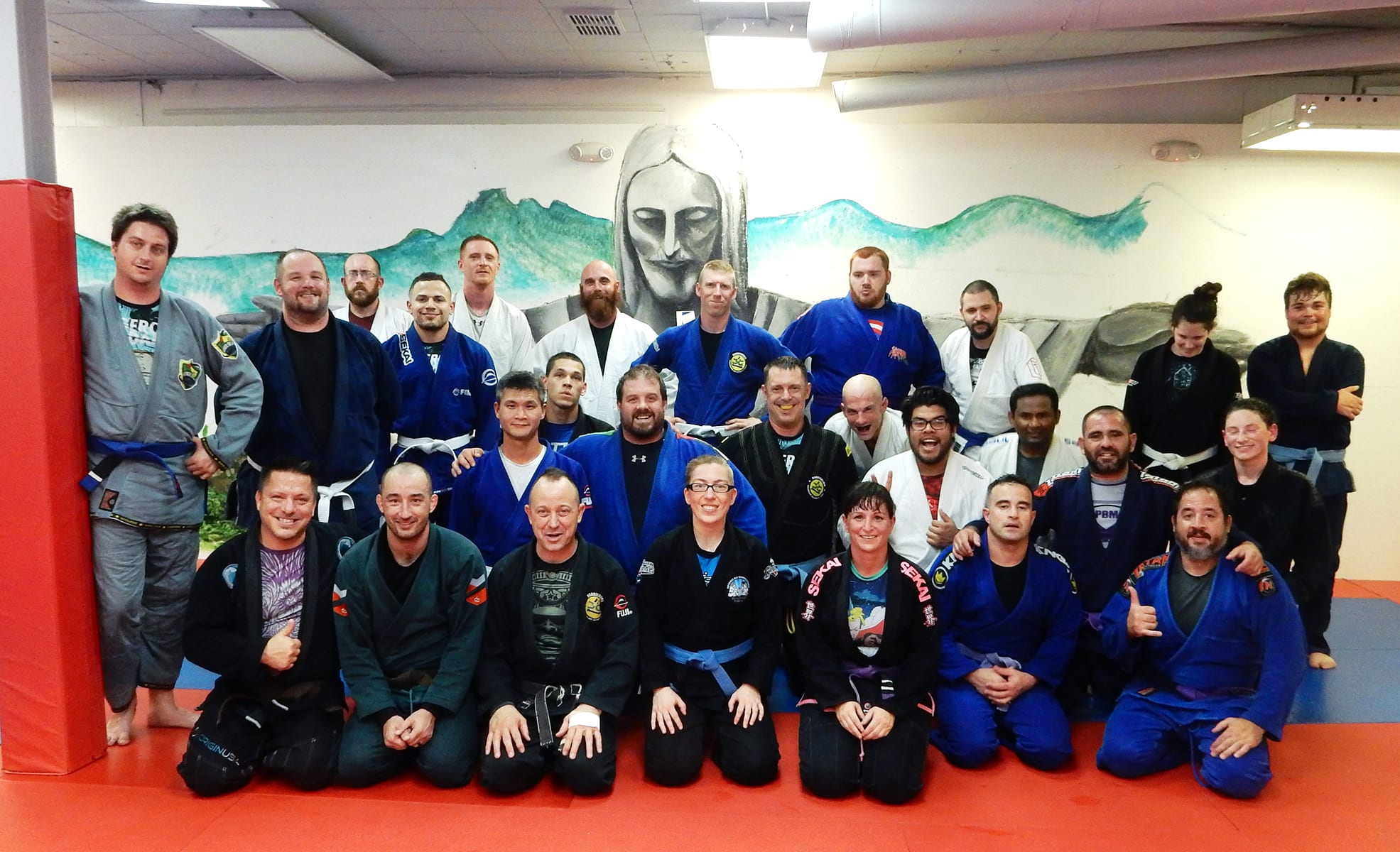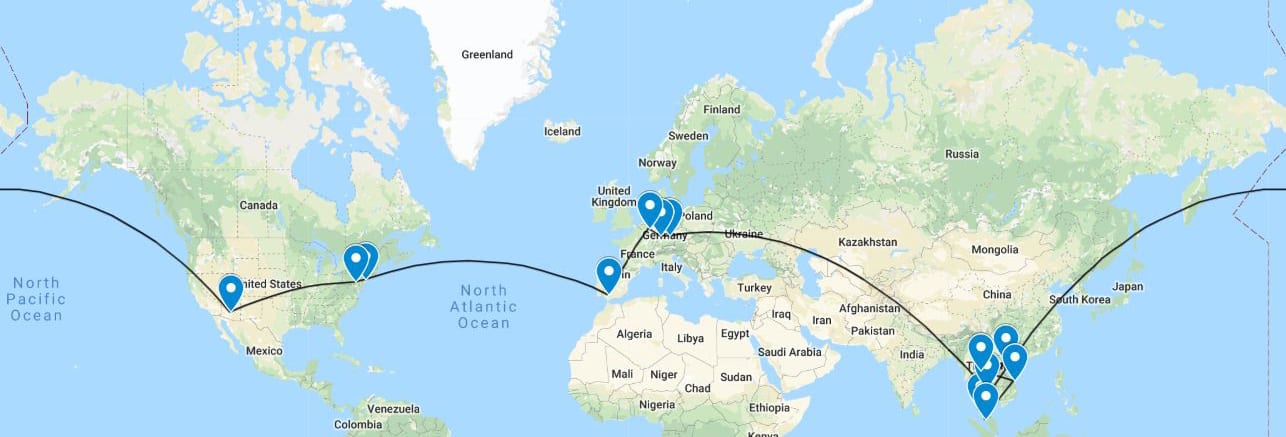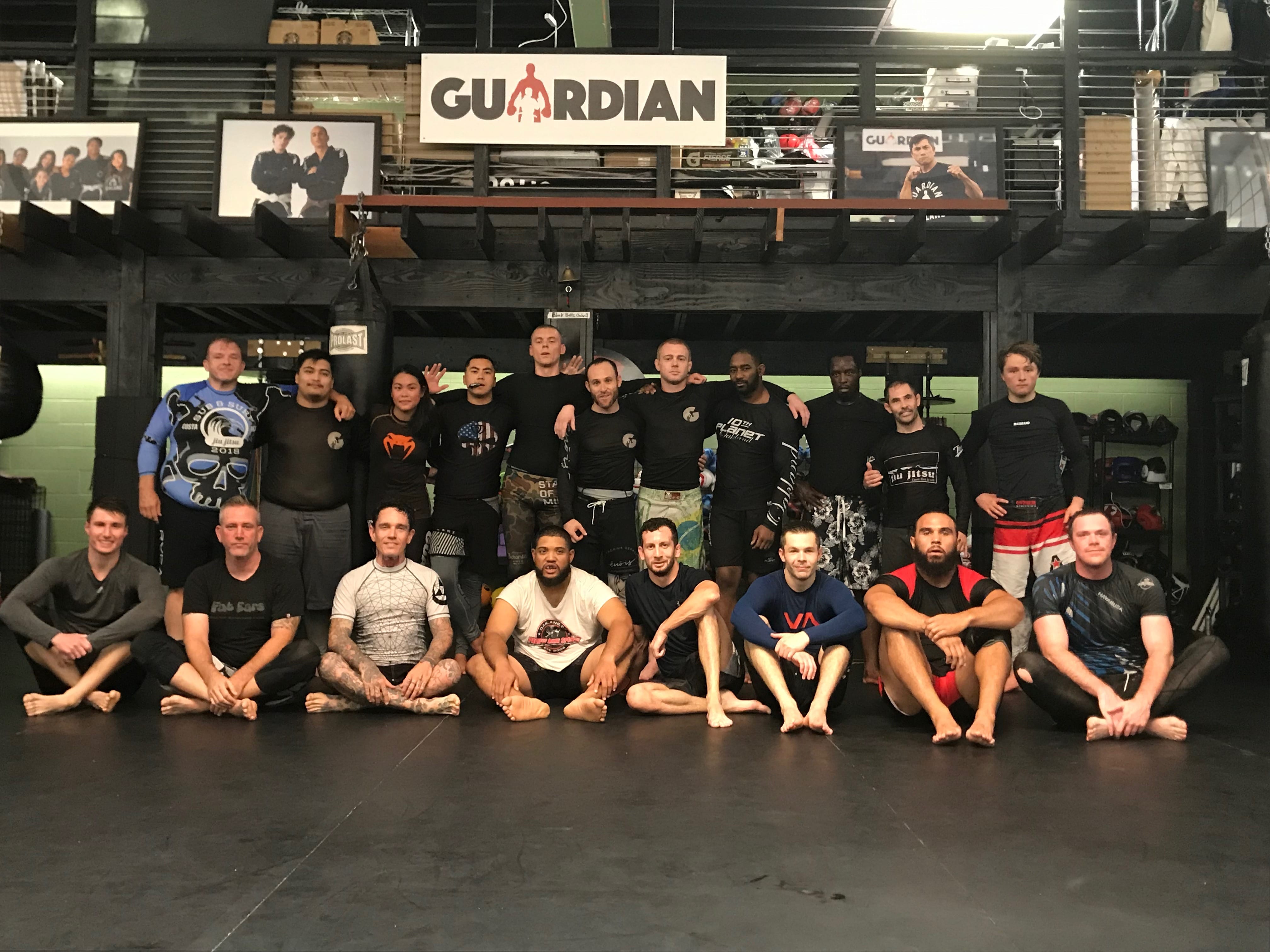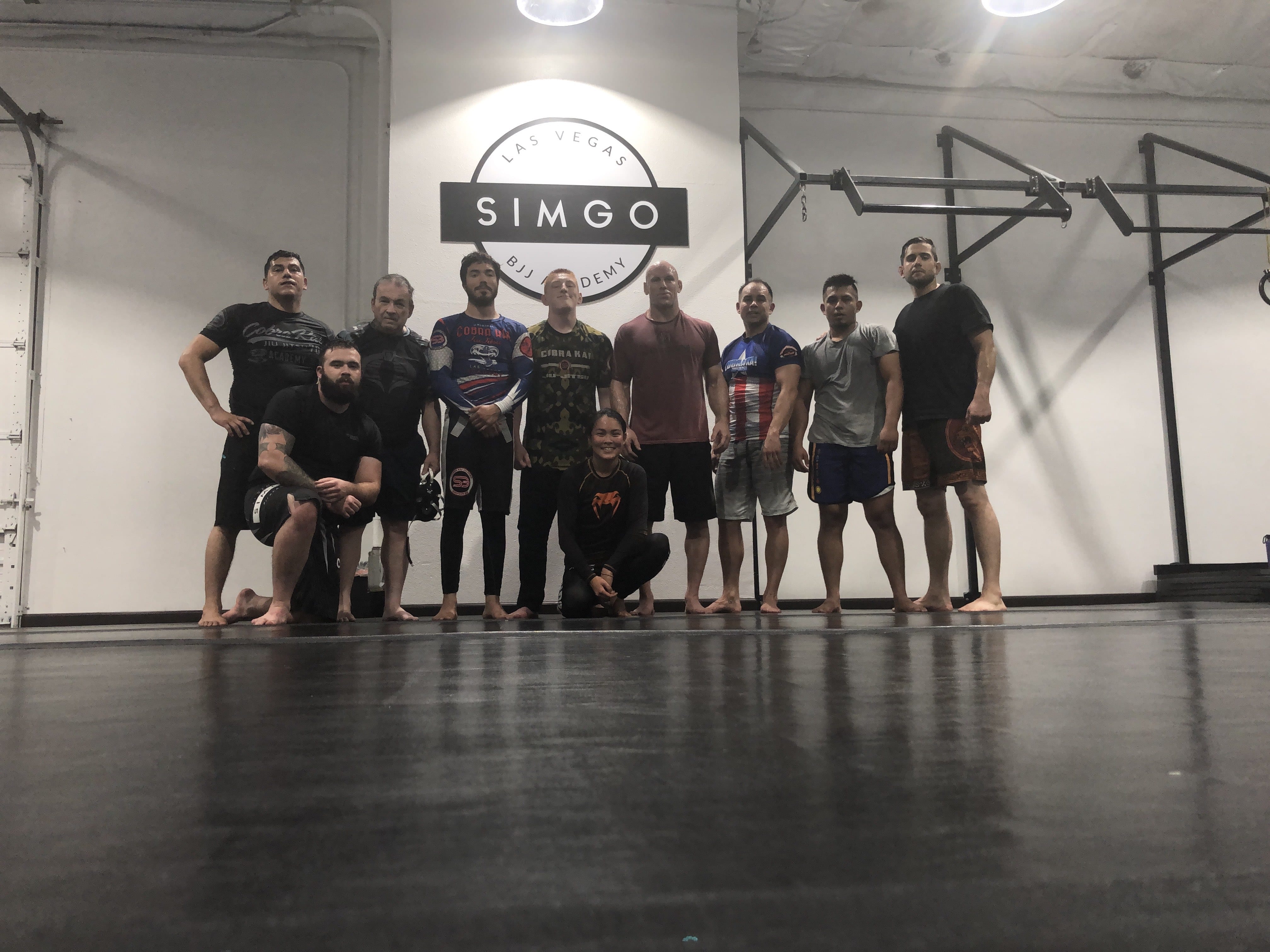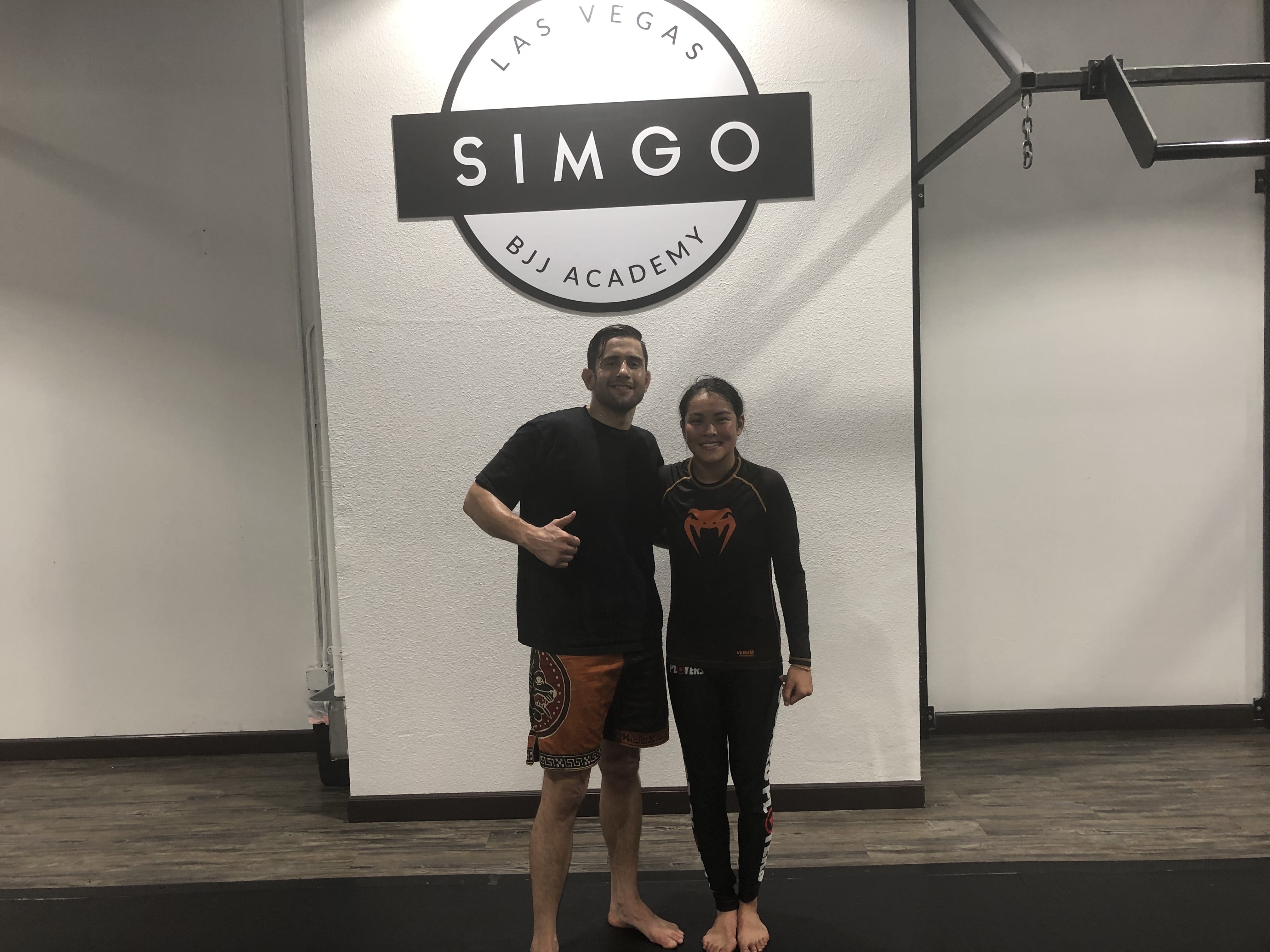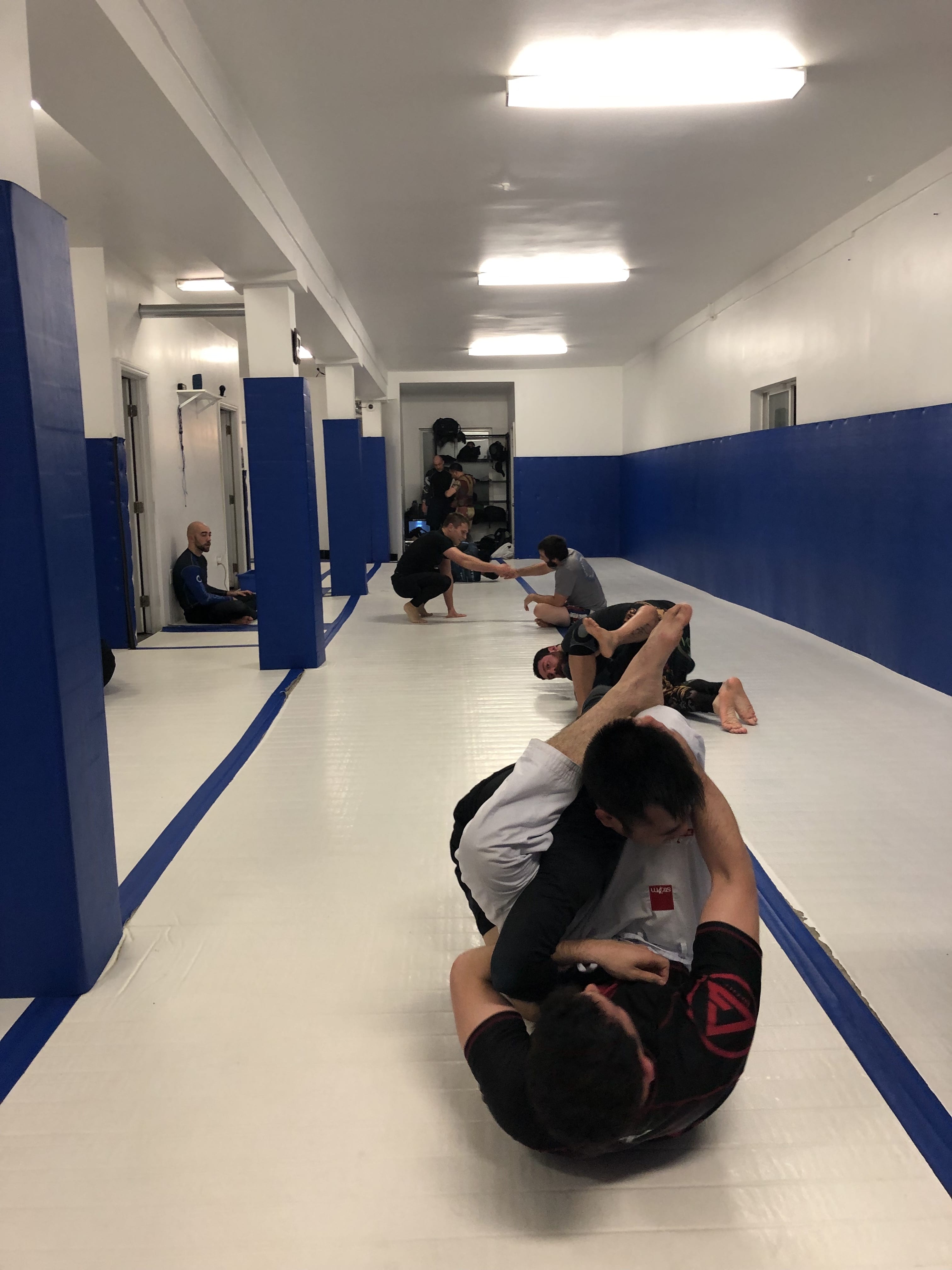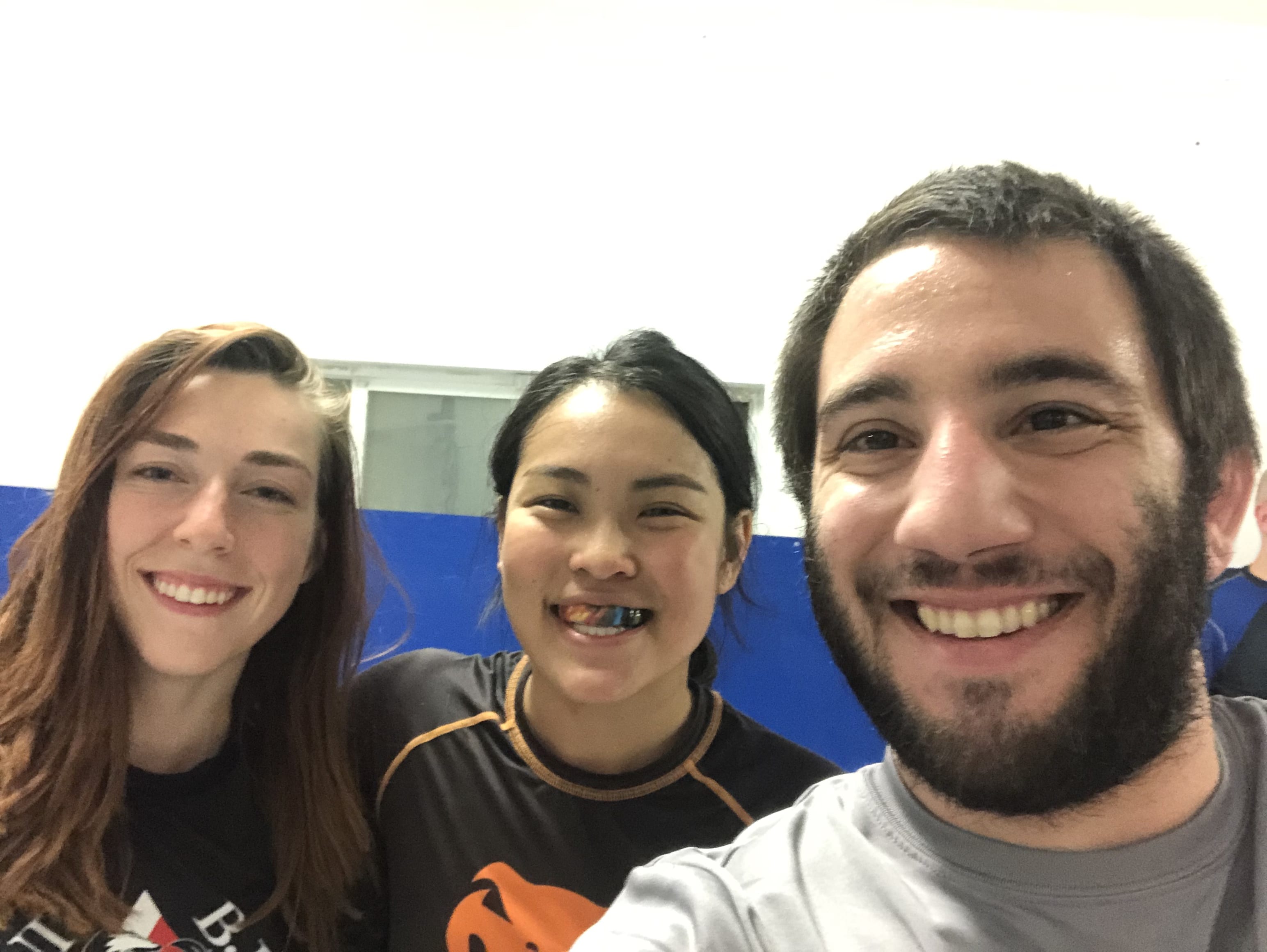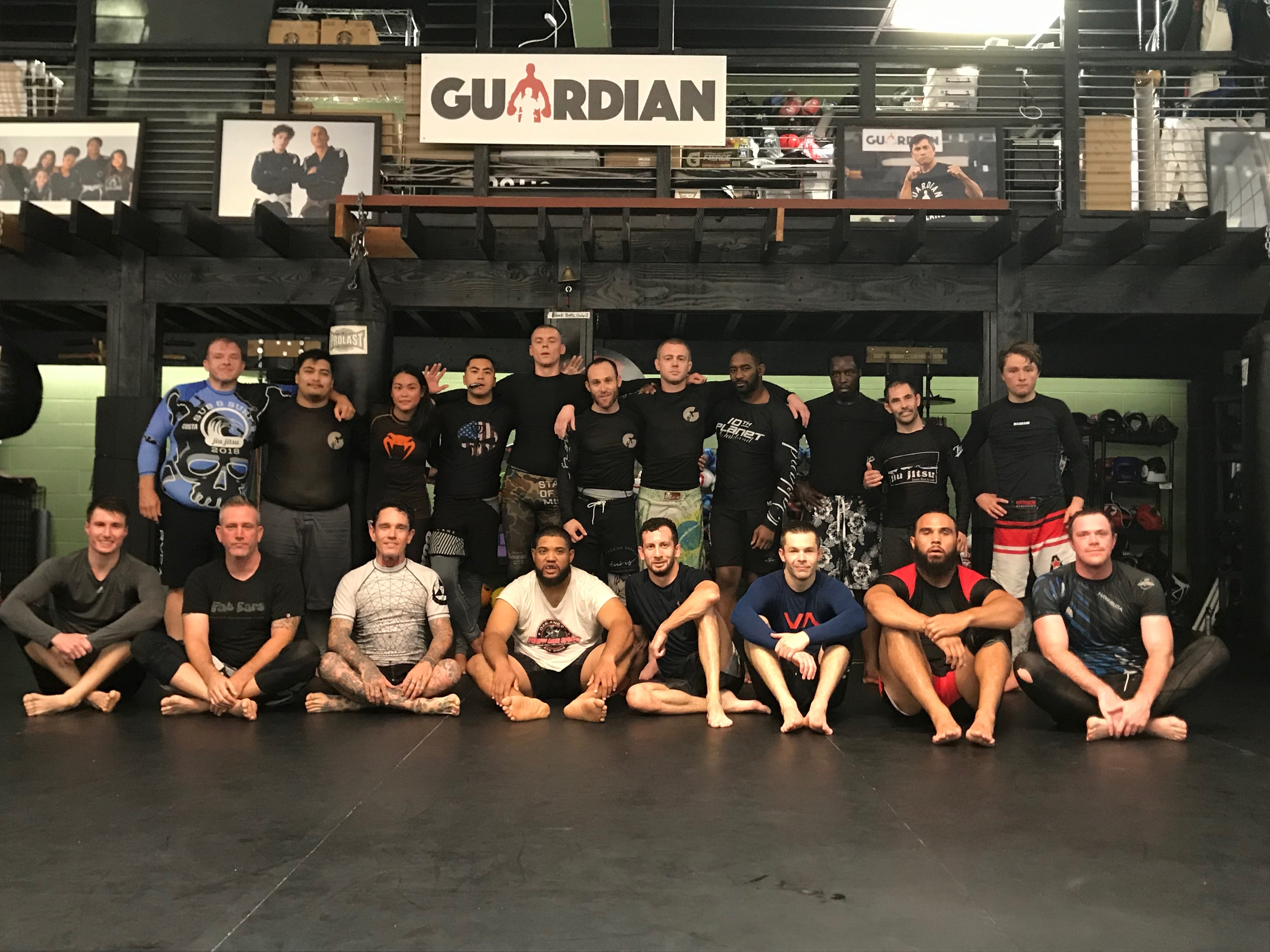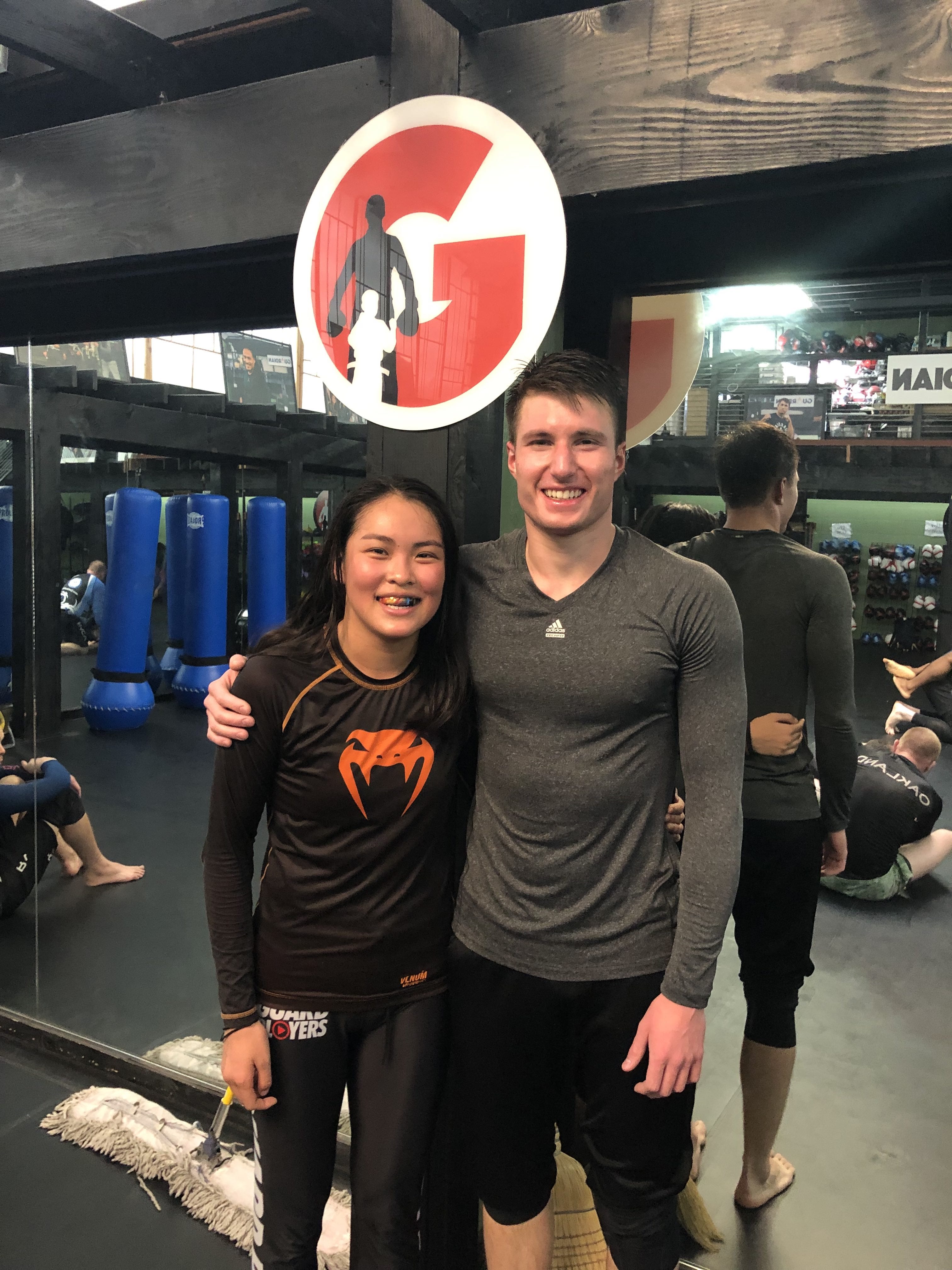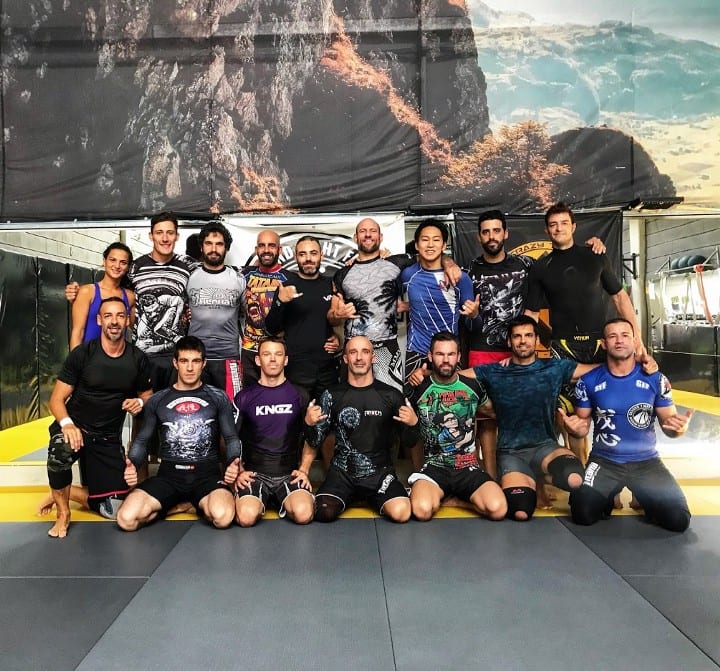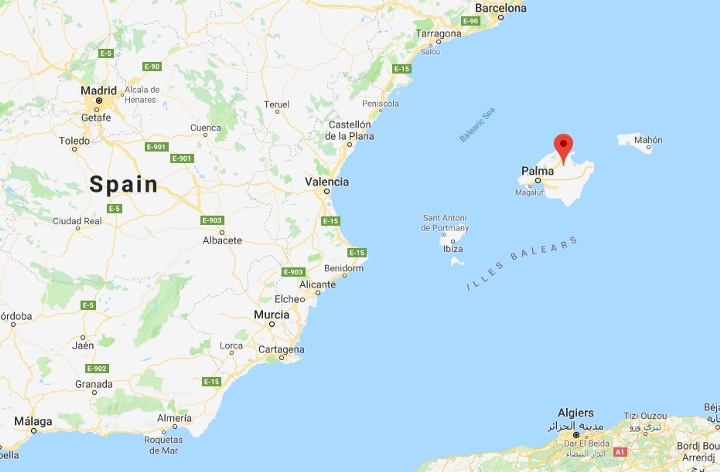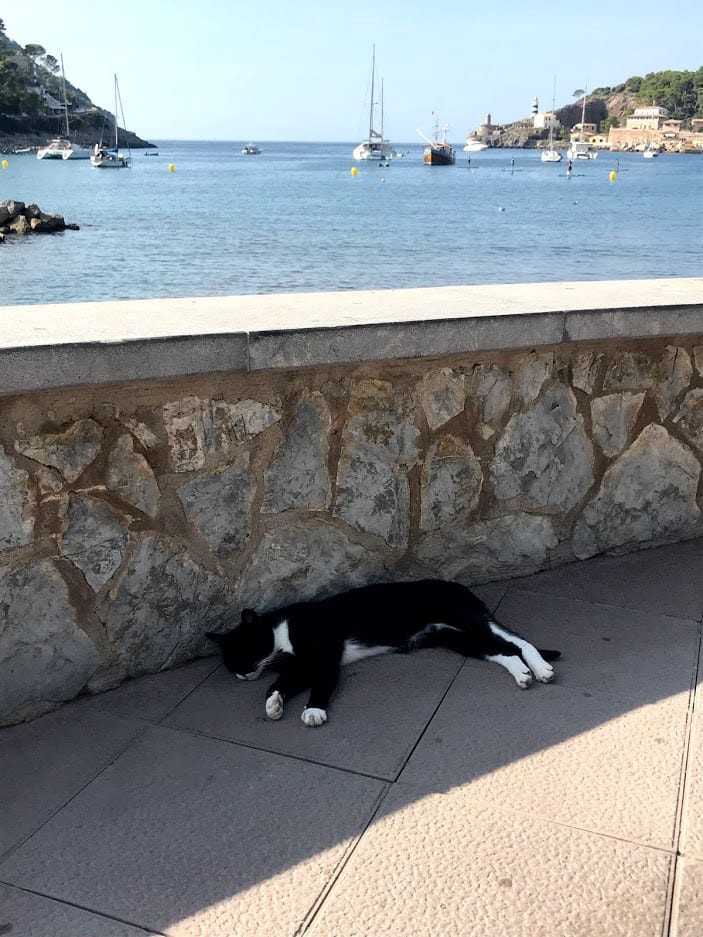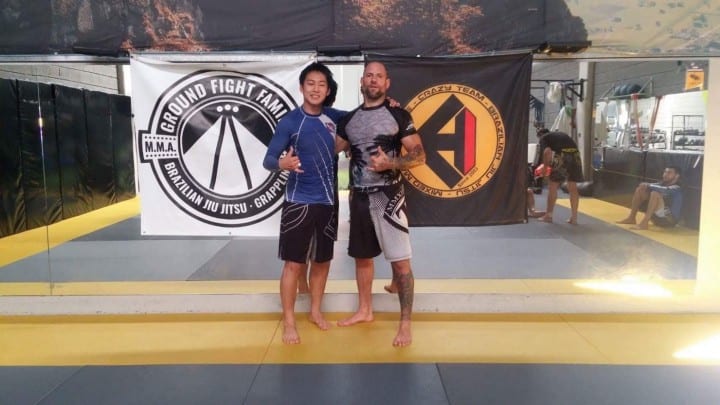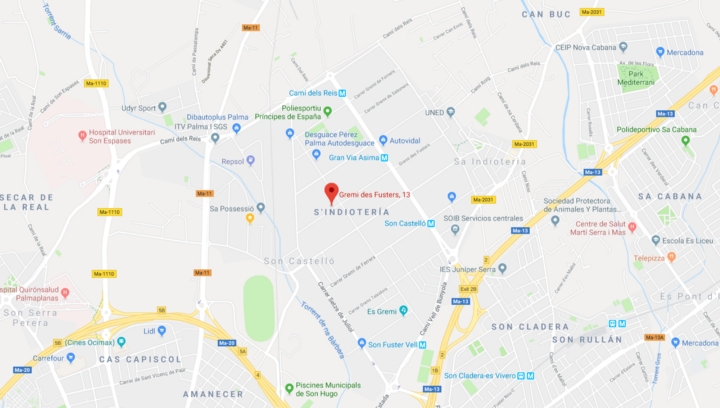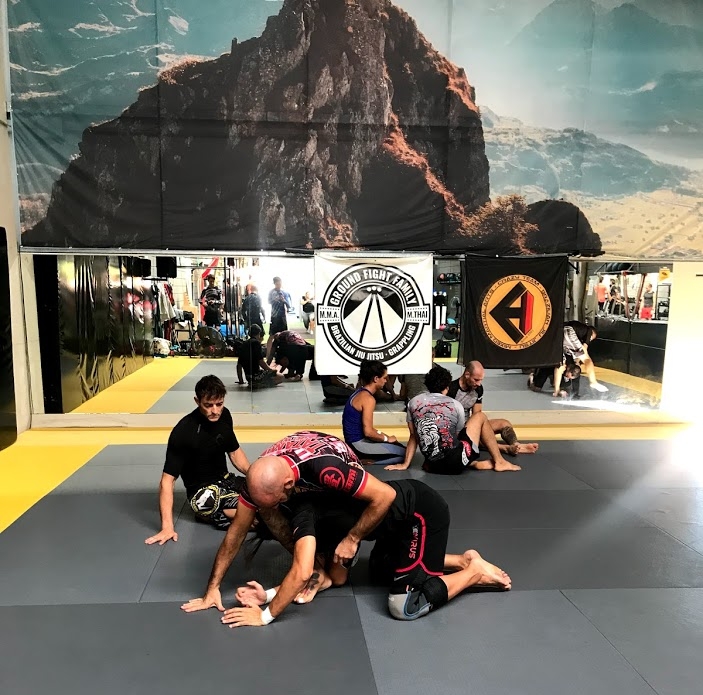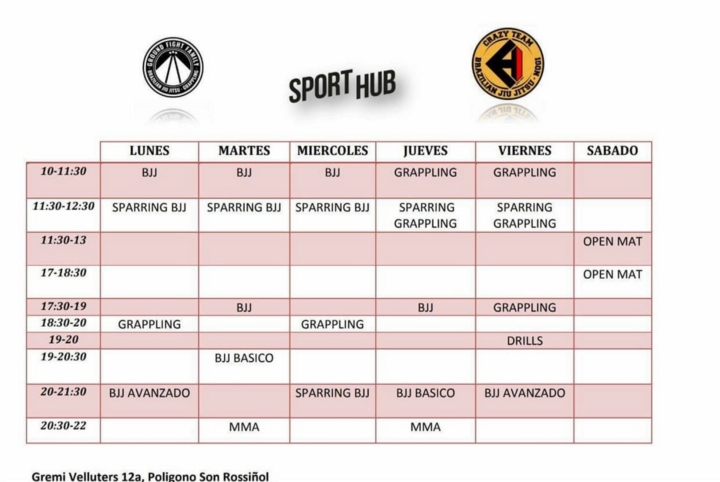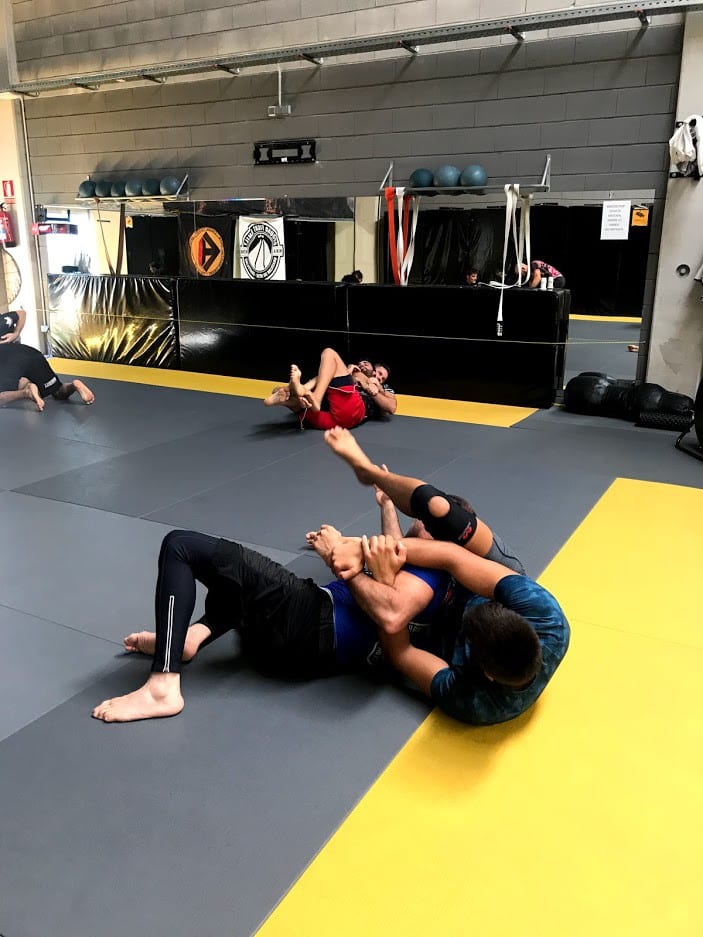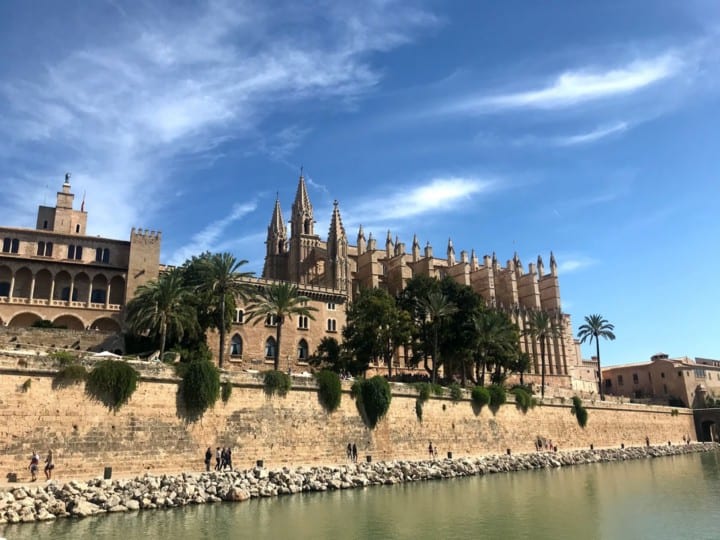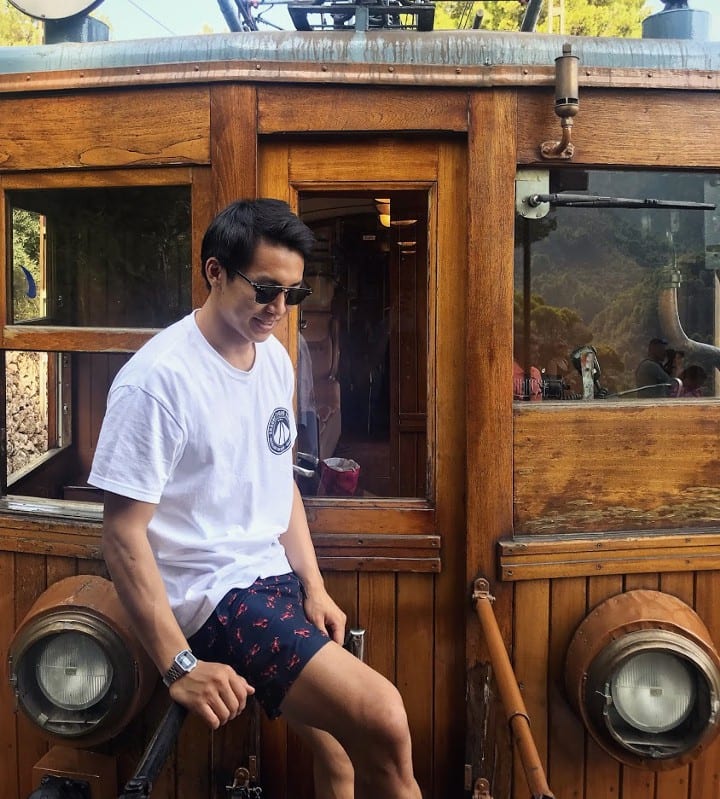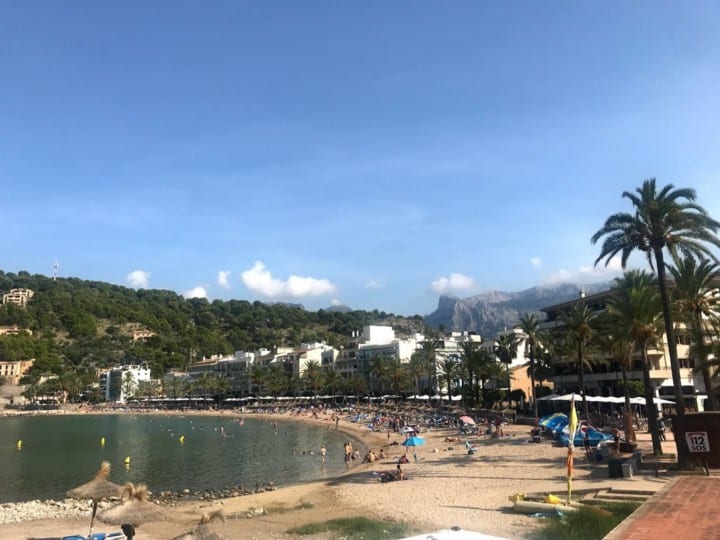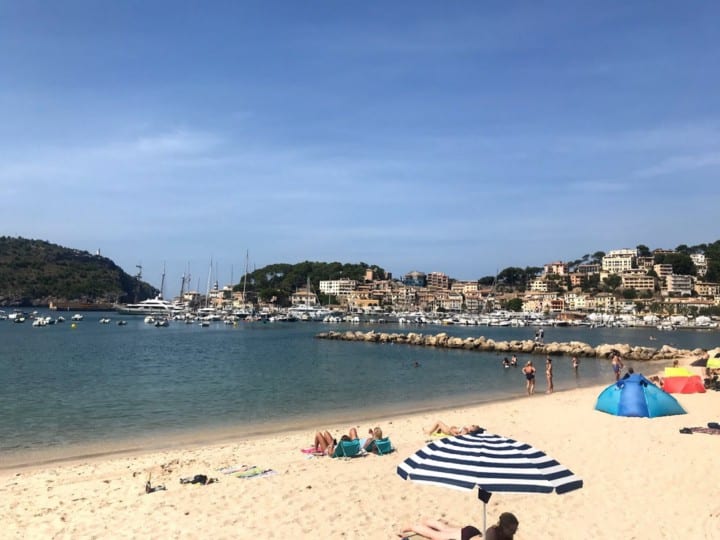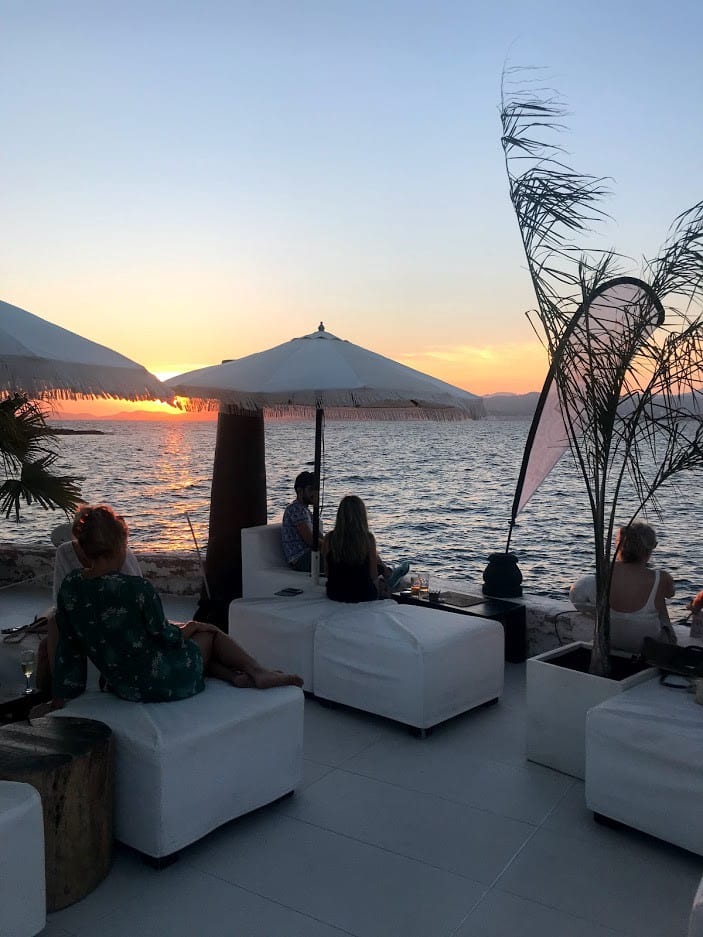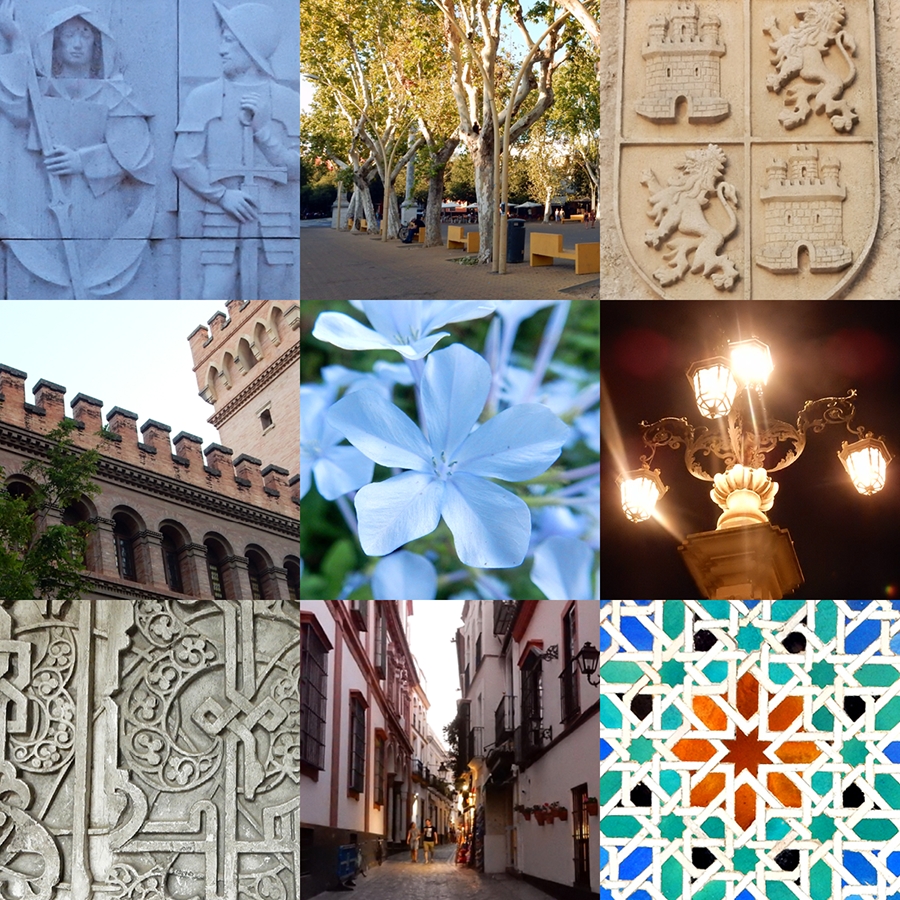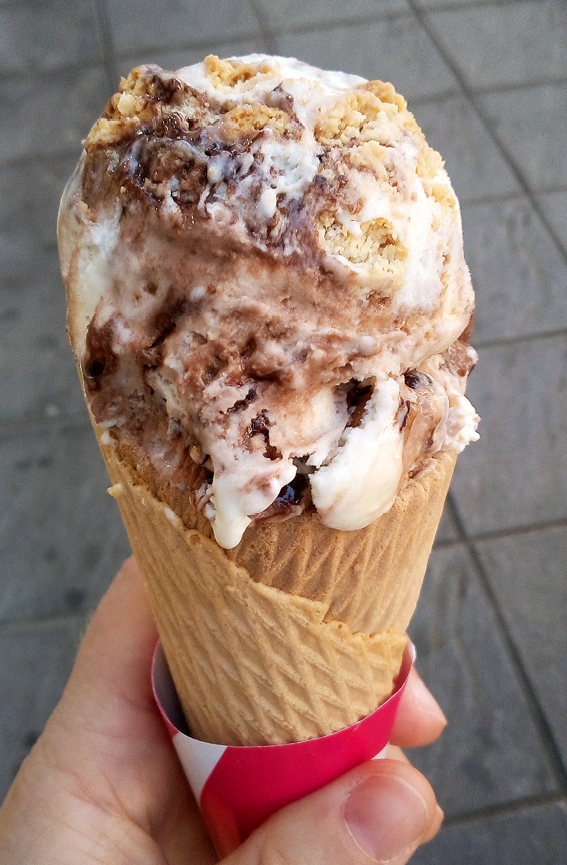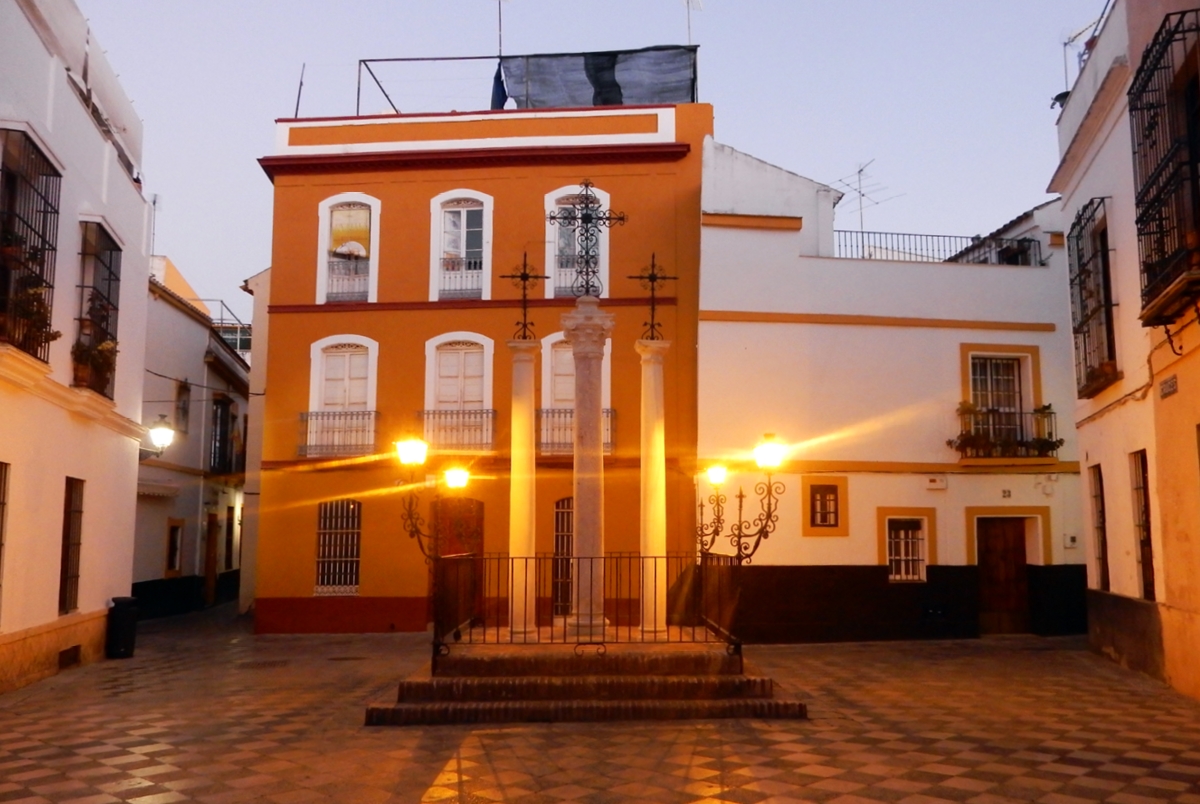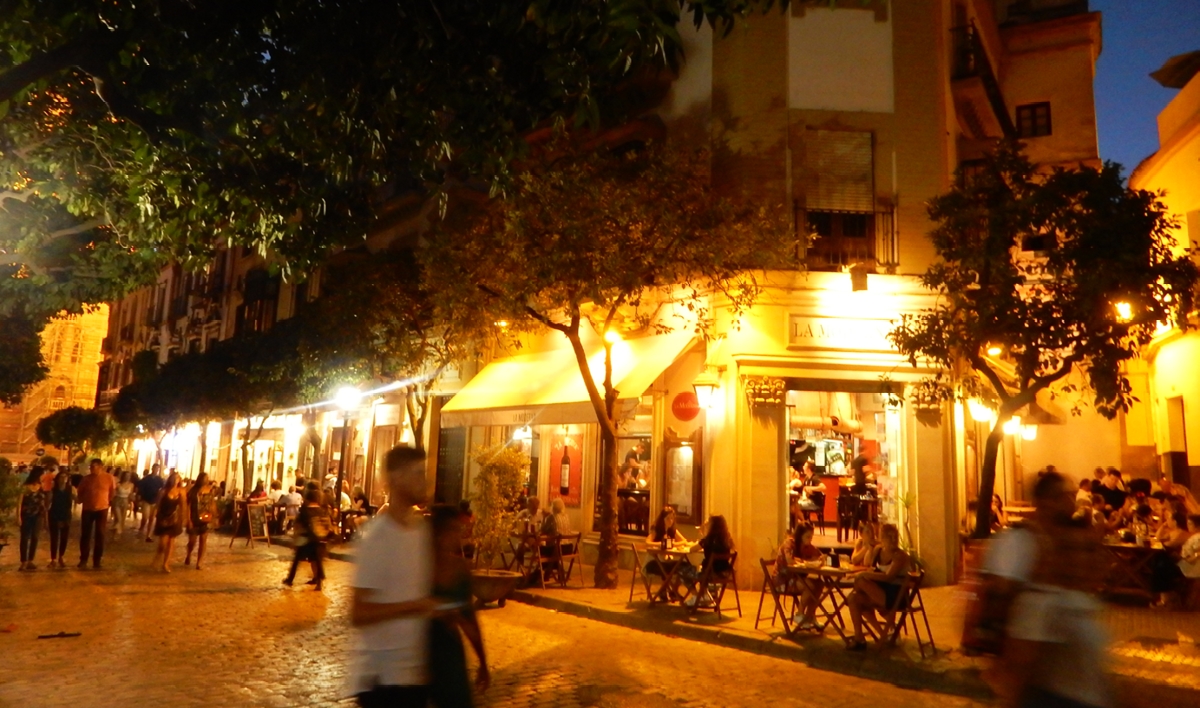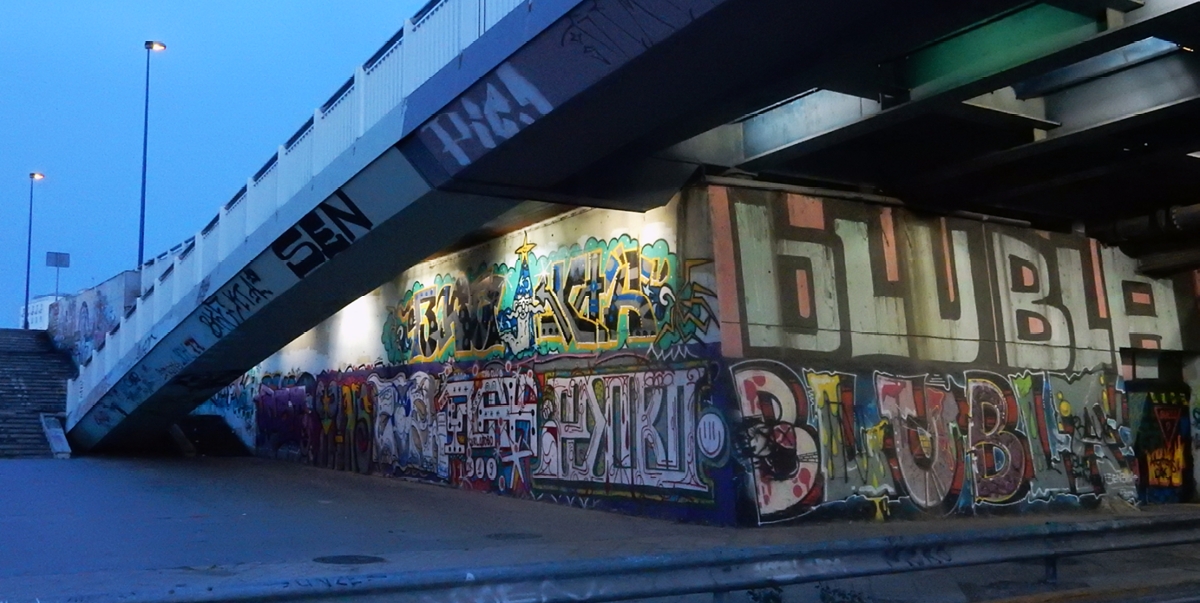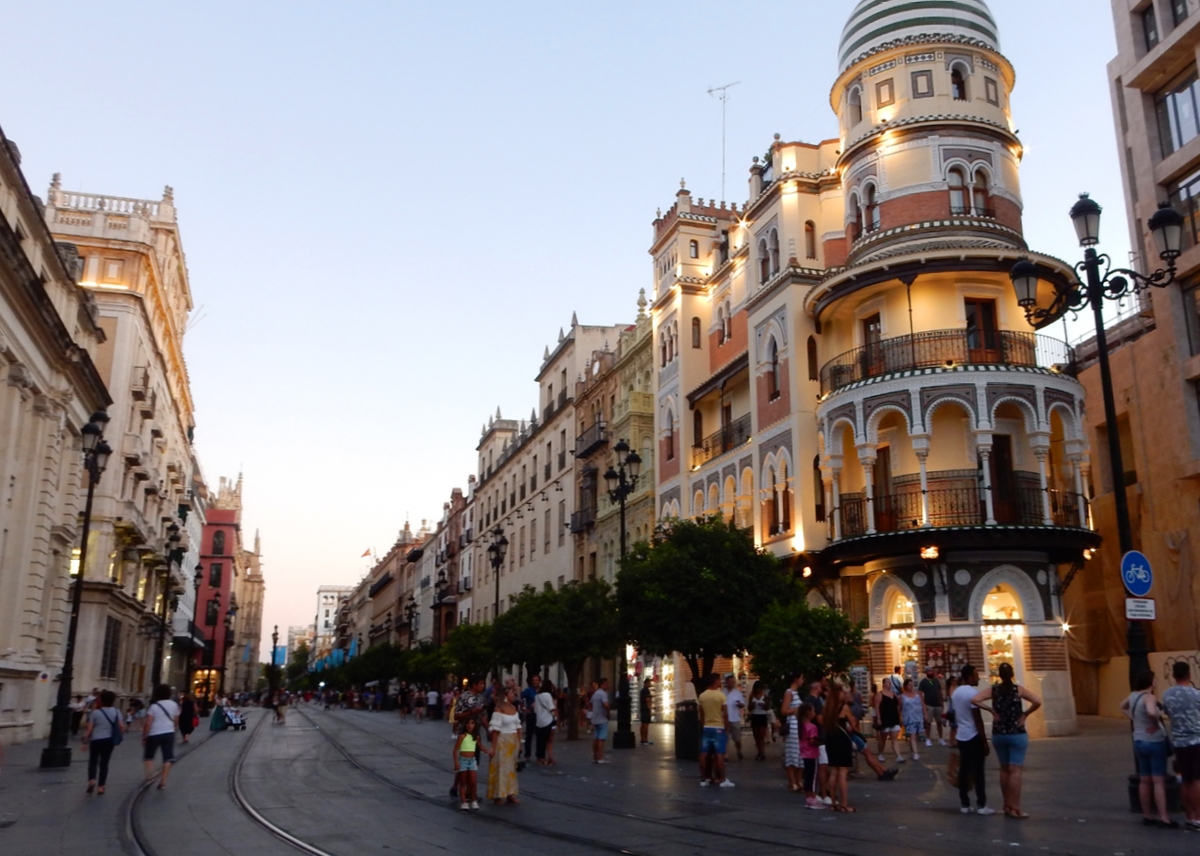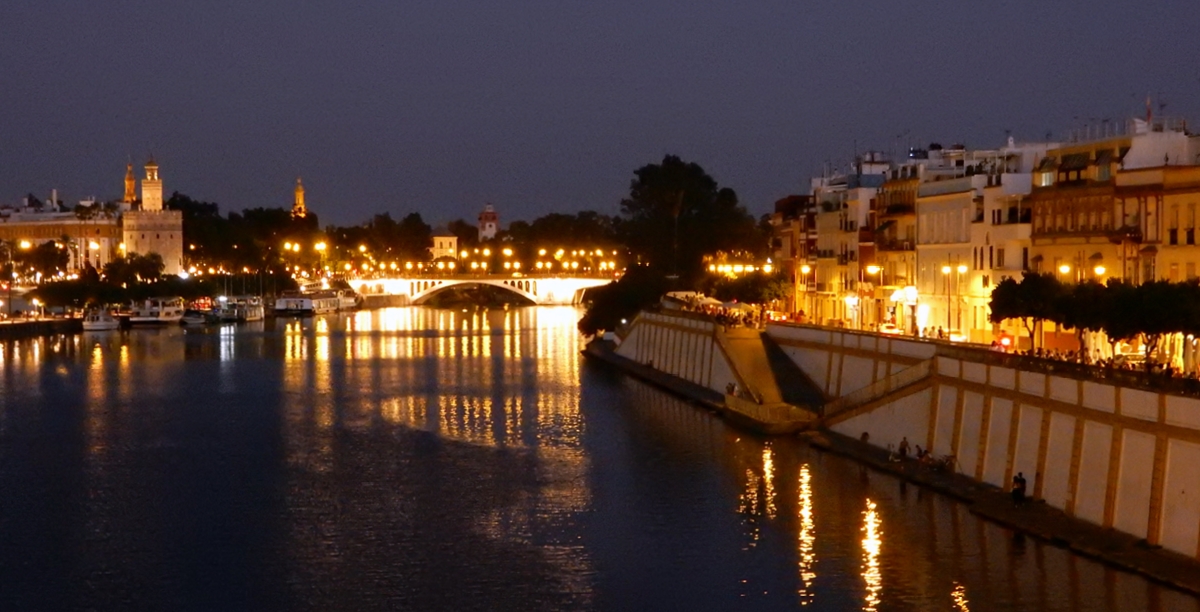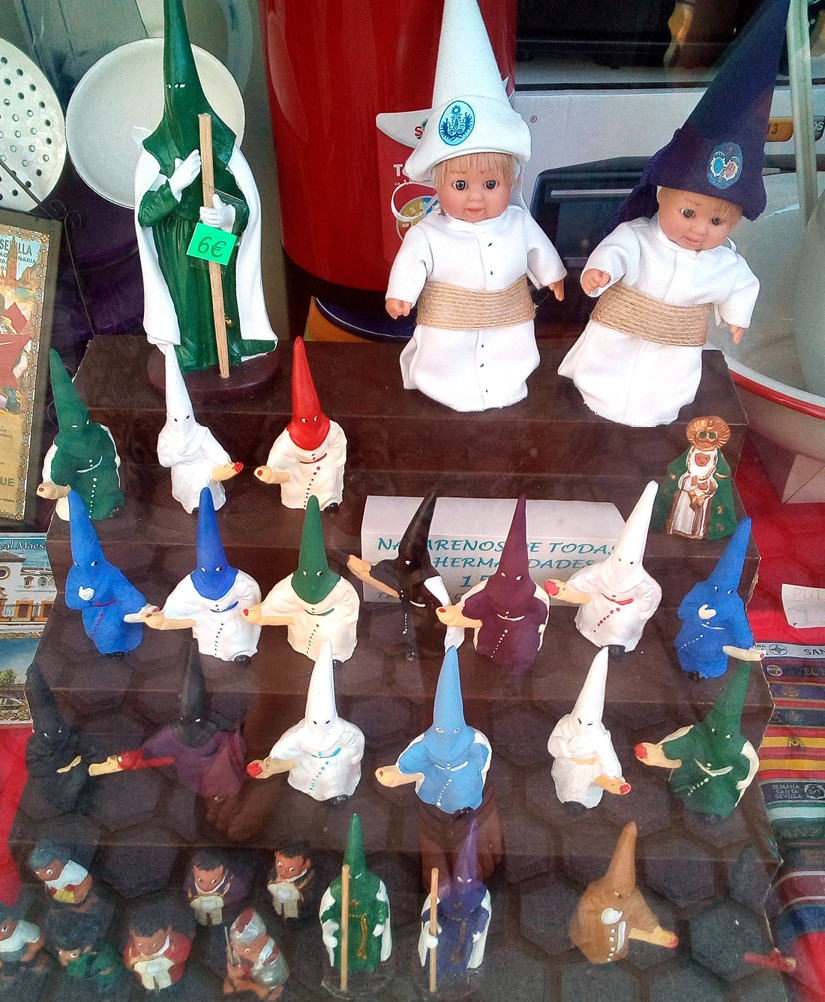Featured Traveller: Valérie Jean – BJJ Globetrotters
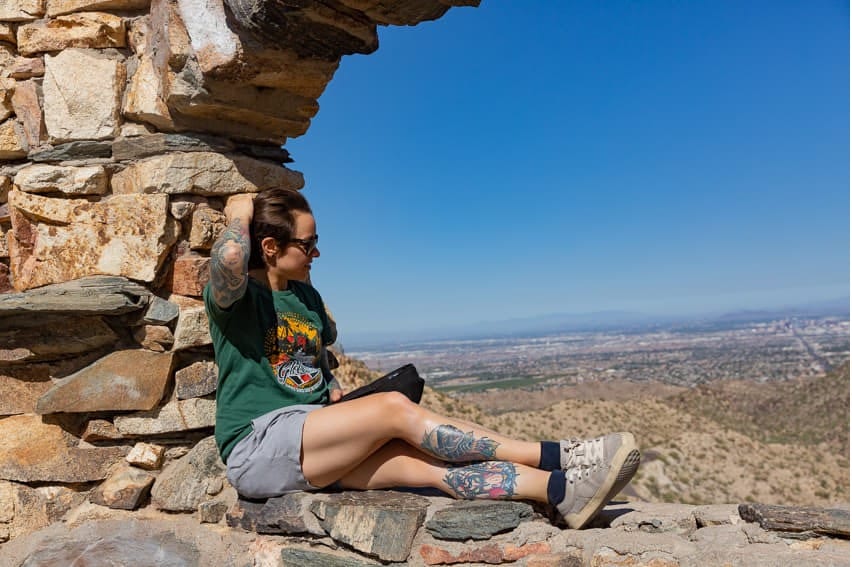
Valérie Jean – BJJ Globetrotters
Age: 33
Belt: Purple belt 4 stripes, turning pink
Profession: Immigration officer
How many years in BJJ: 6 or 7 years give or take with injuries and forced breaks
Other martial arts: Started with being bullied, so I was mostly on the receiving end as a kid. Did Muay Thai for a few years in my 20s, then discovered BJJ and never looked back.
Where do you live: Montreal, Quebec, Canada
Where are you originally from: A small farm town about 20 hours east of Montreal. I’m a native Quebecker (French Canadian).
Other fun or curious information you would like to share: Due to the COVID-19 outbreak, I am now technically a citizen of Kazakhstan.
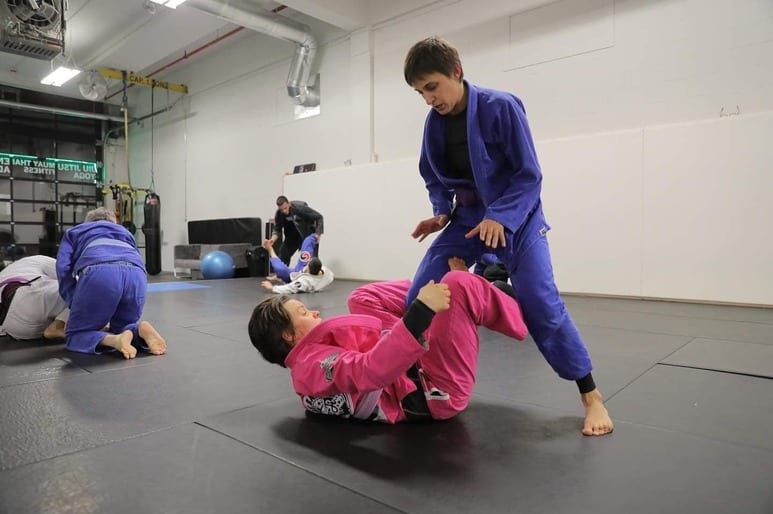
Valérie Jean BJJ
Tell us what inspired you to travel and train?
The people, the culture, the language, and the universal aspect of BJJ. I’ve always enjoyed traveling, and it was normal for me to look up gyms when away. I’ve lost count of the number of academies visited in total, but it’s probably around 60 or 70 in the past 5 years.
Tell us about your most recent trip and your upcoming trips – where have you been and where are you going?
I started the year with a big Southeast Asia trip. I left Hanoi (Vietnam) by bicycle and went all the way down to Ho Chi Minh City (Saigon). It was the beginning of the COVID-19 outbreak and it was also the long Têt Holiday in Vietnam. Many academies were closed because of the celebrations, but 3 of them actually organized big open mats after being contacted and informed of my presence in town.
I then abandoned the bike and traveled through Cambodia. I was able to train there as well. My cardio was off the chart after the Vietnam cycling trip. I finished my trip in Thailand, where I trained at Bangkok Fight lab. My flights kept being cancelled or randomly postponed – I was fortunate enough to find places to live and to feel supported by the people there at the gym. Every day was uncertain. I finally managed to fly through Beijing (China).
I came back to work for about 2 weeks. Working at an international border was quite fascinating at that pivotal moment. On my first day back, I went to my US border mail box to pick up some packages, and I was taken away and put in quarantine by USCBP officers. I started to realize how time had stopped for me in Asia and how things were being taken seriously back home.
In March, I flew to Almaty, Kazakhstan, to train with some women in a private BJJ gym. All my flights were cancelled or moved on my way here – it was a disaster and I remember being in Switzerland thinking “what am I doing here, I think I’m gonna crack”. I have to say, it was worth it, and I don’t regret having a mini meltdown as it forced me to dig deep.
Their women’s program had been stopped many months ago for various reasons, such as religious discomfort during mixed classes and overall bad experiences on the mats. So far, it’s been an incredible privilege training here and meeting all those people. I witnessed the smile on all those women’s faces that first day back in a safe space to train – regardless or religion, clothing, or taboo.
This week, I learned that all my flights or routes to return back home next month have been closed by the government. I am officially stuck here. I have contacted my job and they’re trying to figure things out. I’ve contacted my Embassy and not gotten any help yet. I have no return ticket or date. There’s no point in worrying, is there?
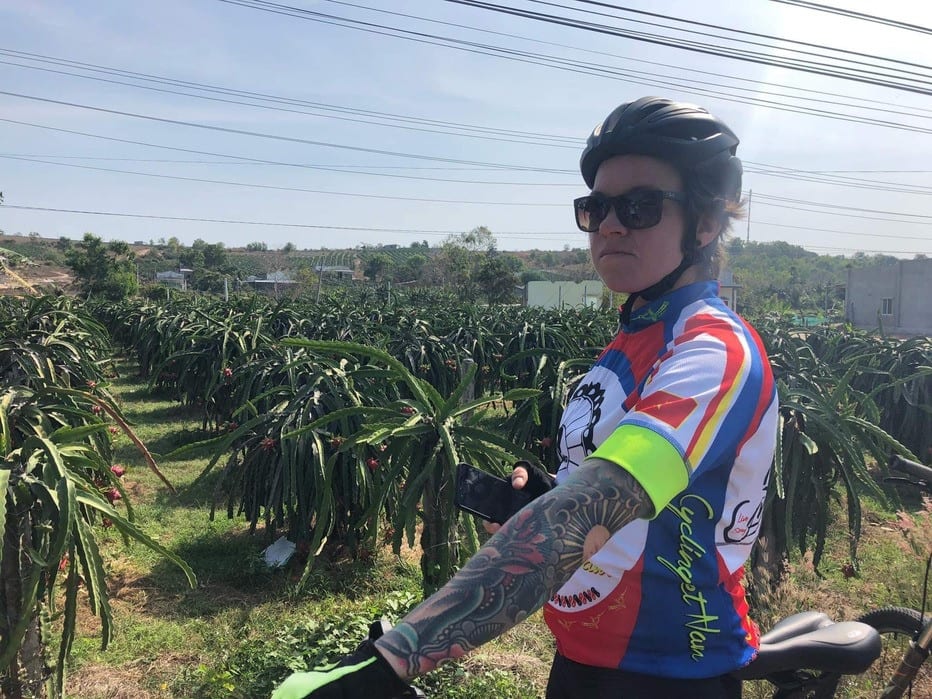
What are the things you enjoy about traveling?
The food, the warm weather, the people, and the connections. My number one thing is quite personal: how I become so resilient when put in tough spots or uncomfortable situations.
Can you give us some examples of experiences you had that makes it worth traveling and training?
I’ve trained in some places where women were coming to me and telling me they had been victims of sexual assault, and that it was hard for them to train with certain partners. Sharing my perspective and telling those women that it’s perfectly okay to refuse rolls and establish healthy boundaries in the gym is part of the BJJ experience. Growing as a person and gaining confidence is part of BJJ. I think we sometimes take for granted that BJJ is a hobby or a sport, but for some people in certain parts of the world, it’s a way to survive and to feel empowered.
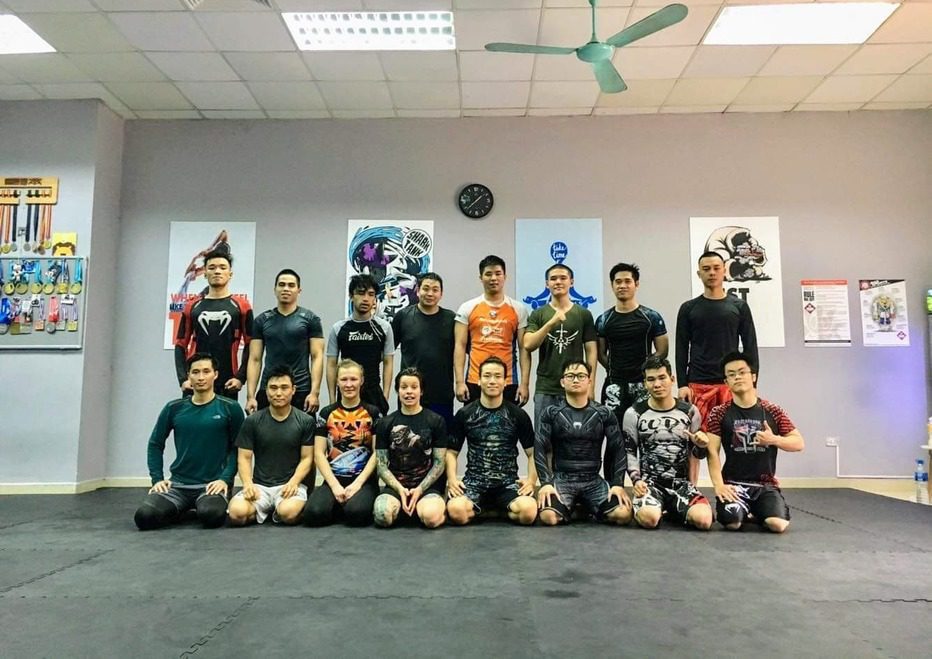
Valérie Jean BJJ
What has so far been the most surprising experience for you when traveling?
How open and welcoming people are. How trusting and generous they are the moment you contact them. It still blows my mind to this day.
Are you a budget traveller – and if so how do you plan for a cheap trip?
A budget traveller with certain standards. I like my hot water, AC, and somehow reliable wifi. I like to plan in advance to limit costs. Right now I’m learning that overplanning means nothing when there’s a global pandemic.
If you were to pass on travel advice to your fellow Globetrotters, what would it be?
Just go. Message academies. Ask them for tips and places to stay. Don’t make it ONLY about training. And wash your hands.
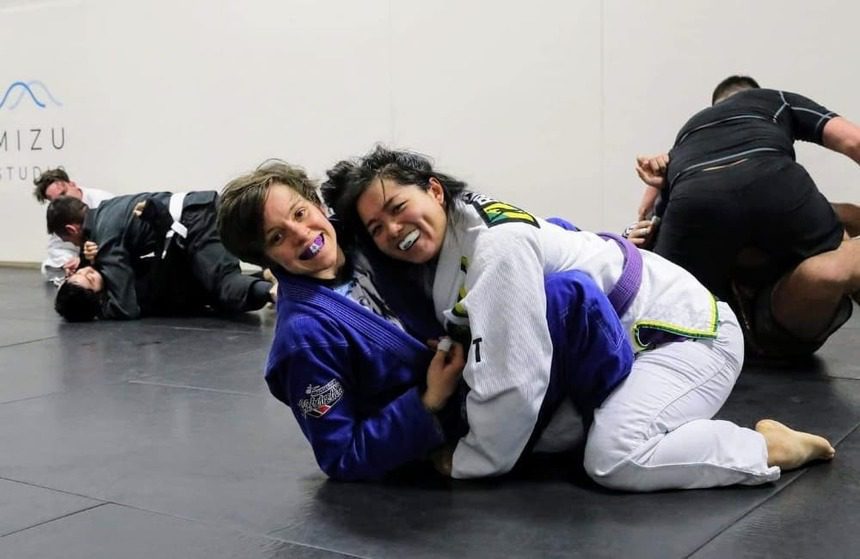
Thank you to Valérie Jean BJJ for doing this interview!

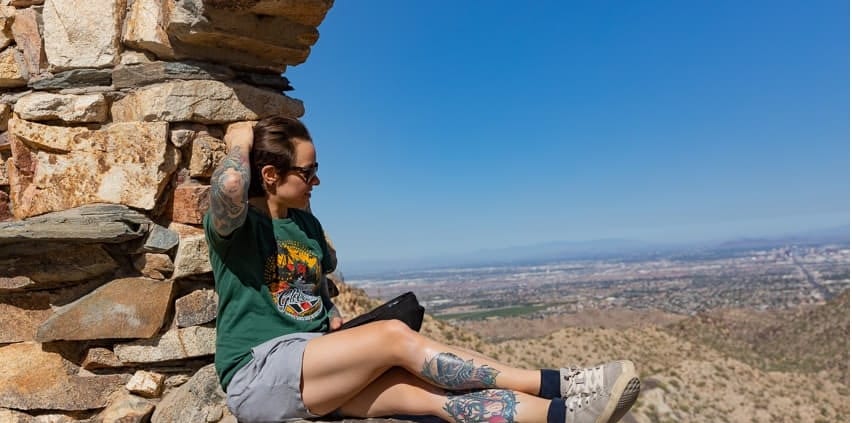

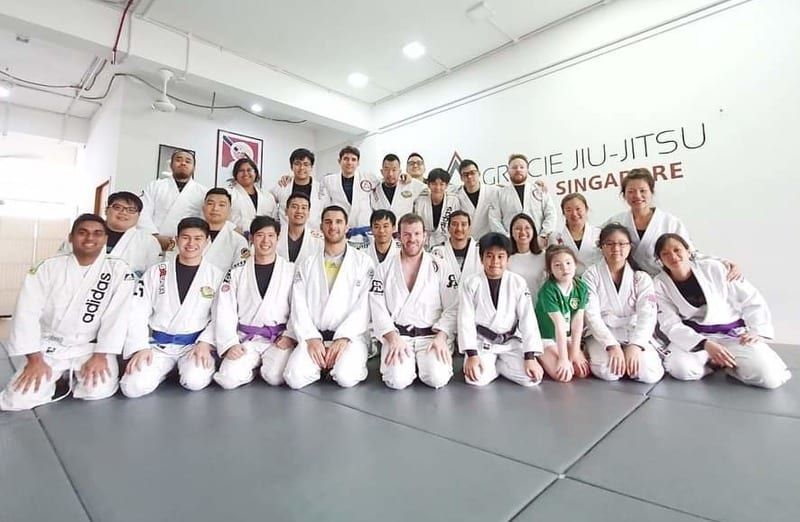
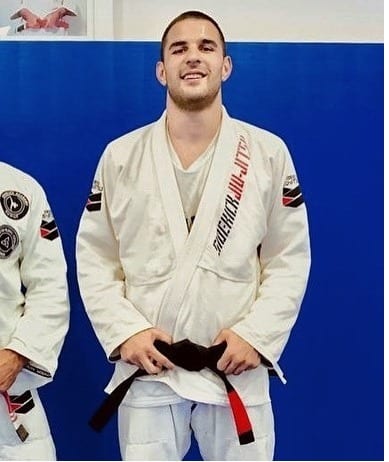
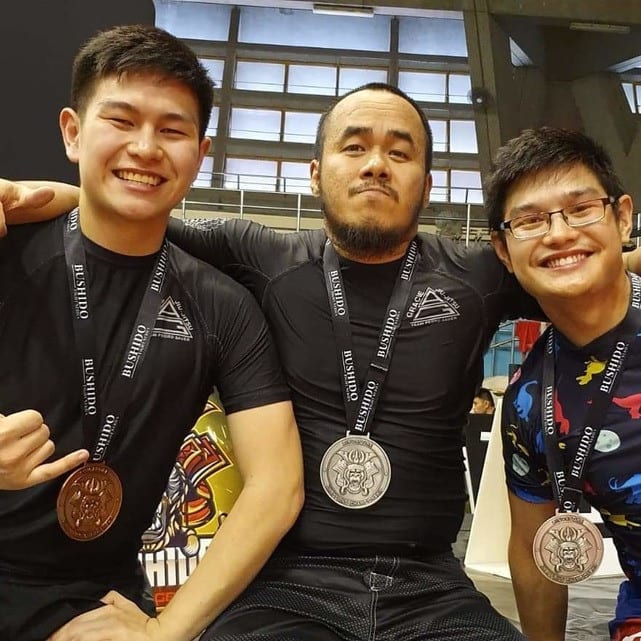
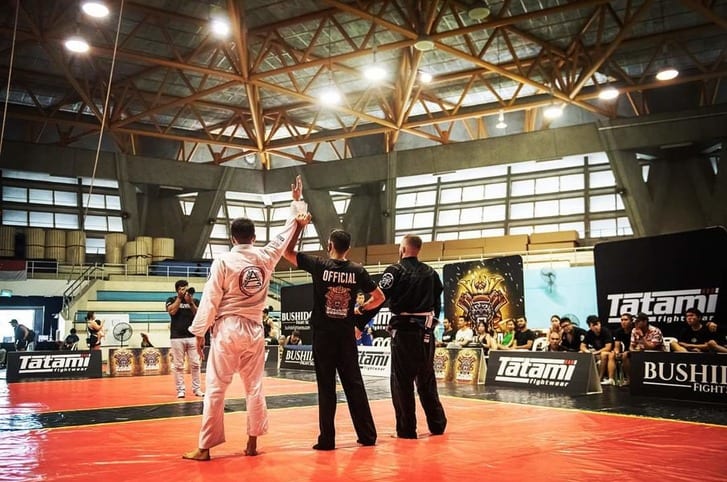
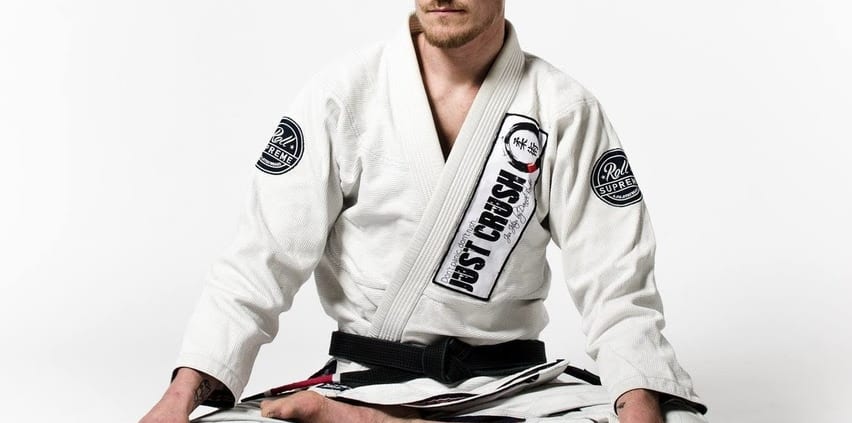
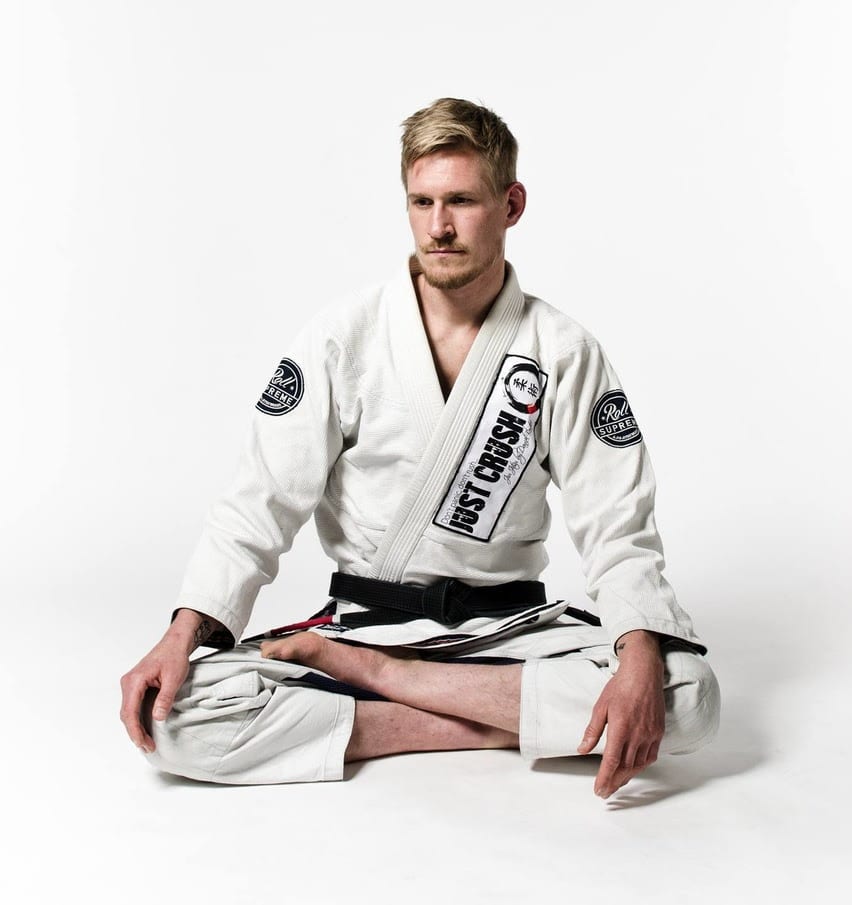 Daniël Bertina BJJ – Photo by Kevin Kwee
Daniël Bertina BJJ – Photo by Kevin Kwee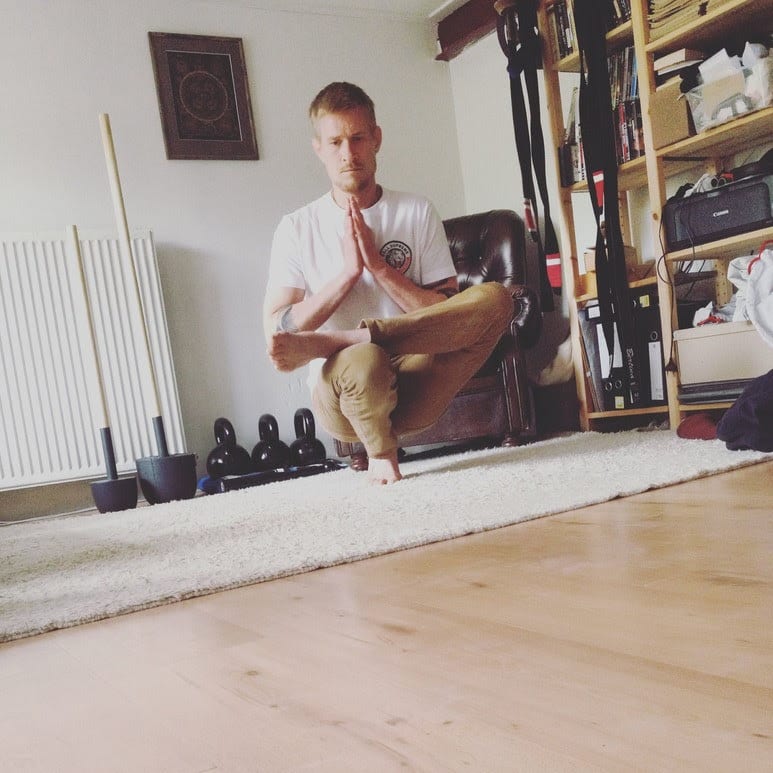
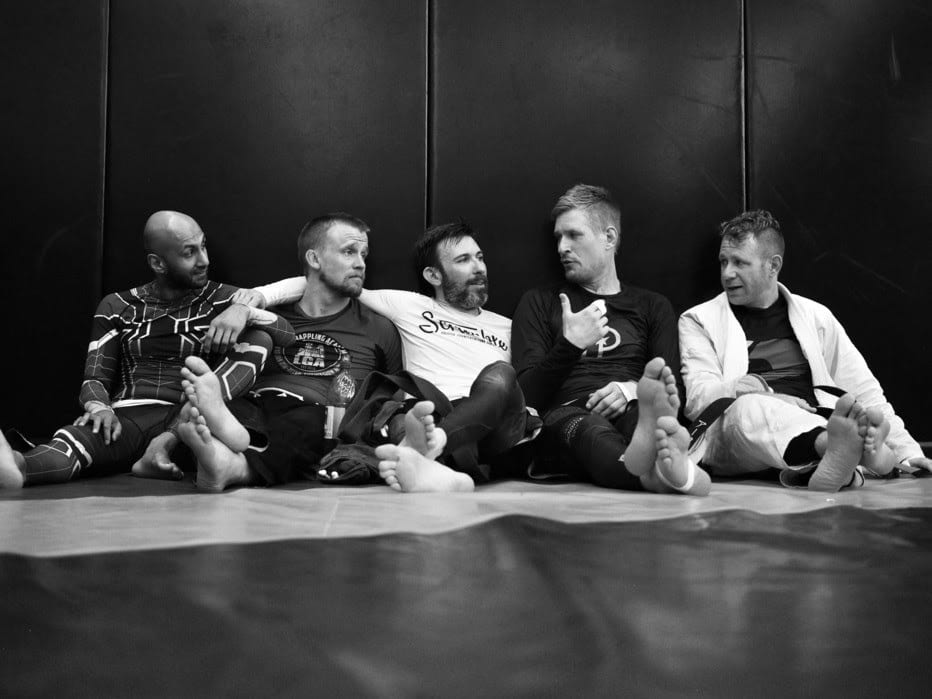 Photo by
Photo by 